Thang Long Tu Tran are four typical relics, guarding the four directions East, West, South, North of the ancient Thang Long citadel, including the temples: Bach Ma, Voi Phuc, Kim Lien and Quan Thanh. According to Vietnamese beliefs, these temples have the function of protecting the Thang Long citadel.
Thang Long Tu Tran was formed very early, associated with the birth of the capital Thang Long during the Ly dynasty. This is the place to worship the four gods guarding the four directions of the bloodline on the land of Thang Long, protecting the ancient Thang Long citadel and the present-day capital Hanoi to always be peaceful day and night.
The four temples of Hanoi today include 4 temples:
• Quan Thanh Temple guards the North, worshiping the god Huyen Thien Tran Vu
• Kim Lien Temple guards the South, worshiping the god Cao Son Dai Vuong
• Voi Phuc Temple guards the West, worshiping the god Linh Lang Dai Vuong
• Bach Ma Temple guards the East, worshiping the god Long Do
Let's learn about these four temples with
Hanoi Green Tour.
Quan Thanh Temple in the North worships the God Huyen Thien Tran
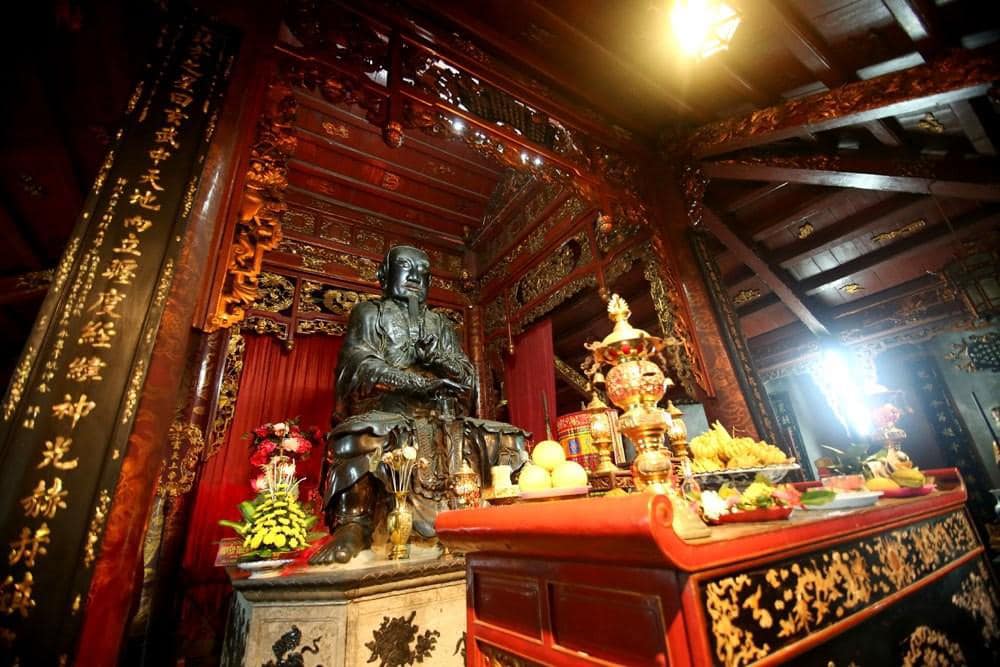 Vu Quan Thanh Temple
Vu Quan Thanh Temple, whose Chinese name is Tran Vu Quan, is one of the four temples in Thang Long Tu Tran - a unique cultural and spiritual symbol of Thang Long citadel. Built under the reign of King Ly Thai To (1010 - 1028),
Quan Thanh Temple worships Huyen Thien Tran Vu - a god who is believed to have made many contributions to the people, so he is worshiped as the Thanh Hoang of the North of Thang Long citadel. According to legend, Huyen Thien Tran Vu came from China, after practicing, he came to Vietnam and helped the people in the area to destroy demons and monsters, and at the same time helped the Vietnamese people fight against foreign invaders from the north.
The special feature of
Quan Thanh Temple, in addition to its architecture and legends, is the statue of Huyen Thien Tran Vu made of black bronze, 3.96m high, weighing 4 tons, sitting on a marble block 1.2m high. The statue was cast in the 17th century to replace the previous wooden statue.
Kim Lien Temple guards the South and worships Cao Son Dai Vuong
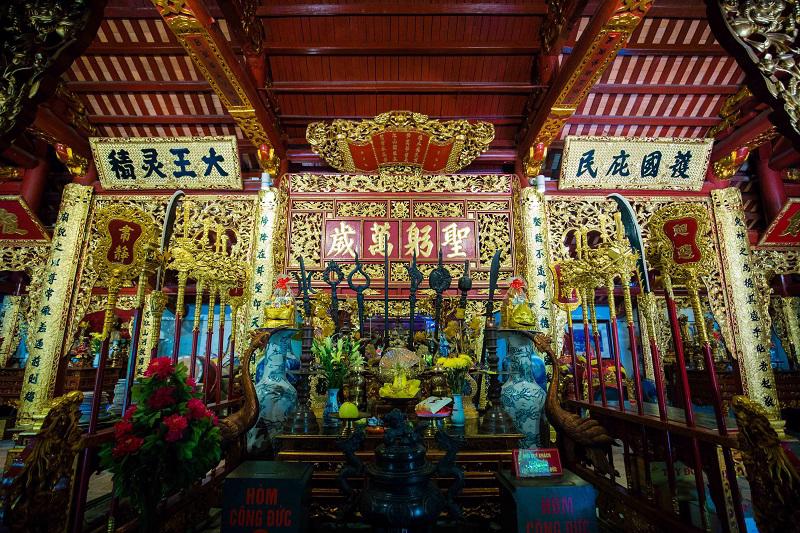 Kim Lien Temple
Kim Lien Temple (also known as Kim Lien Communal House) is the southernmost of the four Thang Long towns. The temple was built to worship Cao Son Dai Vuong - a guardian god who protects the people against natural disasters, powerful enemies, and maintains the peace of life. According to folk beliefs, Cao Son is a son of Lac Long Quan and Au Co (the ancestors of today's Vietnamese people according to legend). After following his mother to the mountain, he contributed to protecting and warding off evil spirits for the people in the South of Thang Long citadel. After that, he asked his father to return to the wilderness to settle down (now Phuong Lien ward, Dong Da district, Hanoi). With the desire to remember his merits, after his death, the people built a temple to worship Cao Son.
Voi Phuc Temple guards the West and worships Linh Lang Dai Vuong
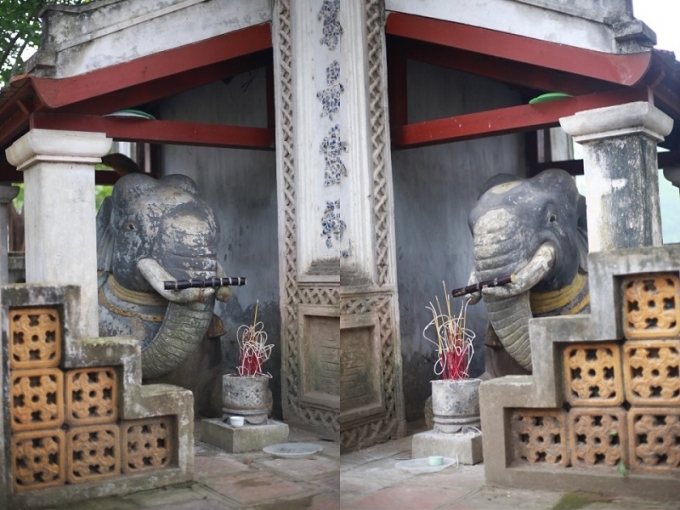
Voi Phuc Temple was built during the reign of King Ly Thanh Tong (11th century), on the land of Thi Trai Palace, where Prince Hoang Chan was born and raised. The temple worships Linh Lang Dai Vuong, who helped King Ly Thanh Tong fight foreign invaders and repel the Song invaders from the north. According to the genealogy, Linh Lang Dai Vuong was the second son of King Ly Thanh Tong named Hoang Chan, after helping the King defeat the invaders, after a period of practicing immortality, he became a god, and was conferred the title "Thuong Dang Phuc Than" by the King. From then on, Linh Lang Dai Vuong has repeatedly assisted the people of Dai Viet in defeating the invasion of the Yuan invaders.
Bach Ma Temple guards the East and worships Long Do god
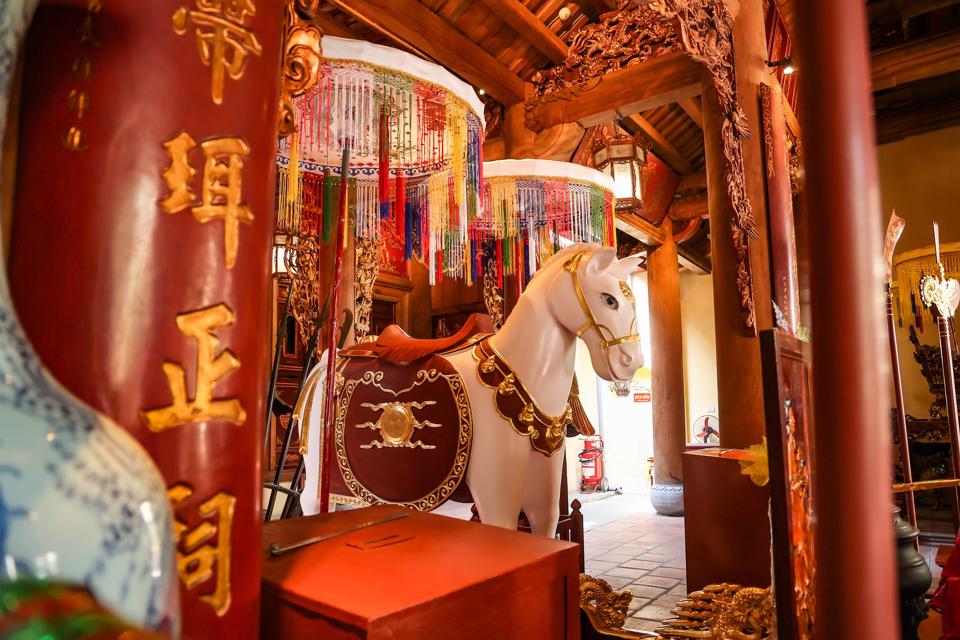 Bach Ma Temple
Bach Ma Temple worships Long Do god, associated with the legend of King Ly Thai To building Thang Long citadel. Through many dynasties, the capital was established in Thang Long. Up to now,
Bach Ma Temple is the place that most fully witnesses the formation and development of ancient Thang Long and the present-day capital of Hanoi.
The story goes that when King Ly Thai To moved the capital to Dai La and renamed it Thang Long (present-day Hanoi), he ordered the construction of the capital, but the citadel collapsed as soon as it was built. The King immediately prayed and suddenly saw a white horse coming out of the temple, leaving footprints wherever it went, then returning to the temple and disappearing. The King followed the horse's footprints and built a rampart, but it did not collapse again, so he worshiped it as Thanh Hoang Thang Long. To thank the gods for their help, the King then honored Long Do as "Quoc do Dinh bang Thanh Hoang Dai Vuong" and named the temple to worship the god "Bach Ma linh tu" (white horse sacred temple).
 Vu Quan Thanh Temple, whose Chinese name is Tran Vu Quan, is one of the four temples in Thang Long Tu Tran - a unique cultural and spiritual symbol of Thang Long citadel. Built under the reign of King Ly Thai To (1010 - 1028), Quan Thanh Temple worships Huyen Thien Tran Vu - a god who is believed to have made many contributions to the people, so he is worshiped as the Thanh Hoang of the North of Thang Long citadel. According to legend, Huyen Thien Tran Vu came from China, after practicing, he came to Vietnam and helped the people in the area to destroy demons and monsters, and at the same time helped the Vietnamese people fight against foreign invaders from the north.
Vu Quan Thanh Temple, whose Chinese name is Tran Vu Quan, is one of the four temples in Thang Long Tu Tran - a unique cultural and spiritual symbol of Thang Long citadel. Built under the reign of King Ly Thai To (1010 - 1028), Quan Thanh Temple worships Huyen Thien Tran Vu - a god who is believed to have made many contributions to the people, so he is worshiped as the Thanh Hoang of the North of Thang Long citadel. According to legend, Huyen Thien Tran Vu came from China, after practicing, he came to Vietnam and helped the people in the area to destroy demons and monsters, and at the same time helped the Vietnamese people fight against foreign invaders from the north.

 Bach Ma Temple worships Long Do god, associated with the legend of King Ly Thai To building Thang Long citadel. Through many dynasties, the capital was established in Thang Long. Up to now, Bach Ma Temple is the place that most fully witnesses the formation and development of ancient Thang Long and the present-day capital of Hanoi.
Bach Ma Temple worships Long Do god, associated with the legend of King Ly Thai To building Thang Long citadel. Through many dynasties, the capital was established in Thang Long. Up to now, Bach Ma Temple is the place that most fully witnesses the formation and development of ancient Thang Long and the present-day capital of Hanoi.
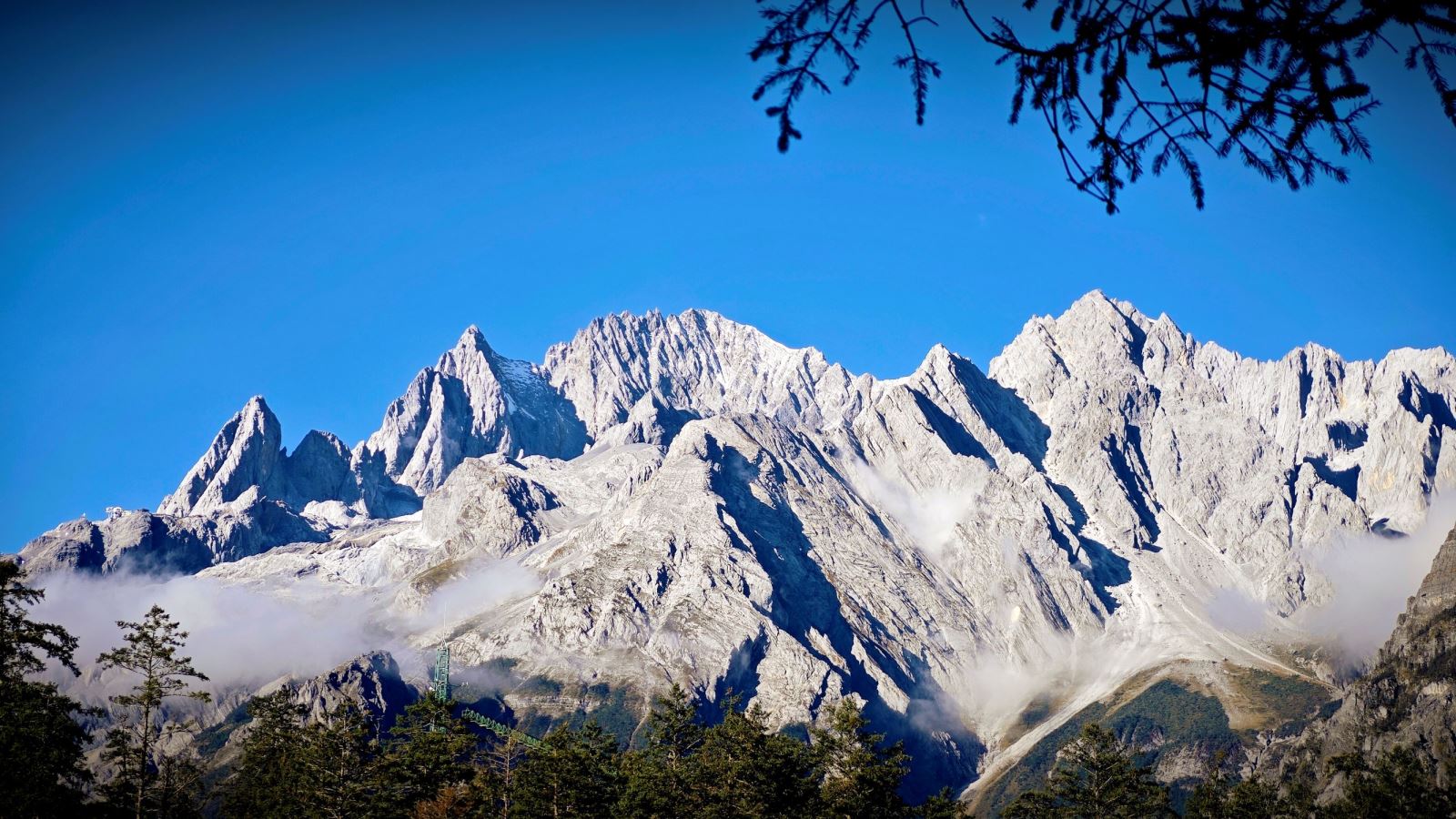


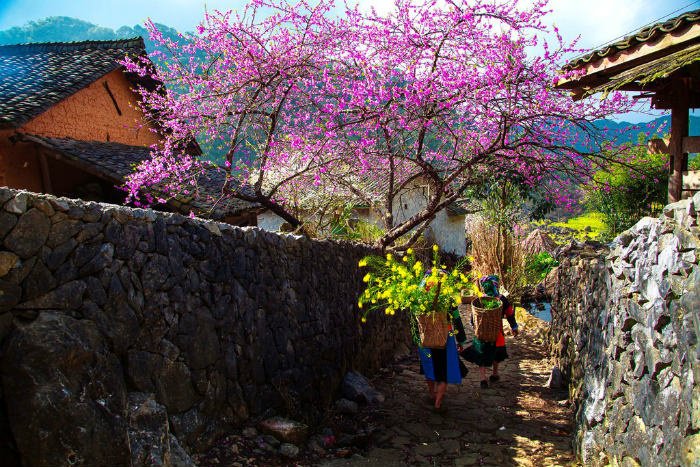
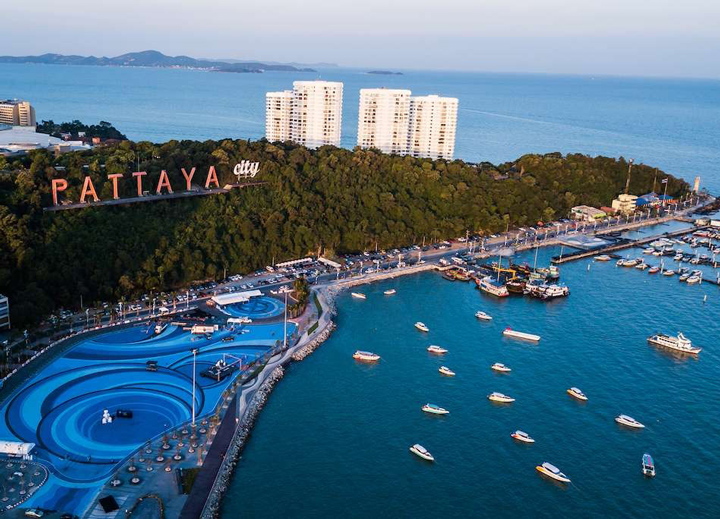
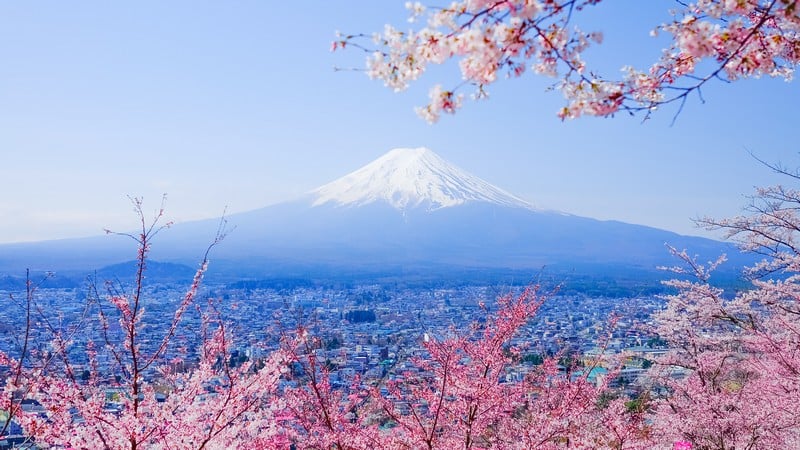
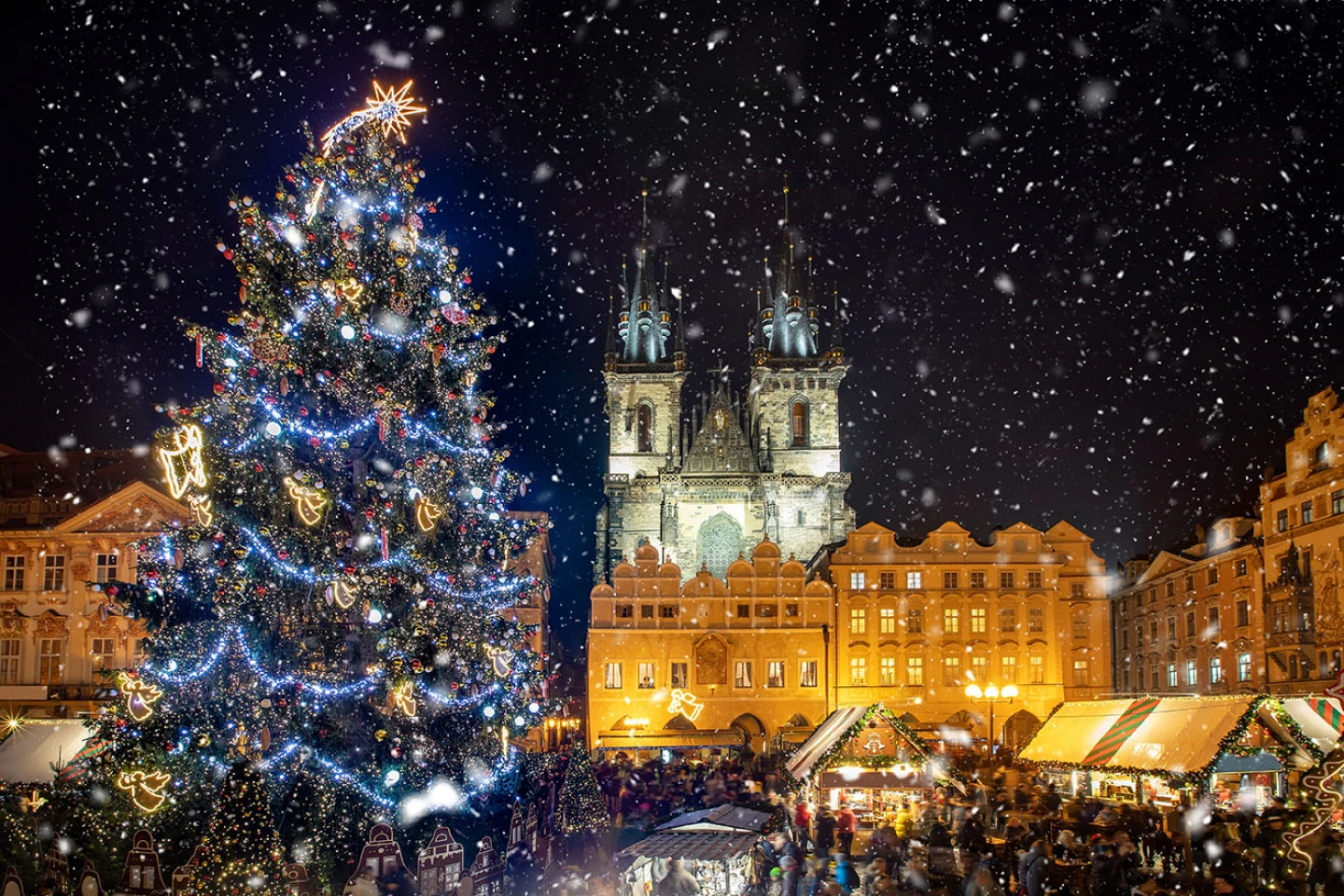
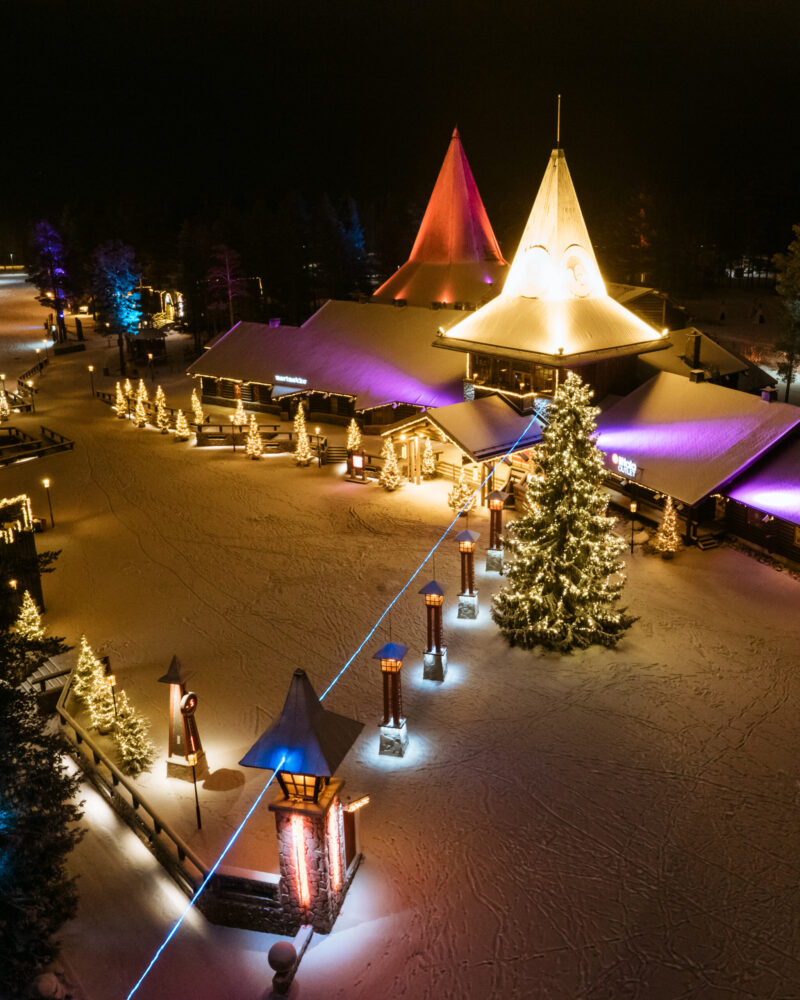
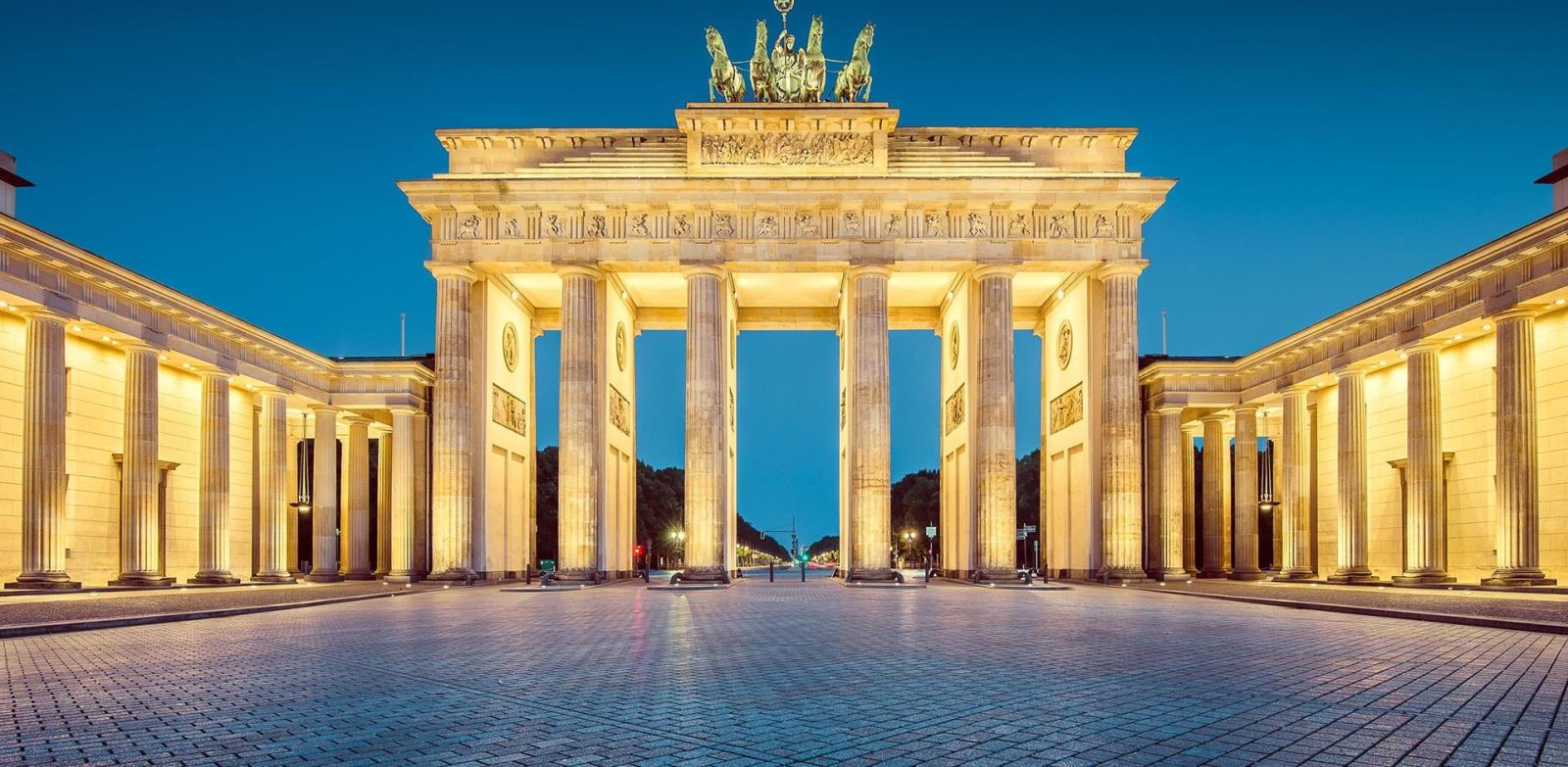
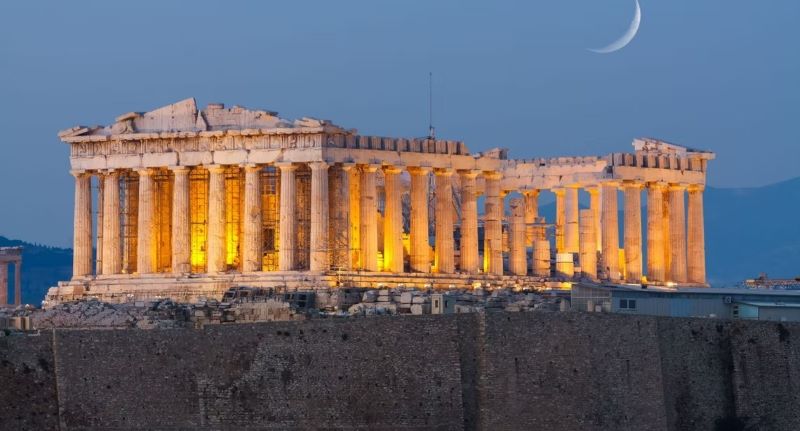
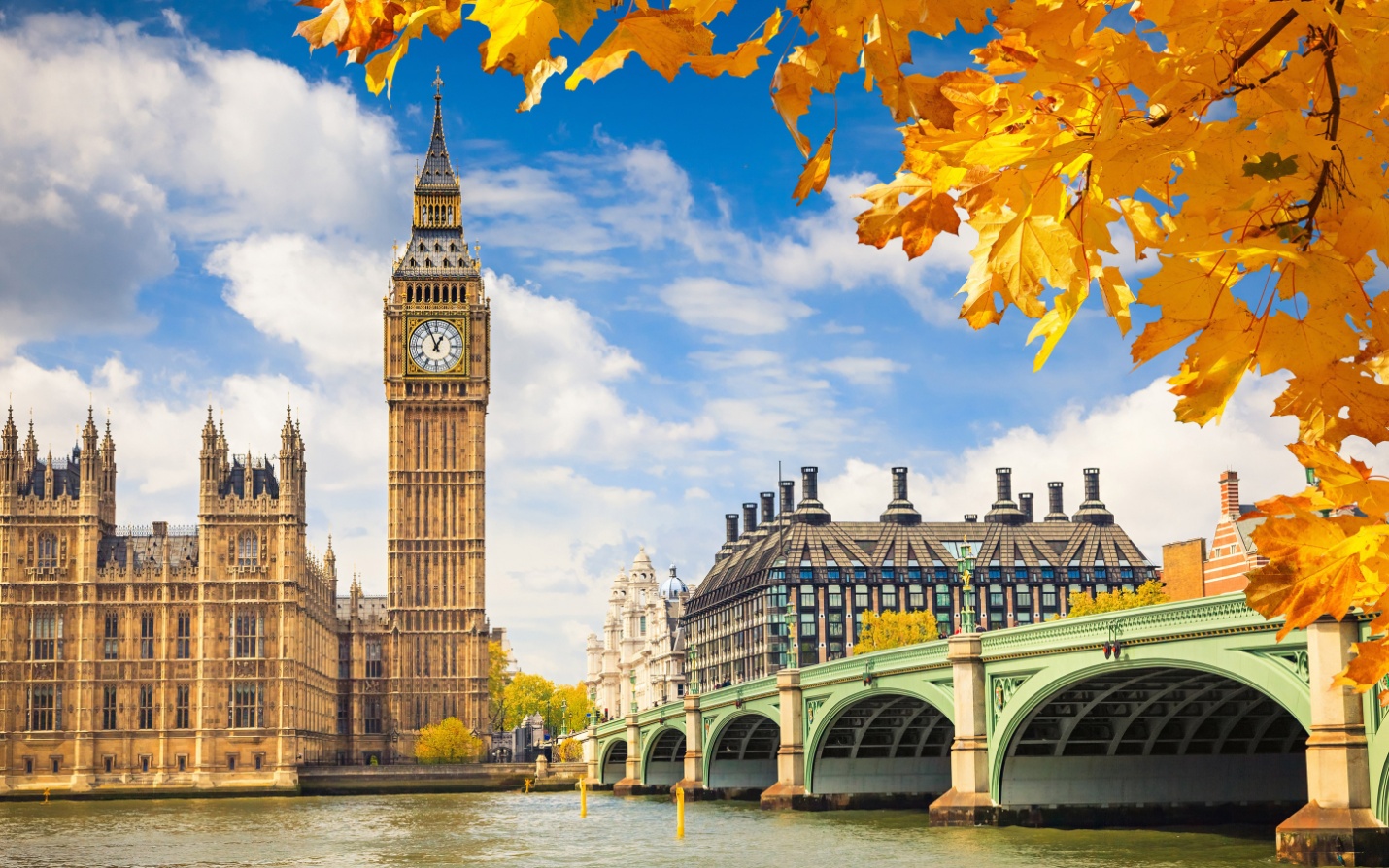
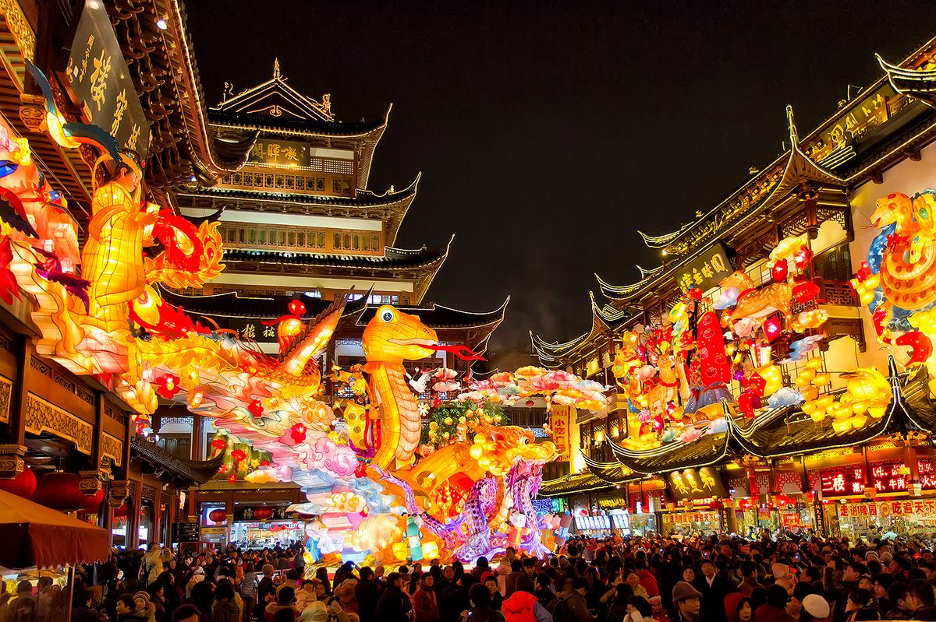
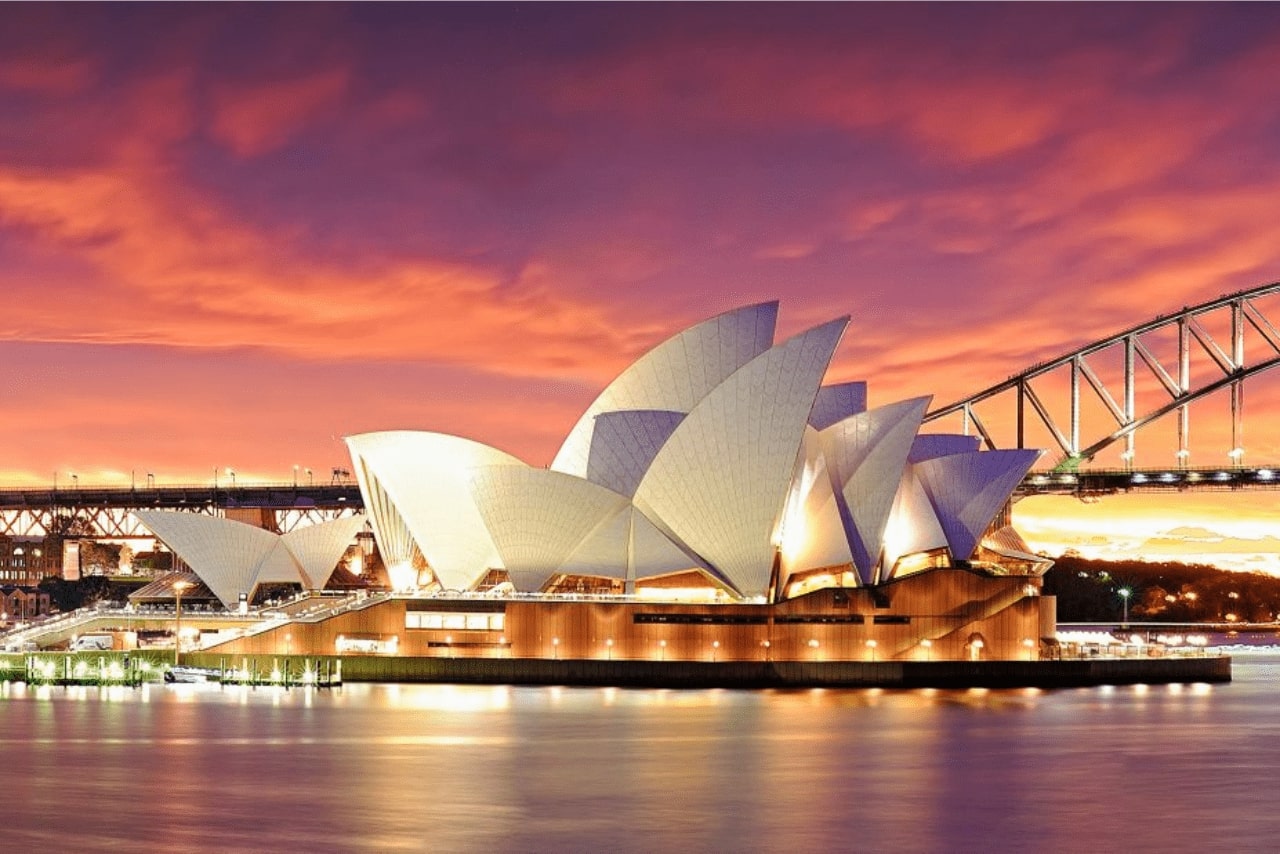
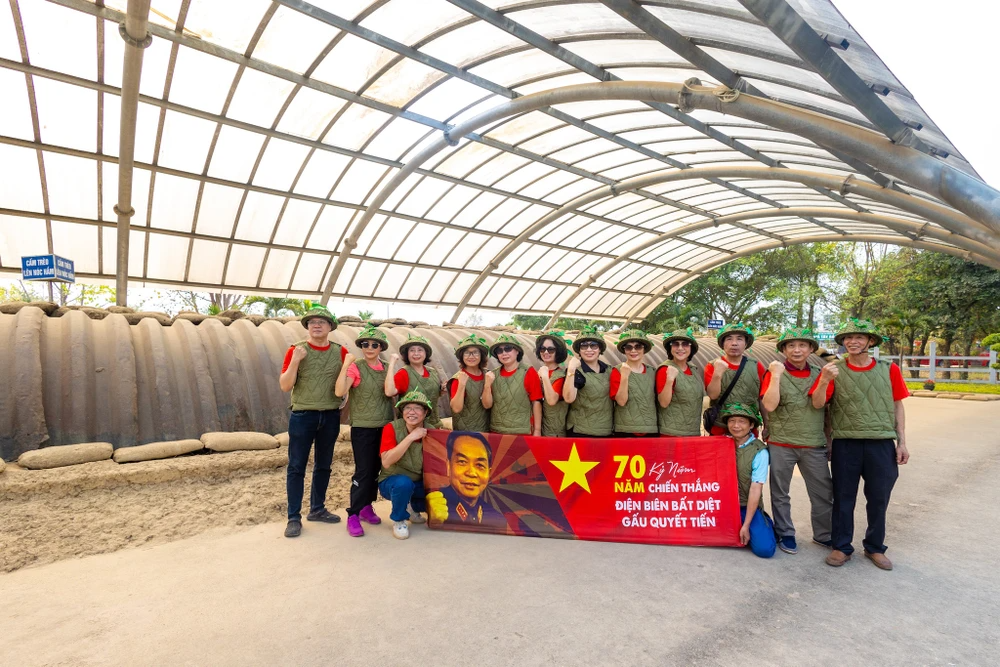
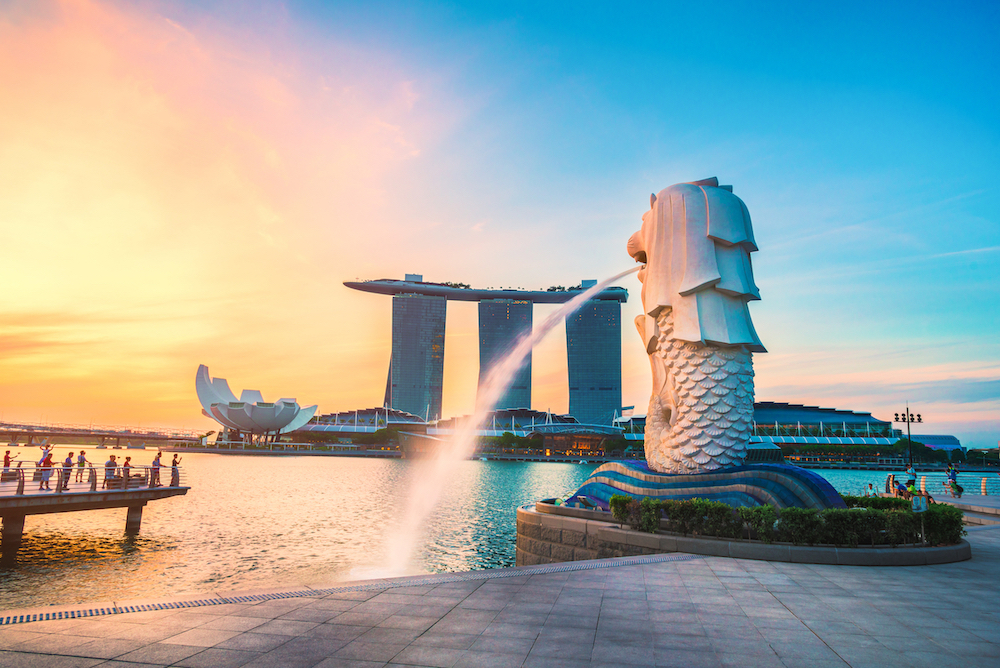
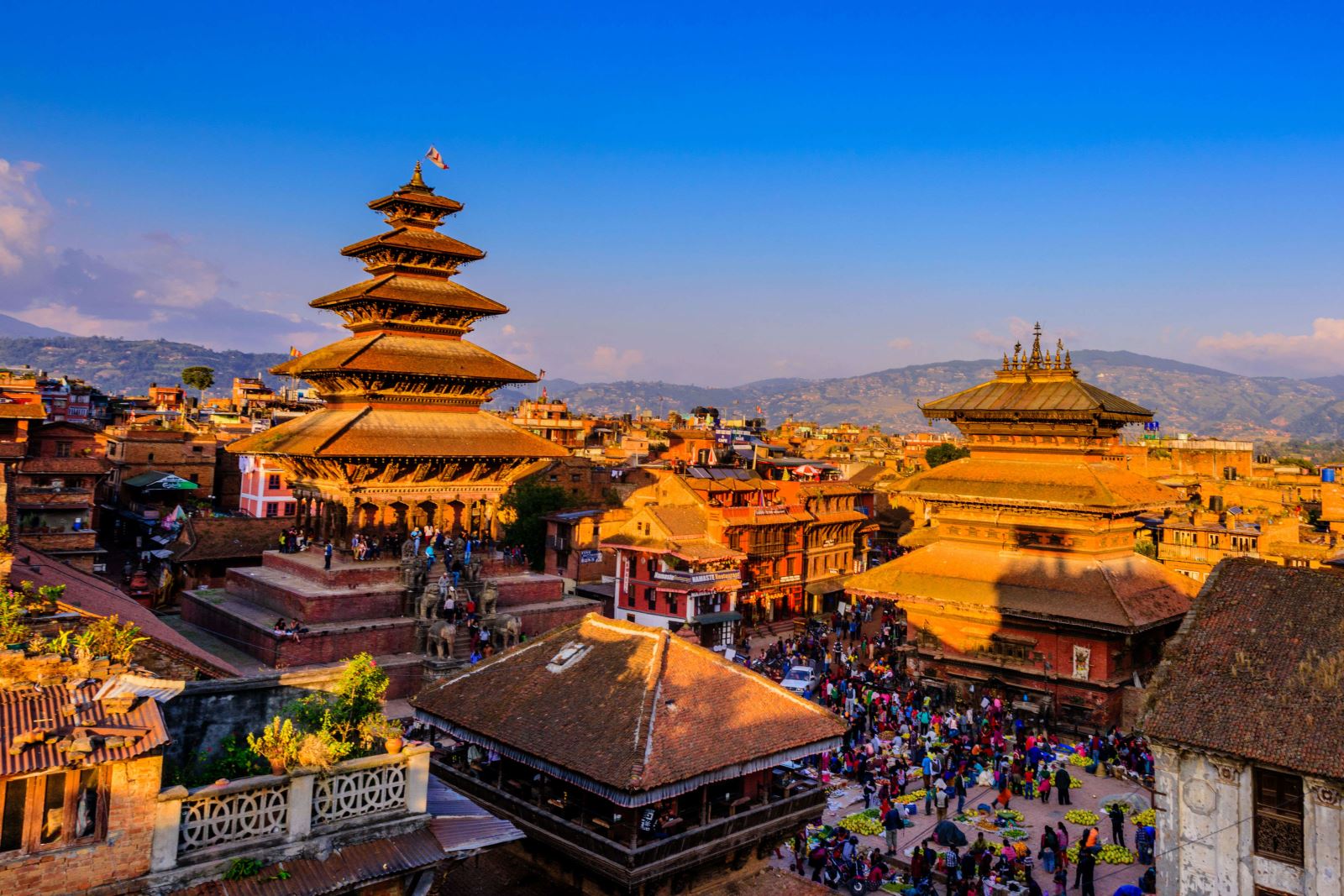
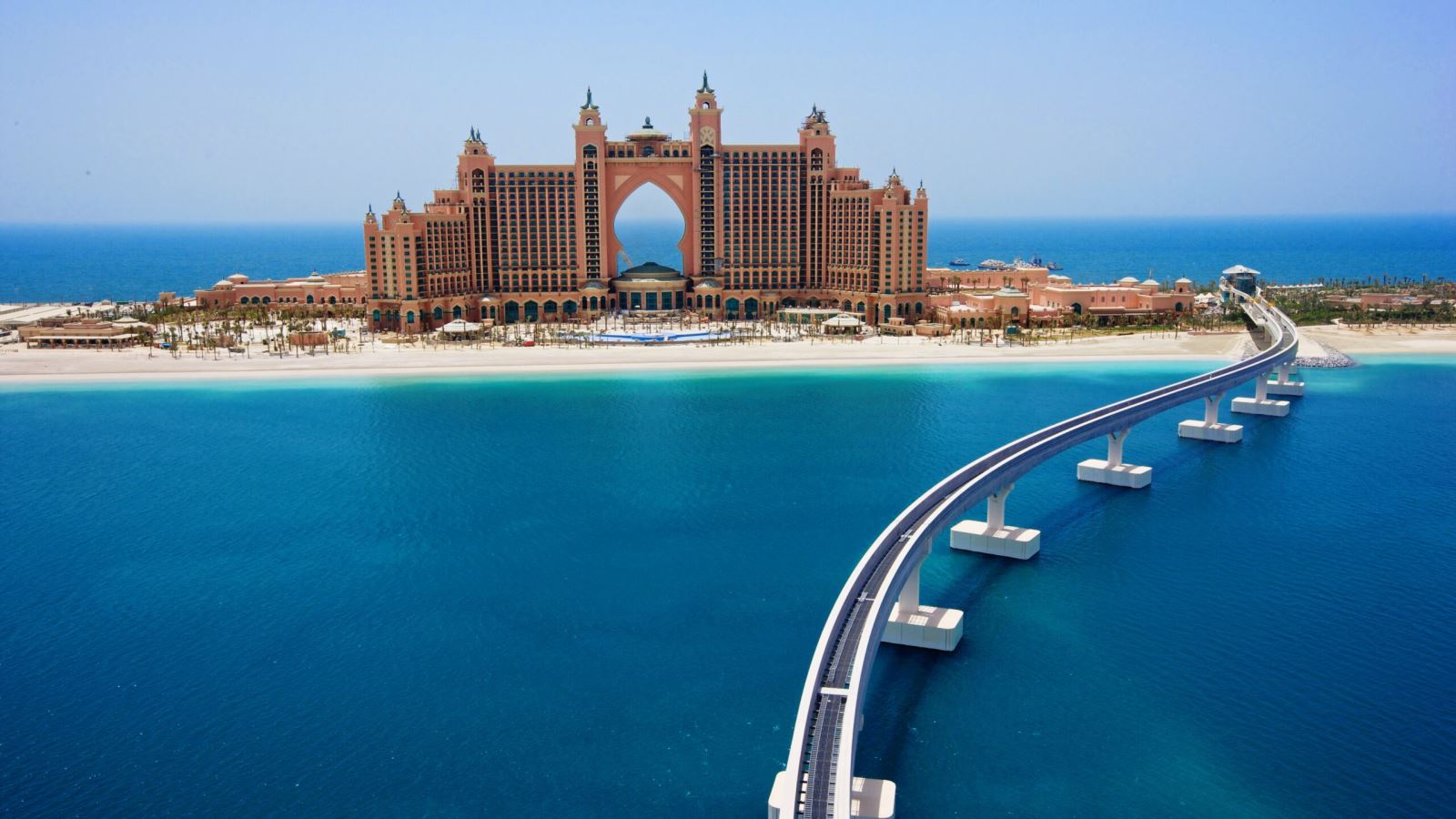
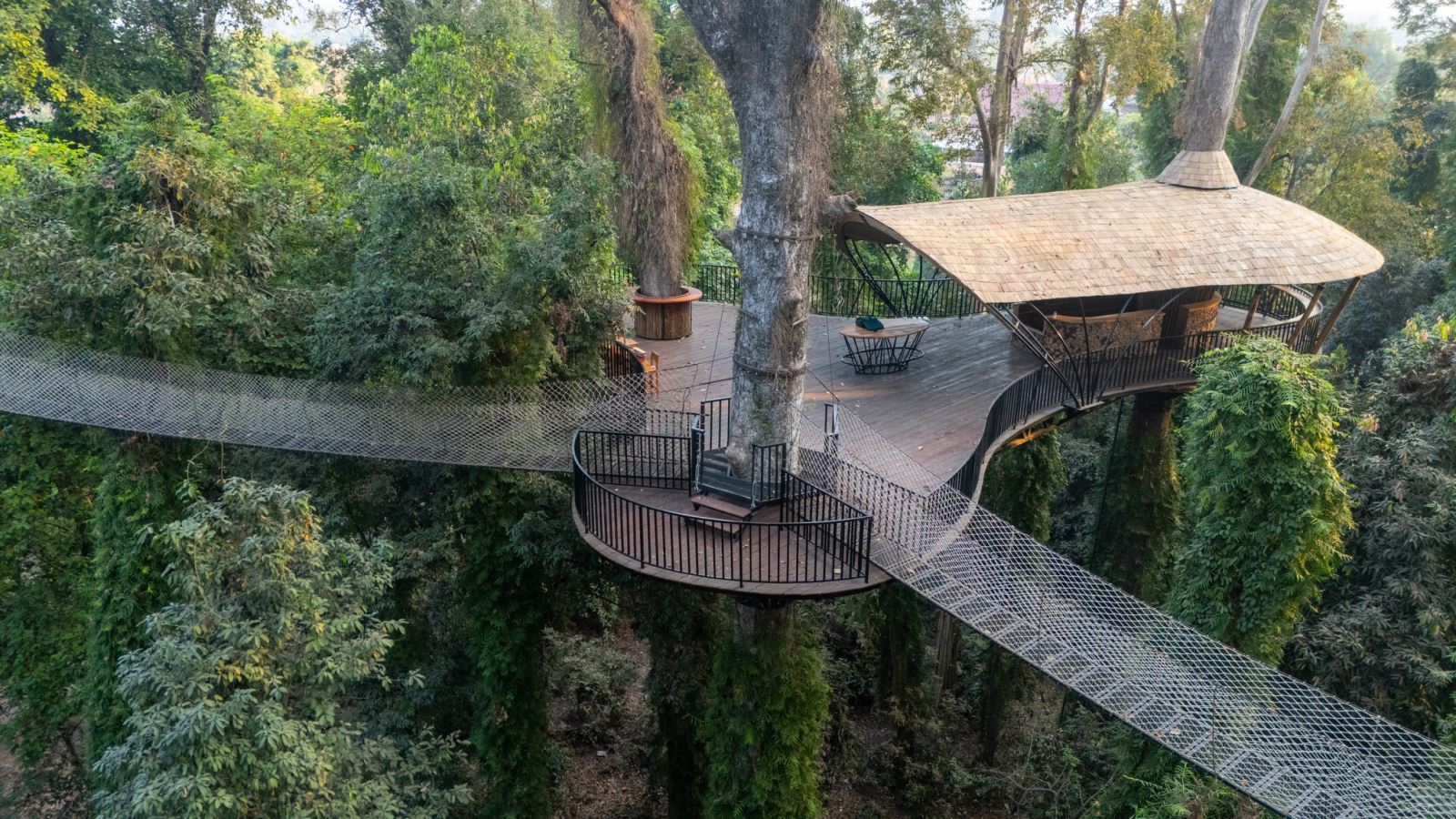
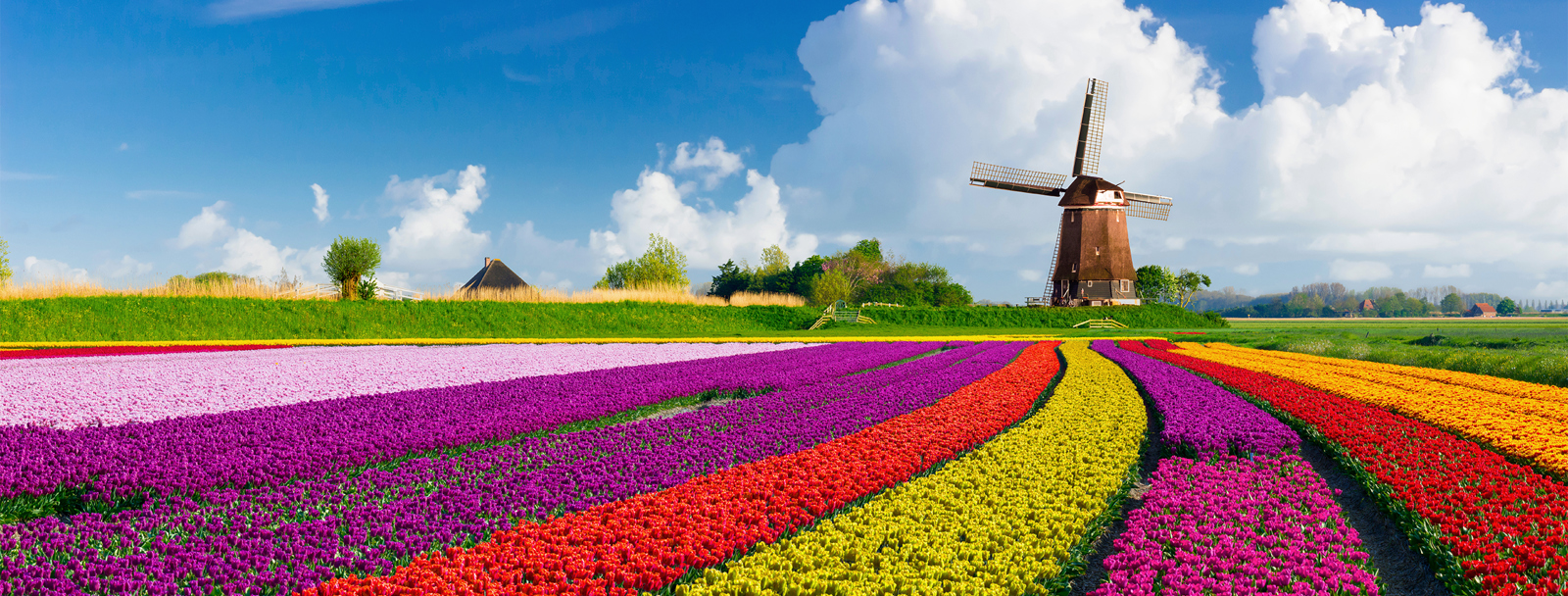
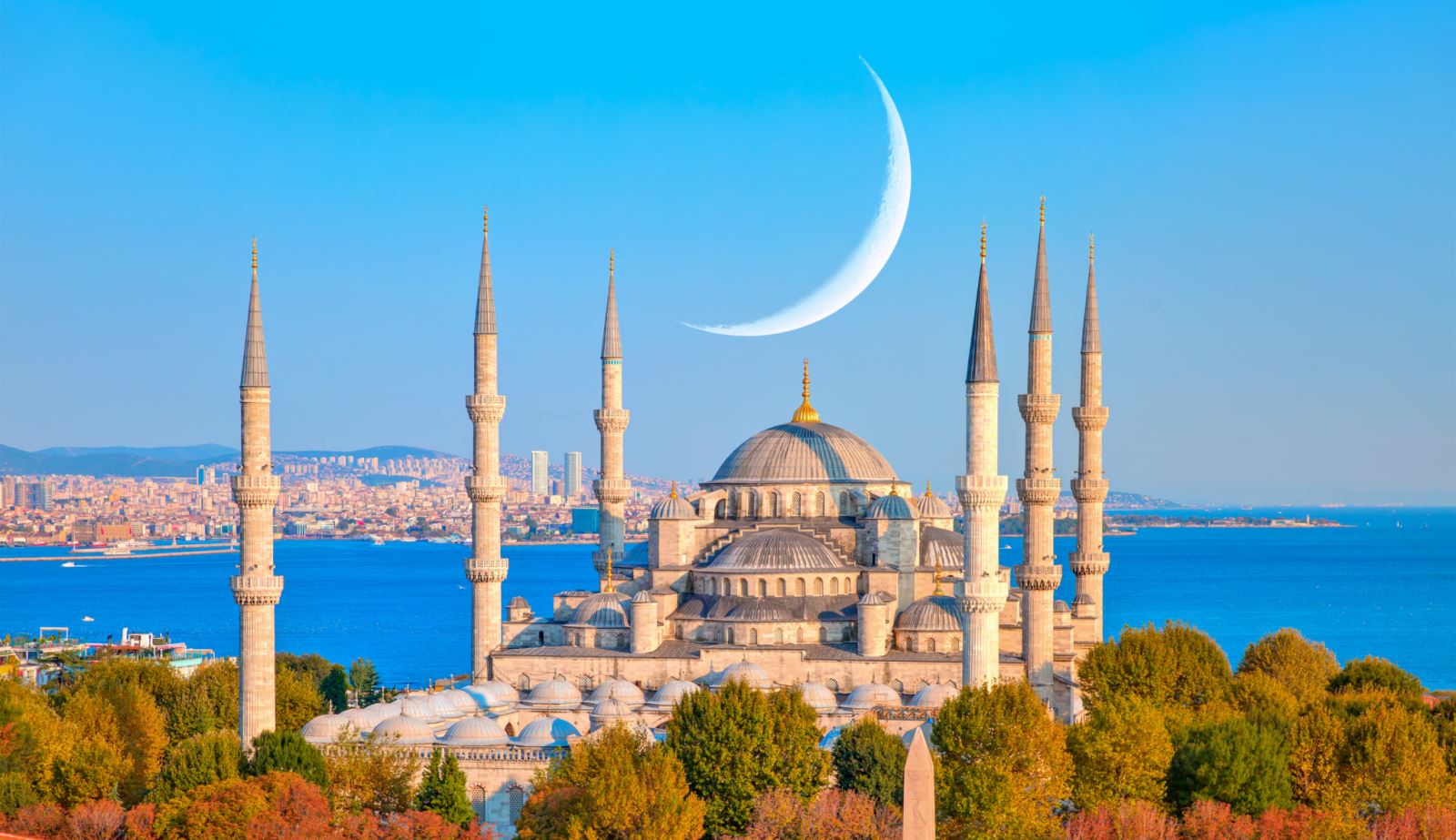
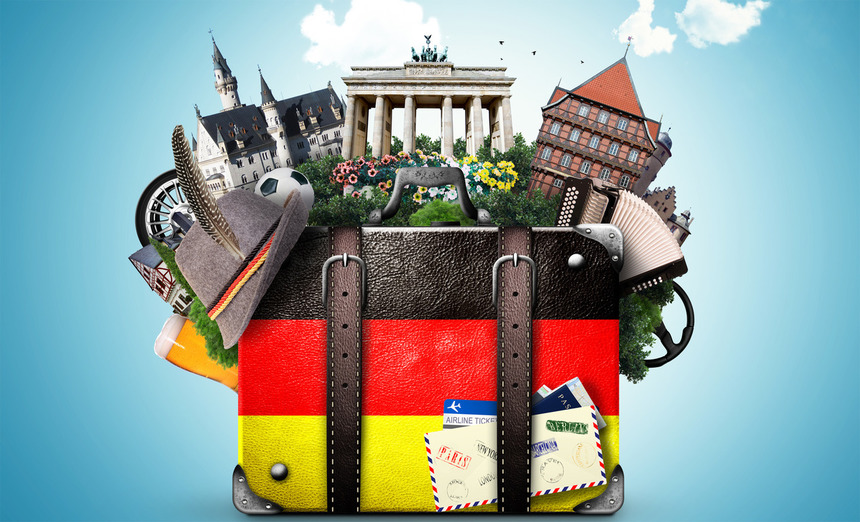

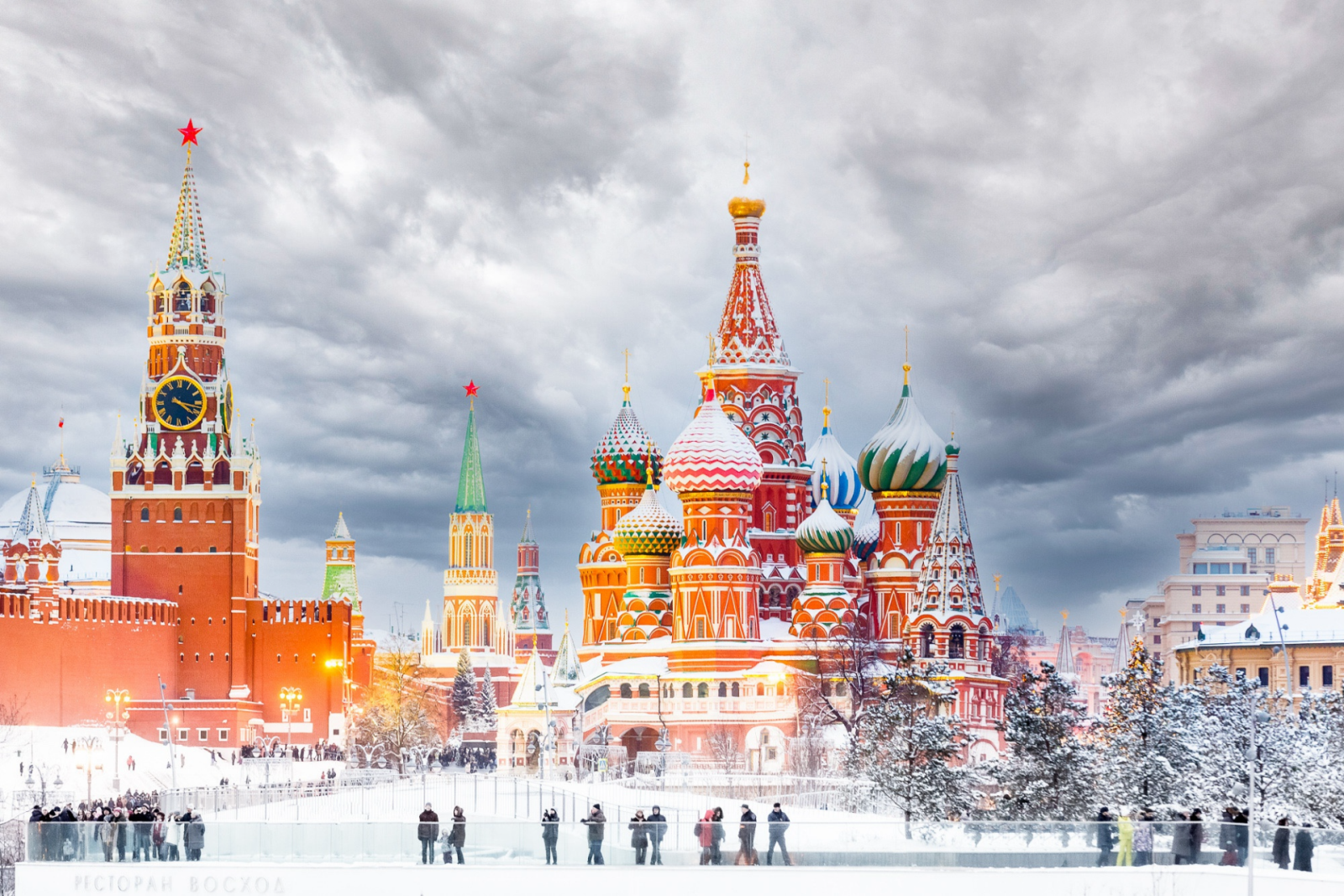
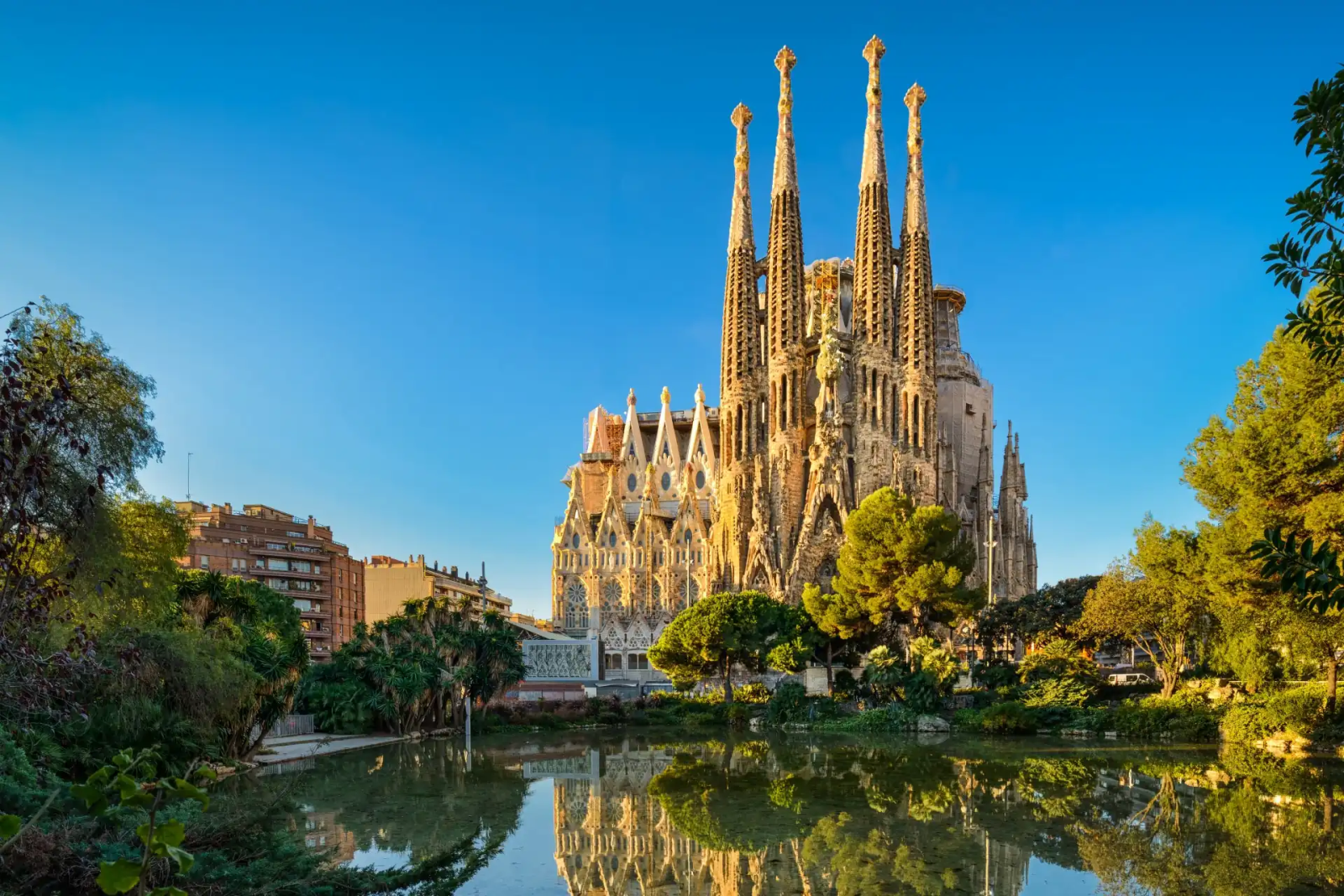
.jpg)
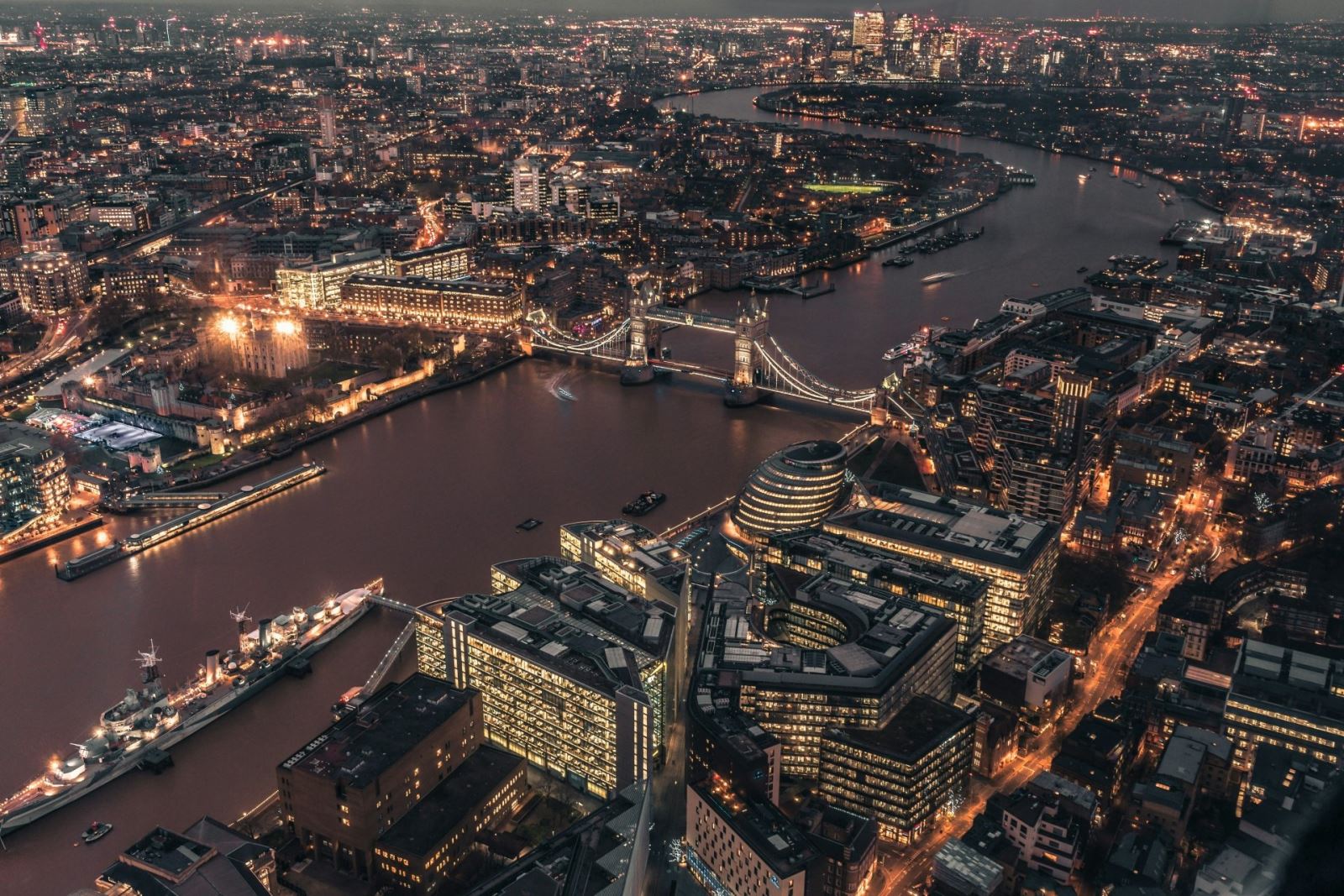
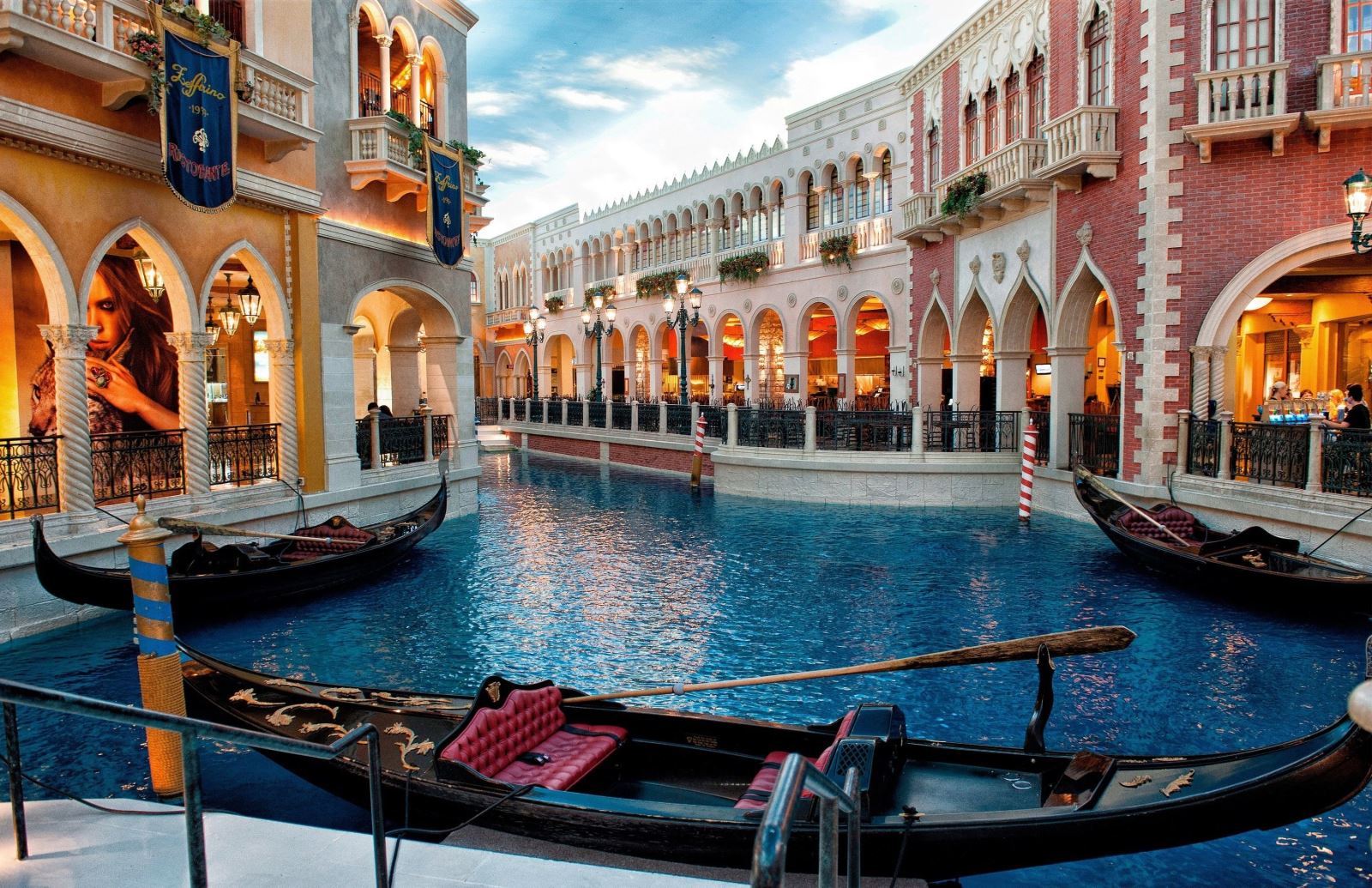


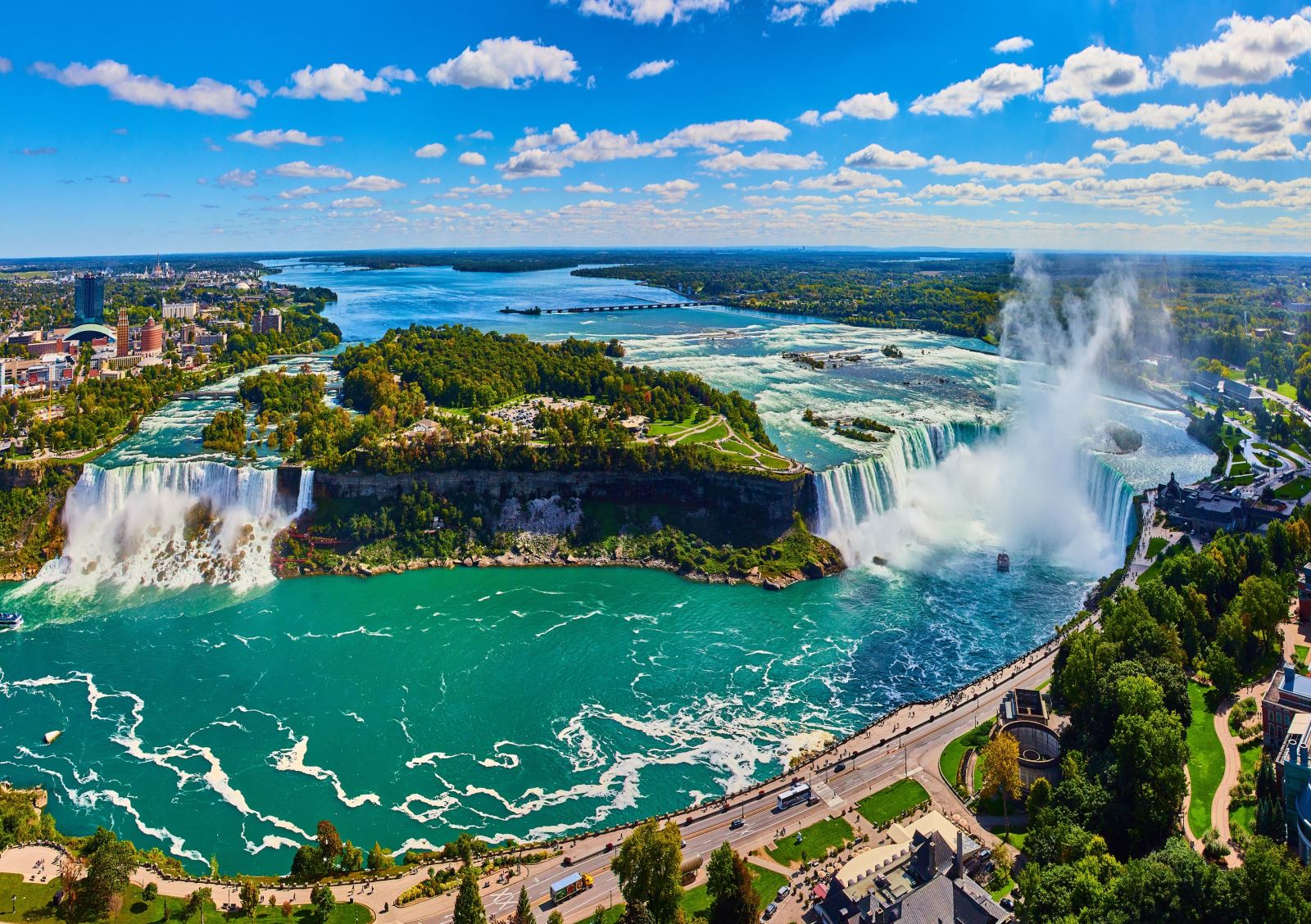
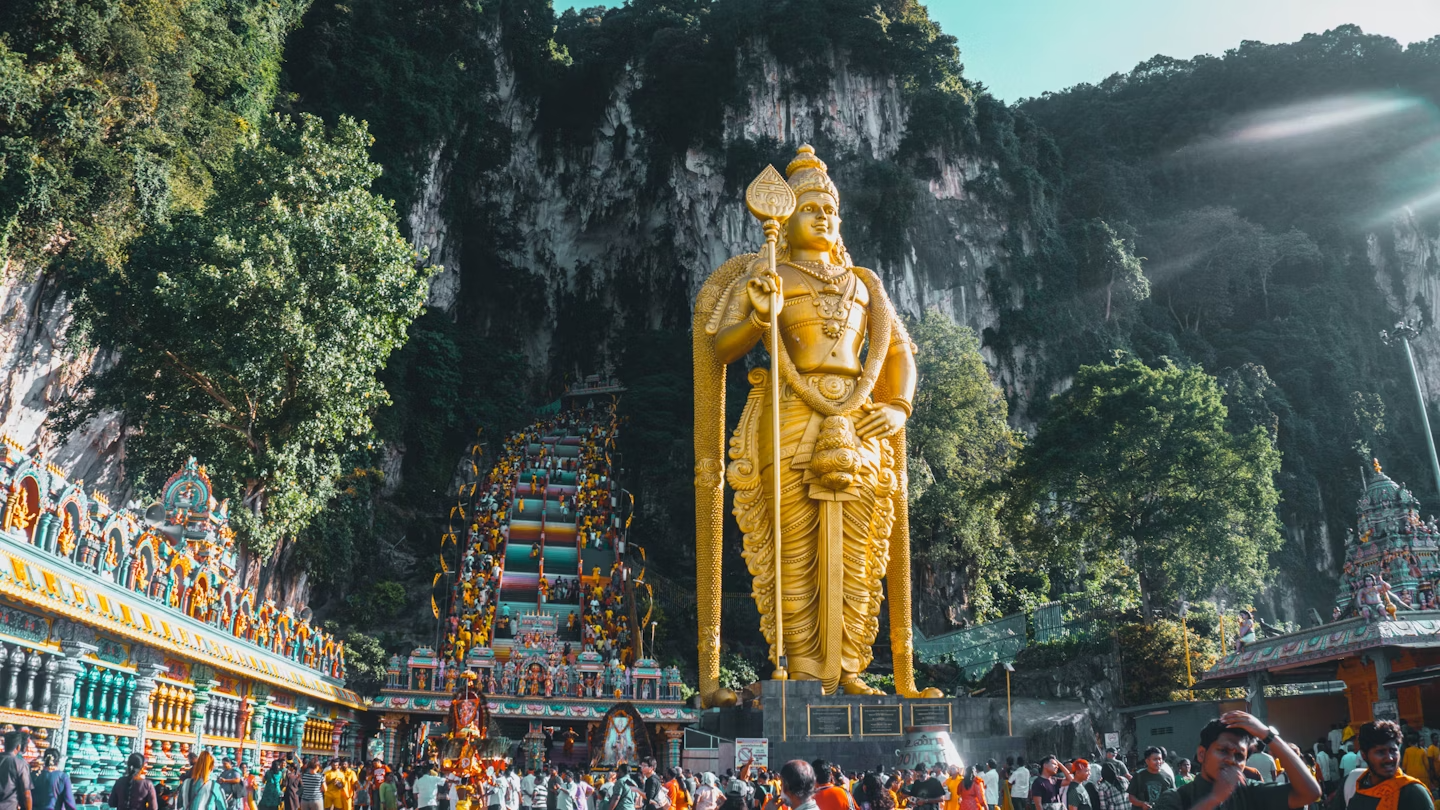

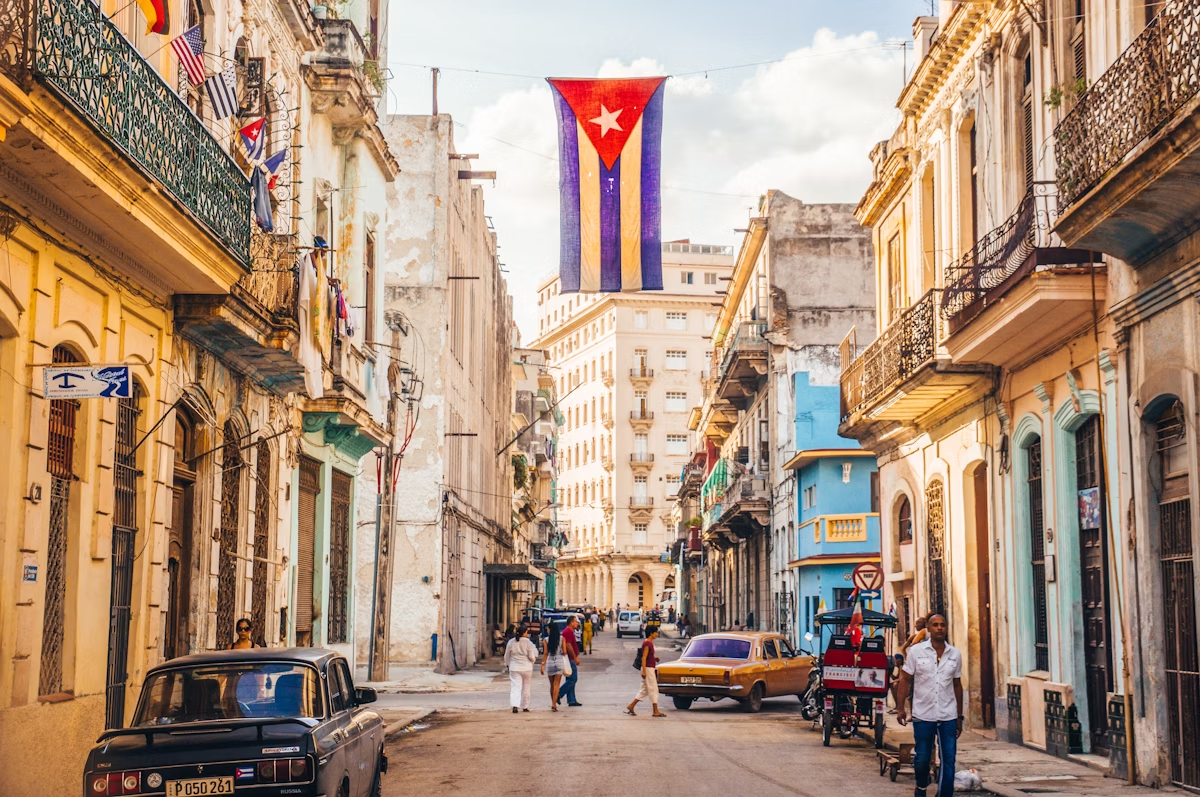
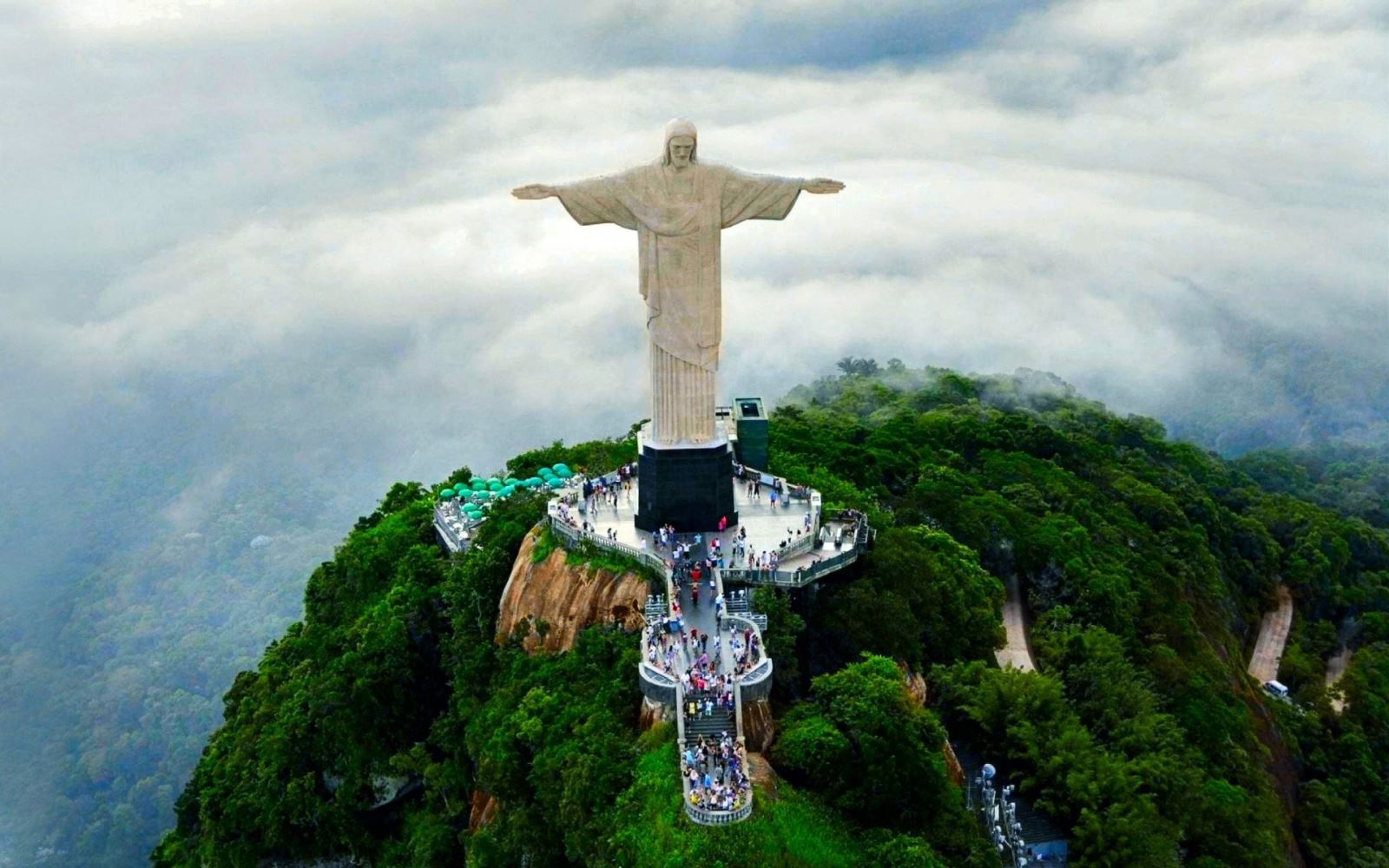
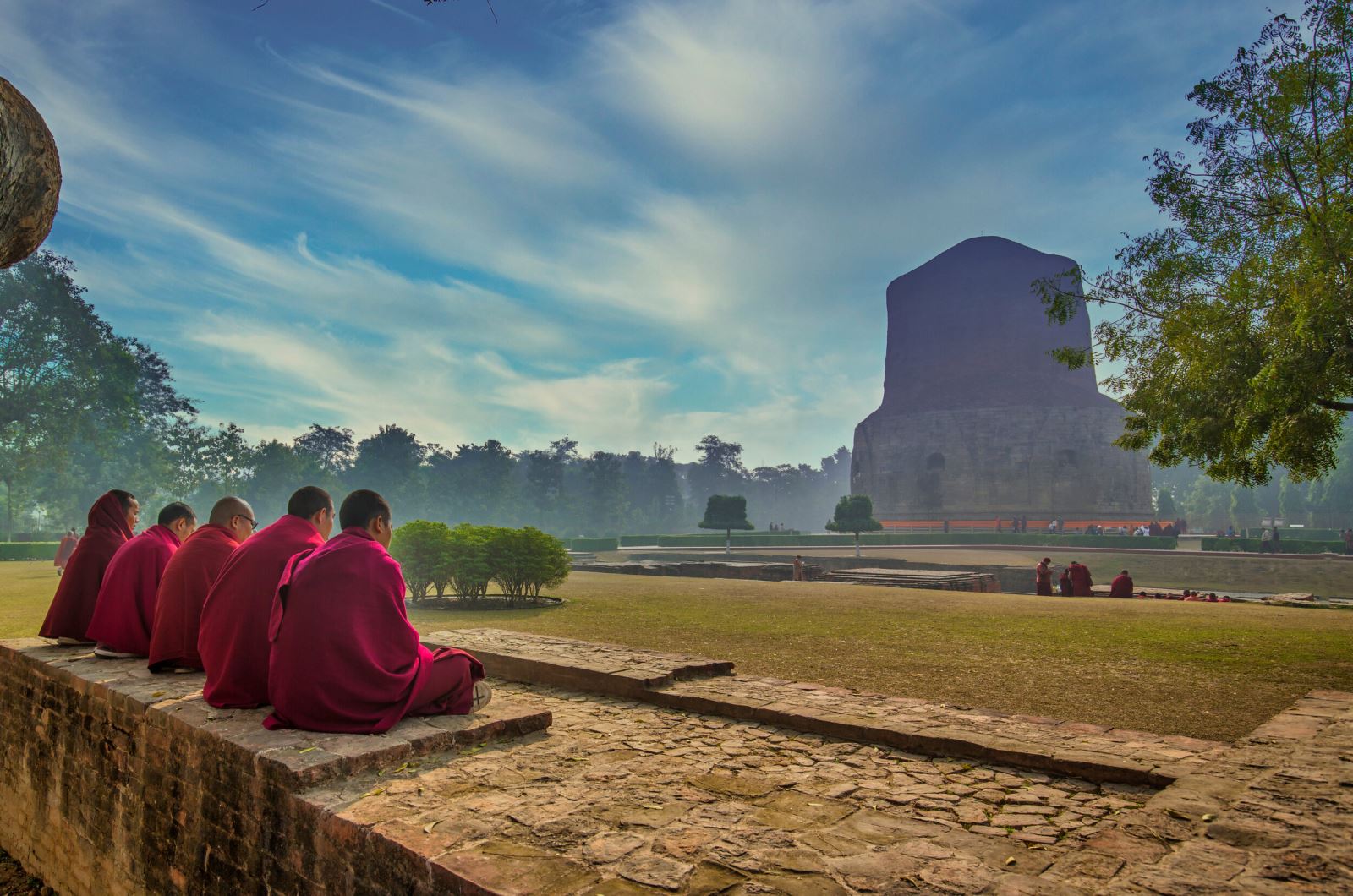
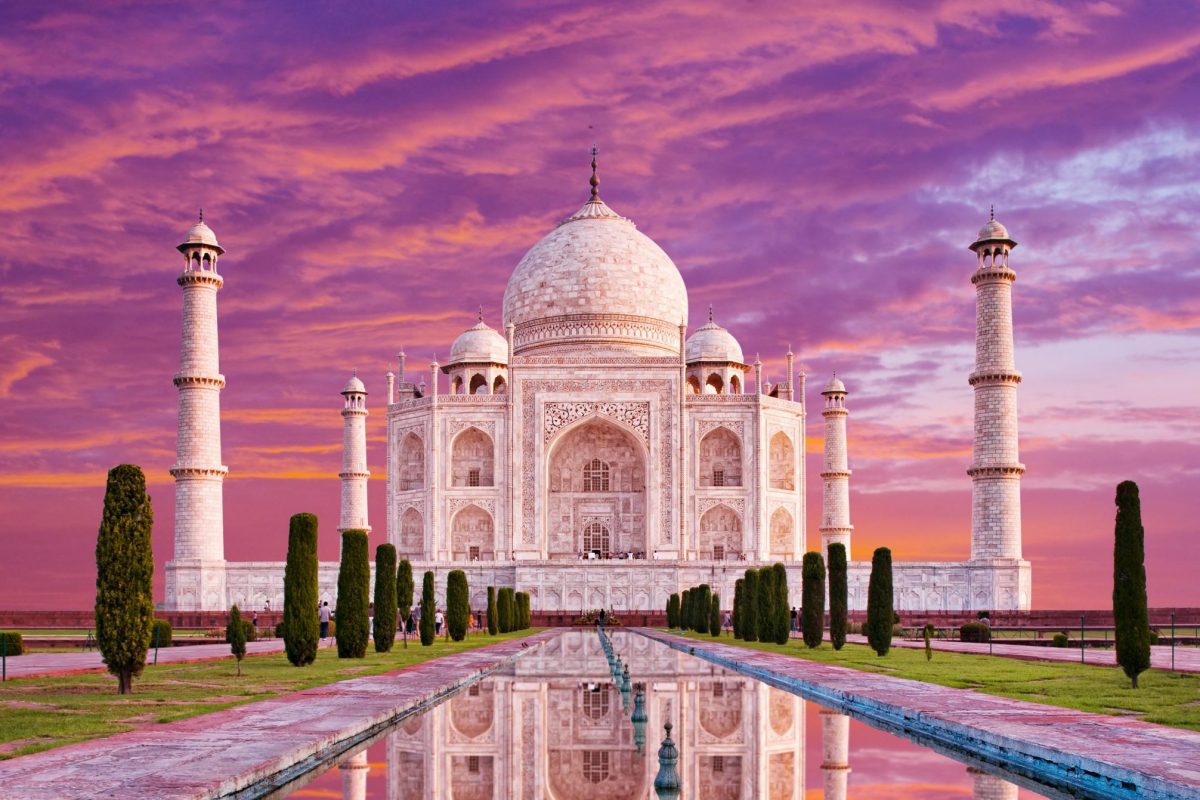

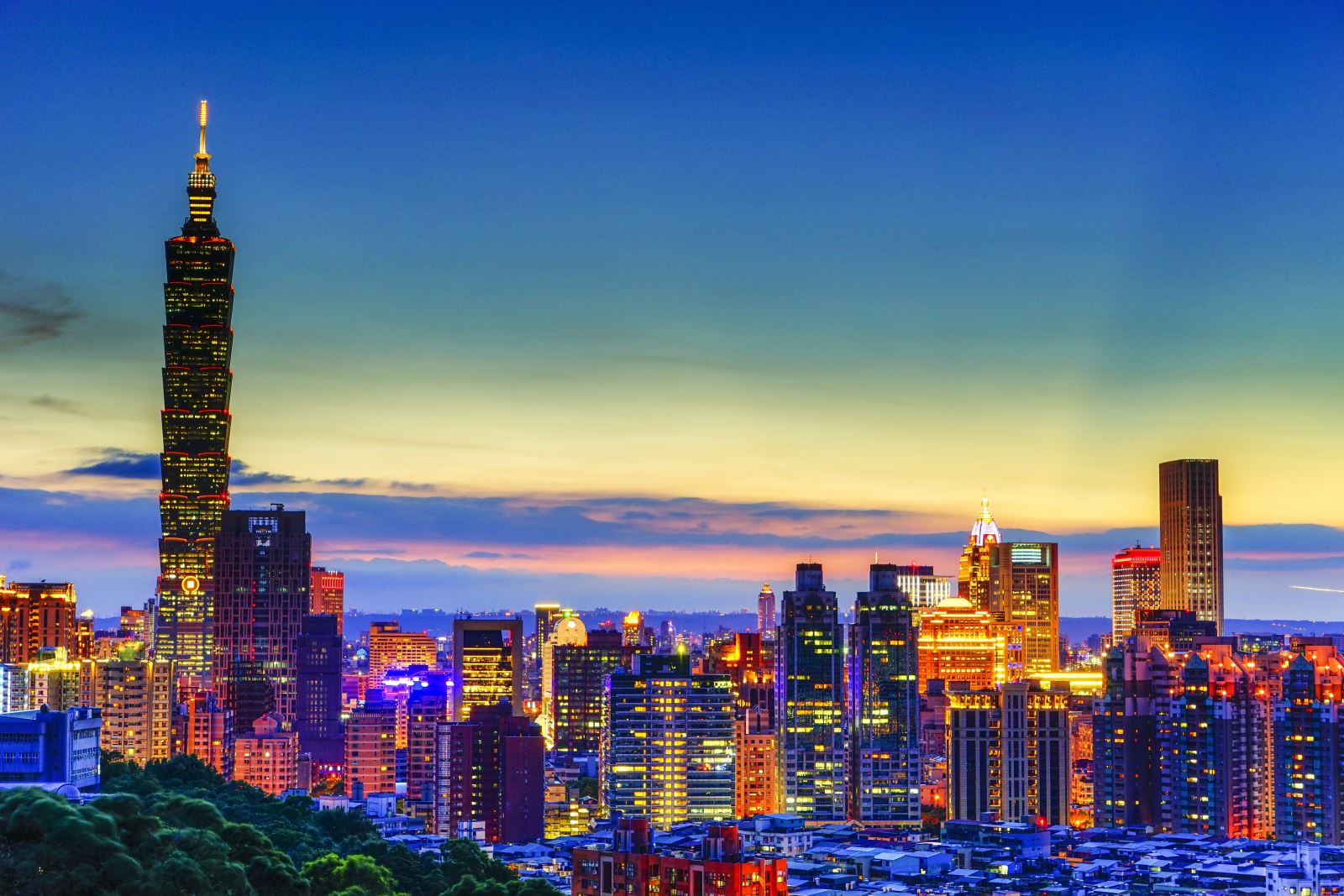
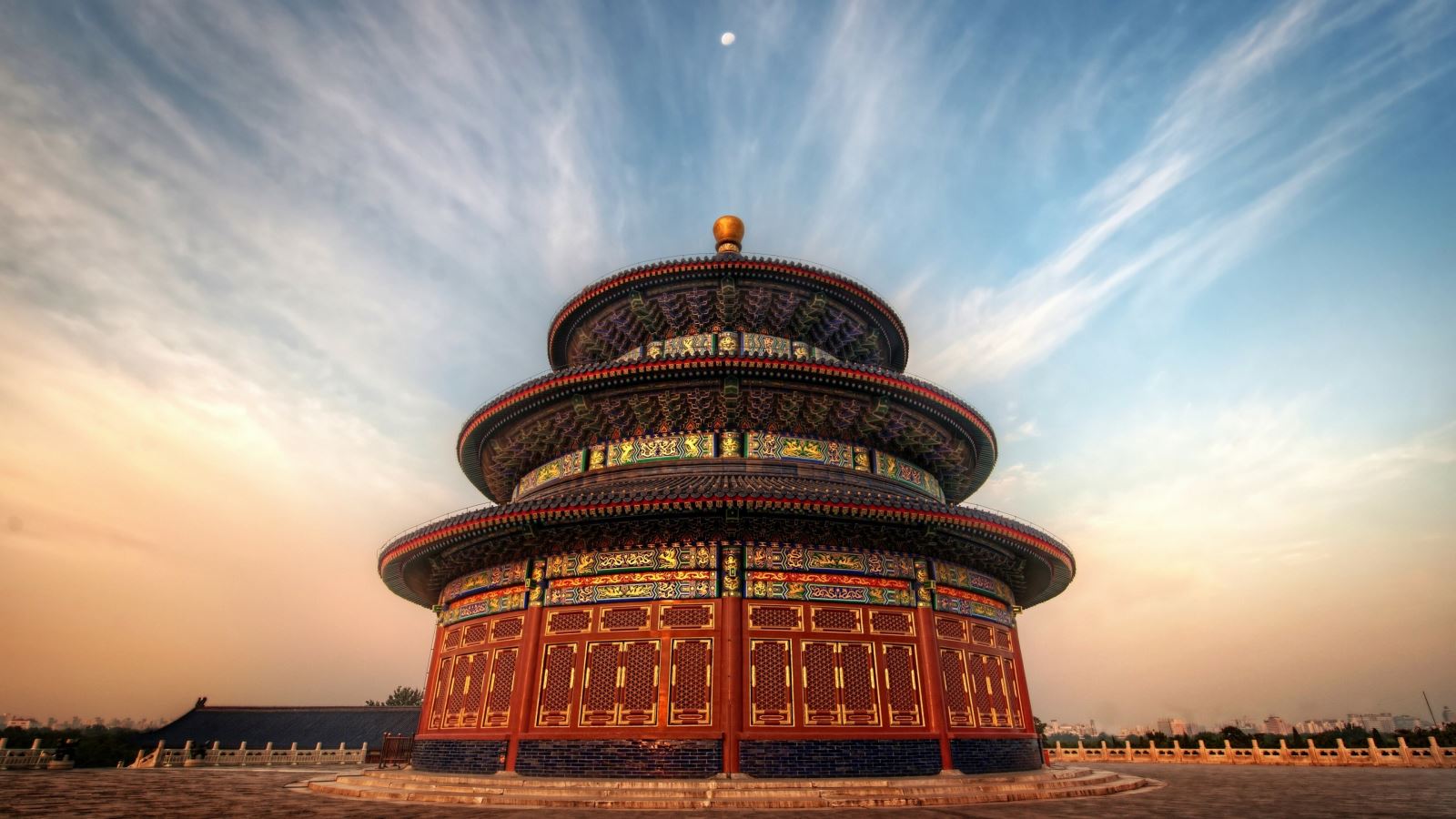
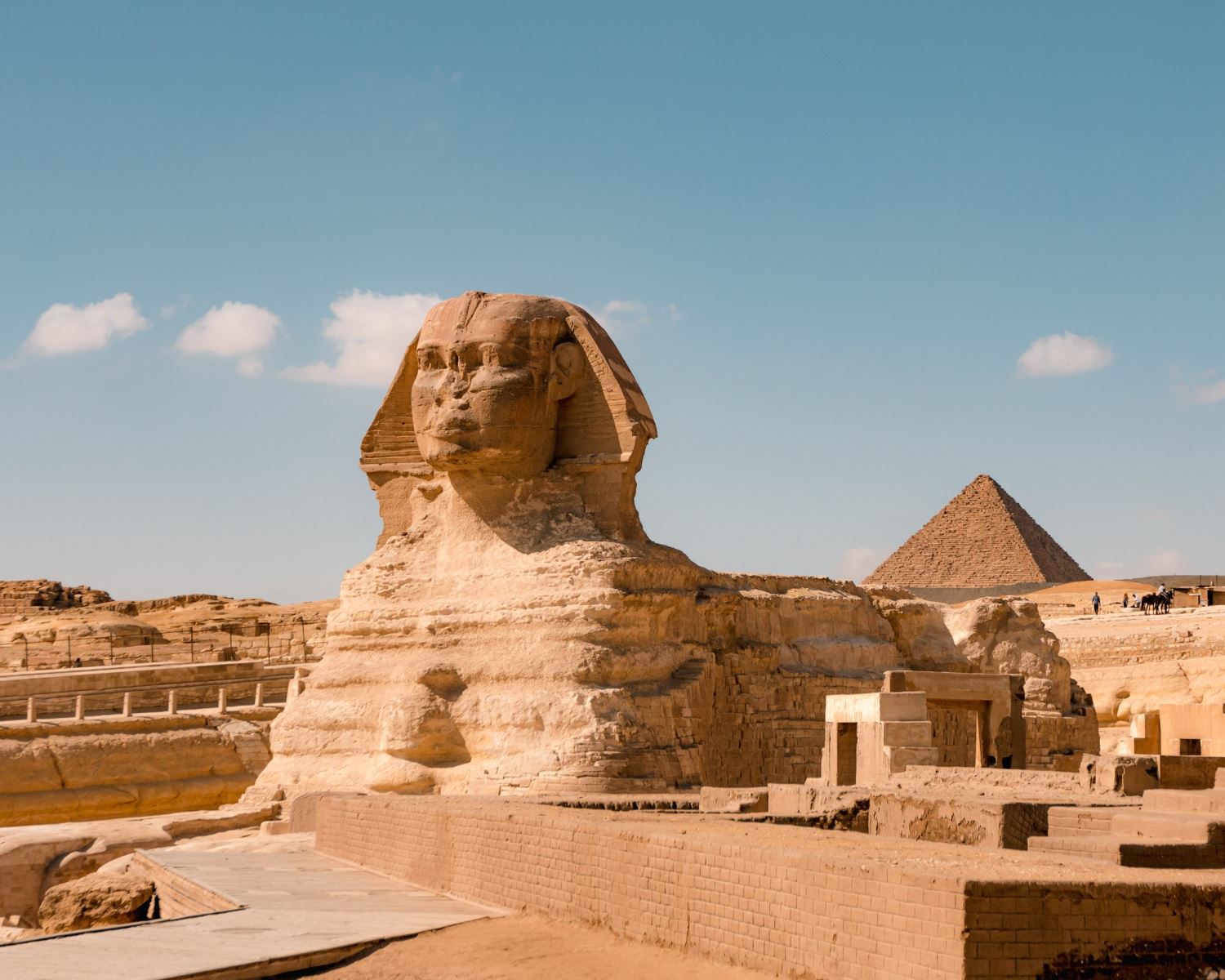
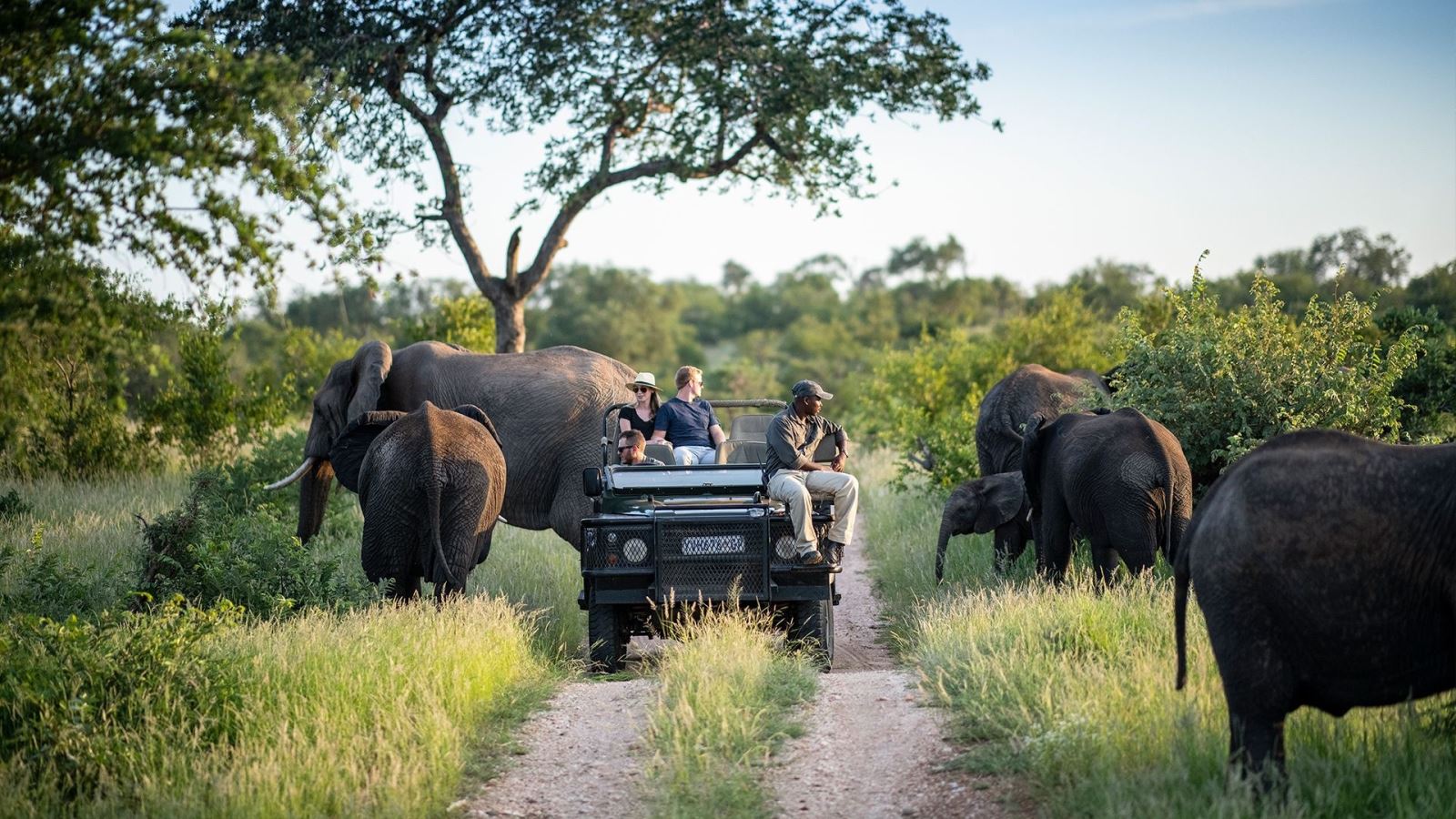
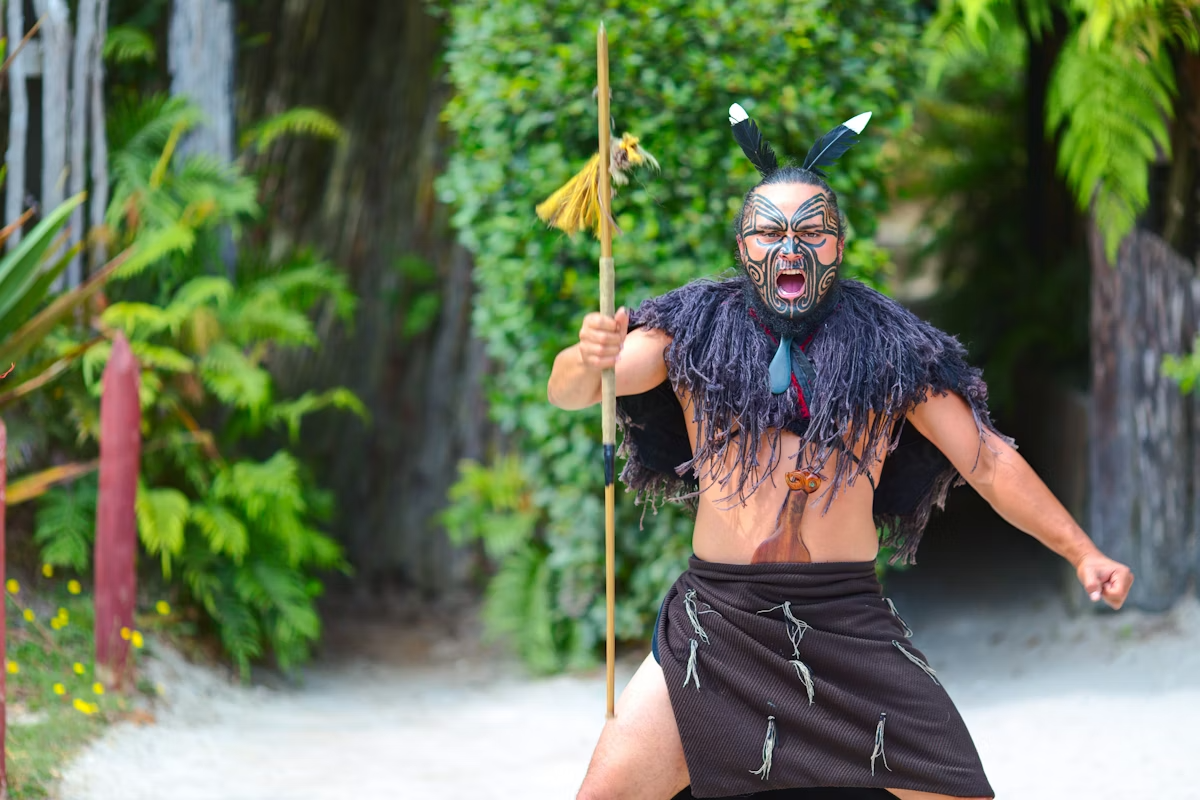
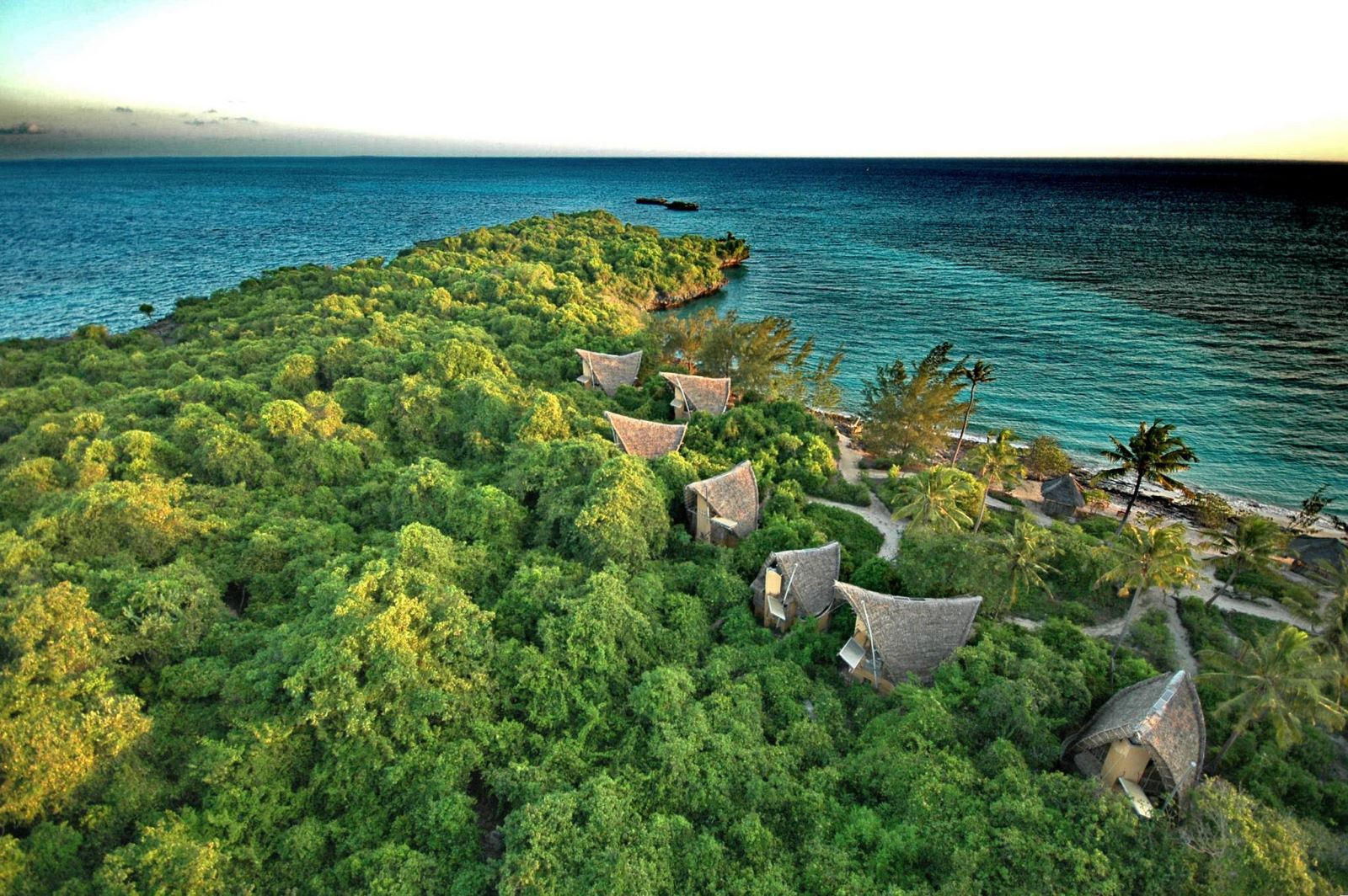
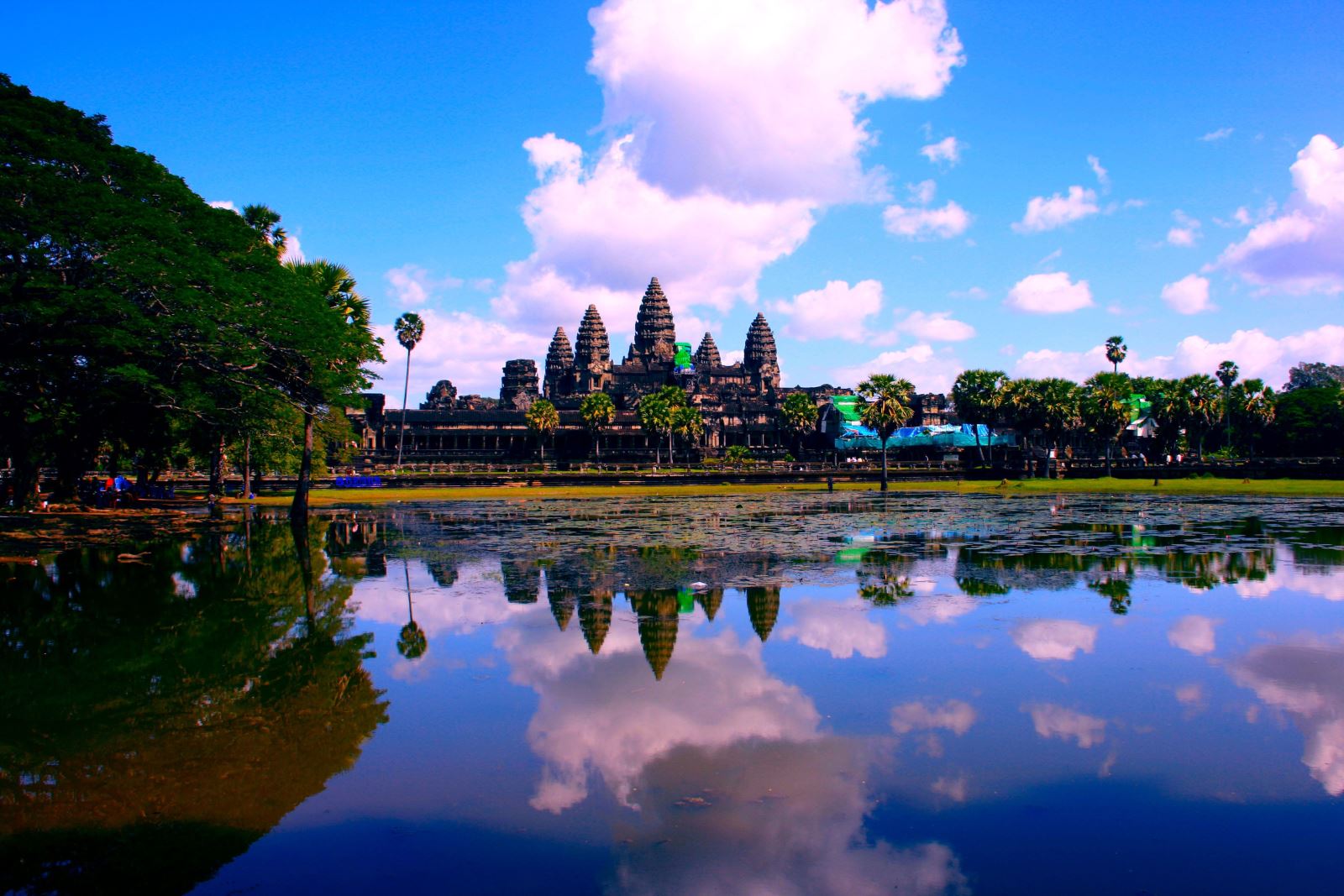
.png)
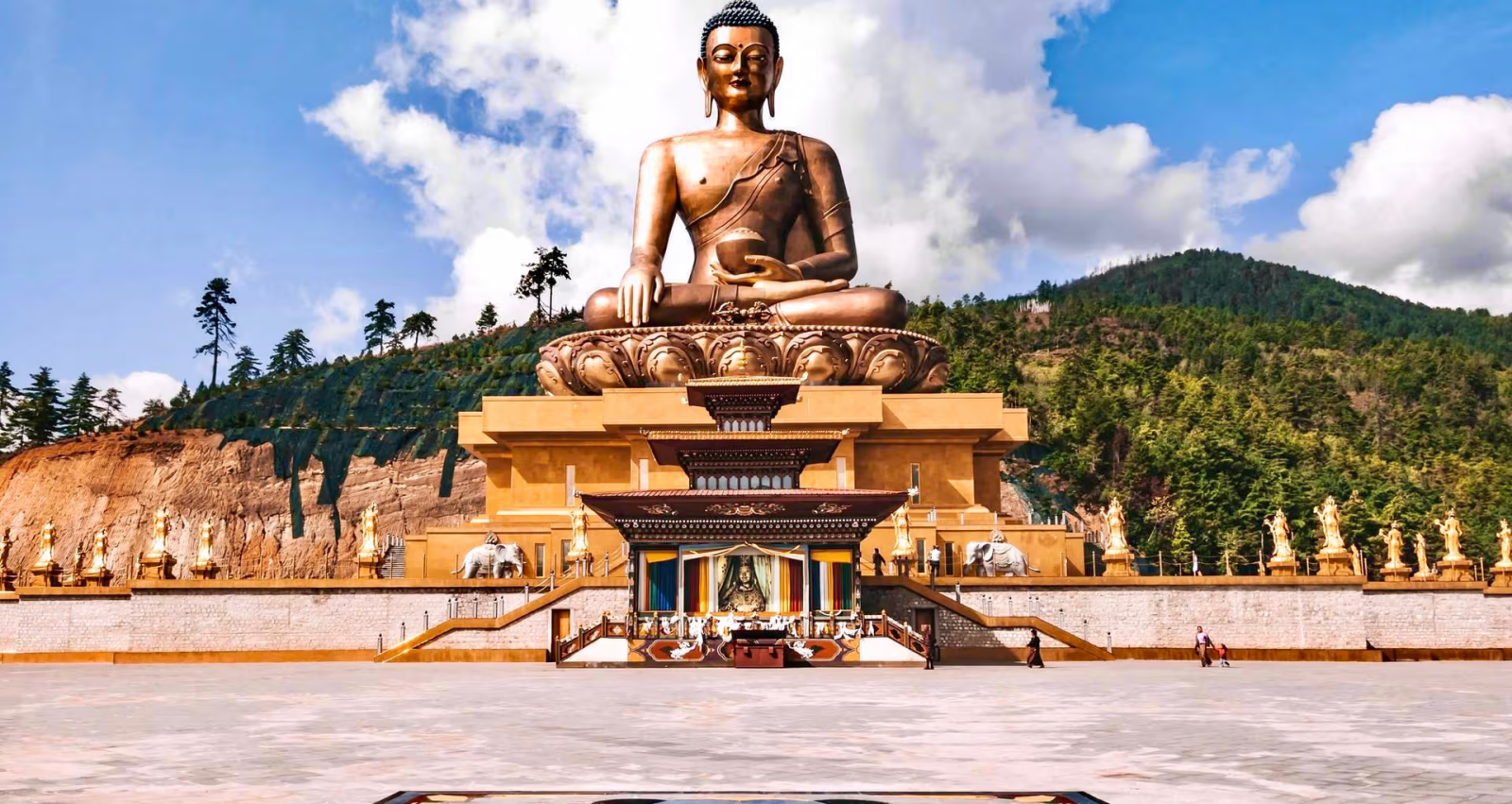
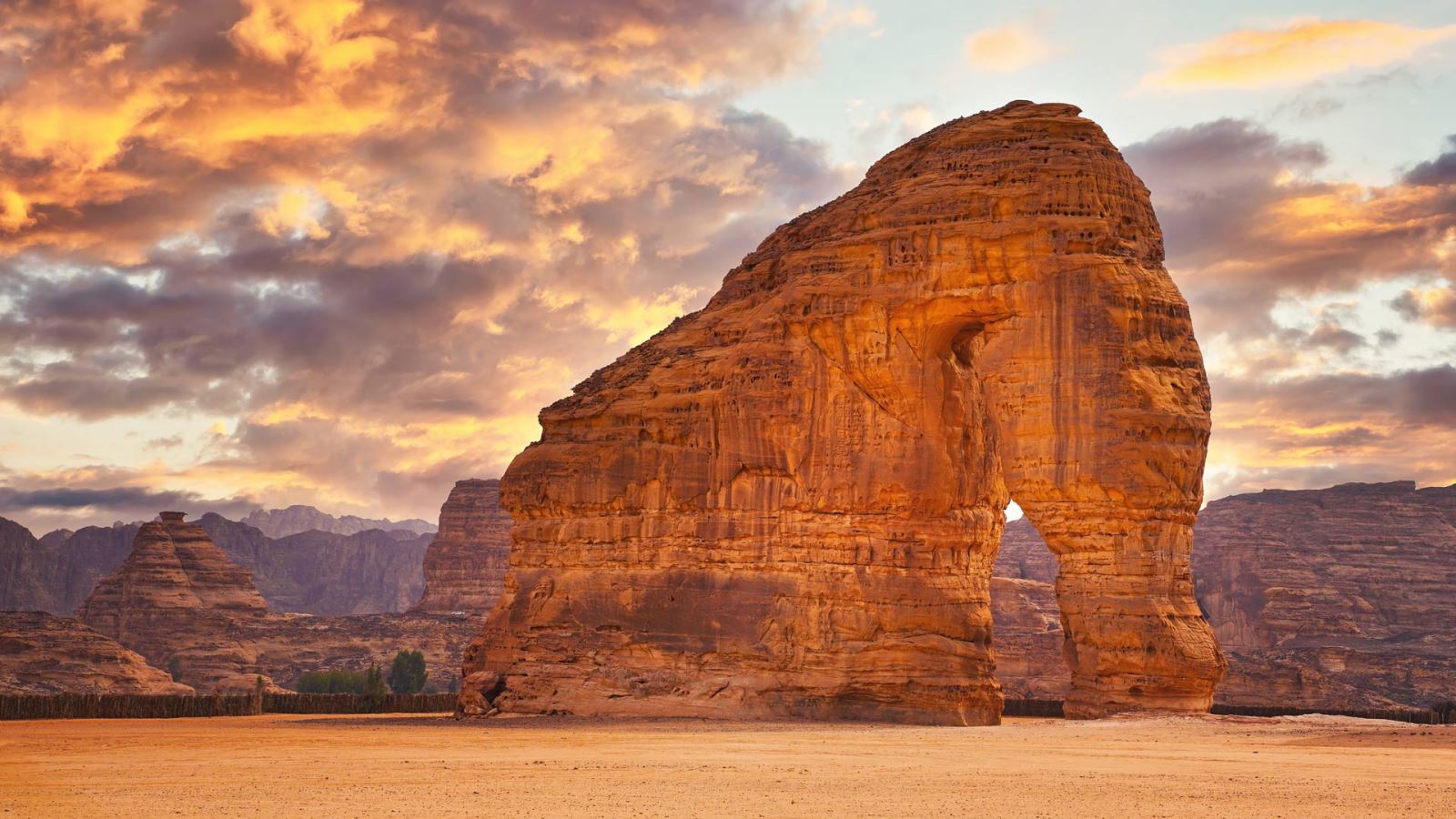
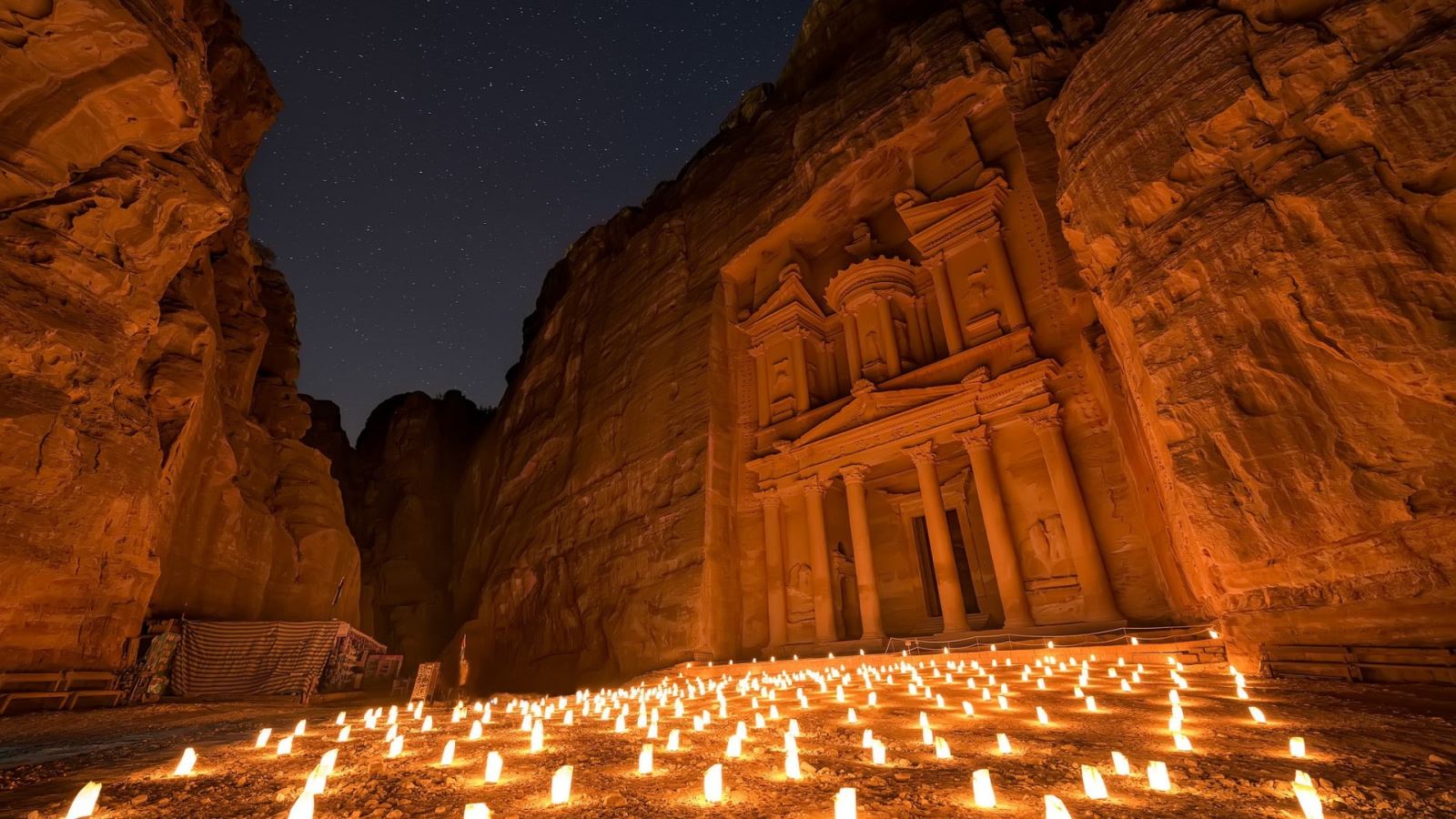

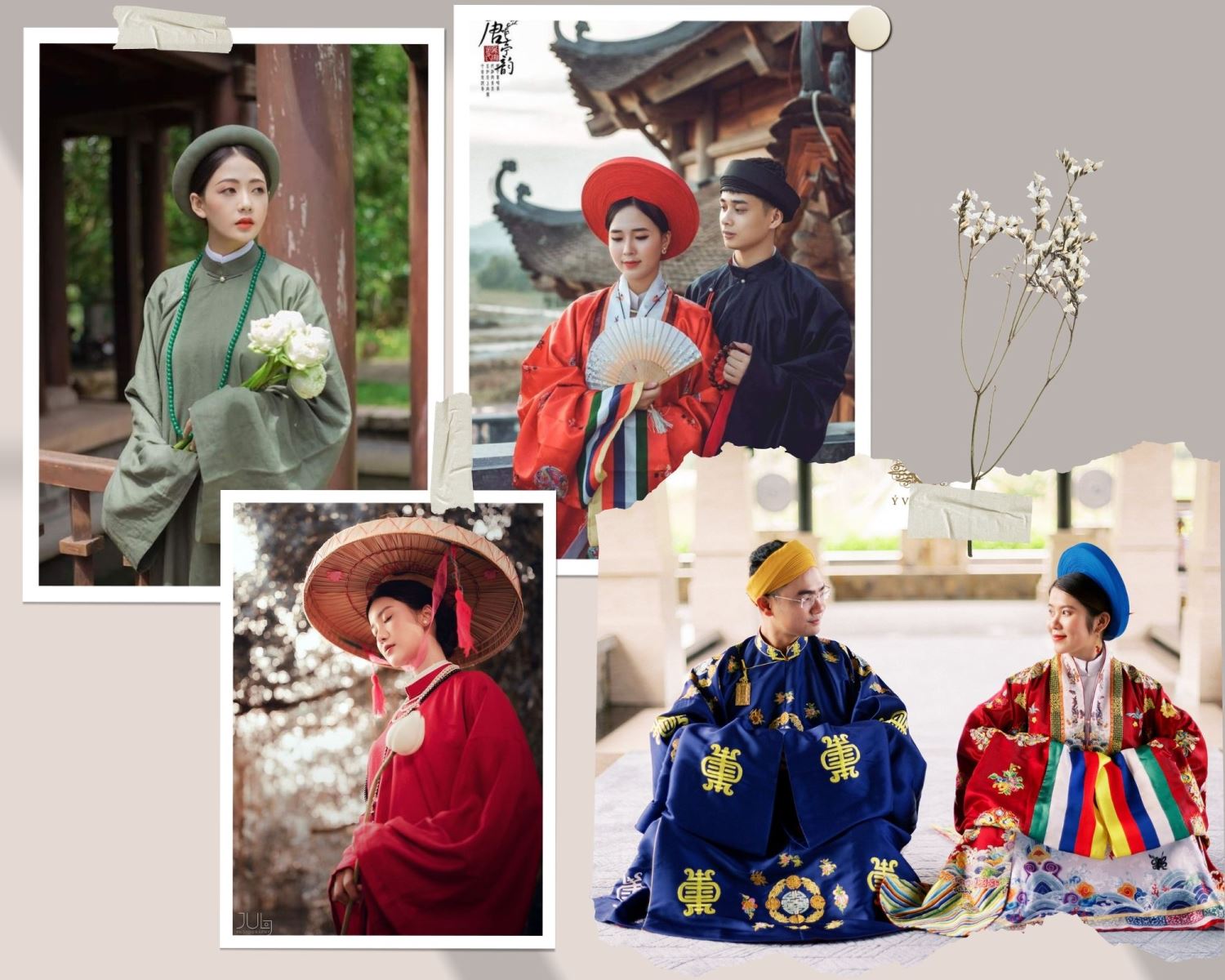
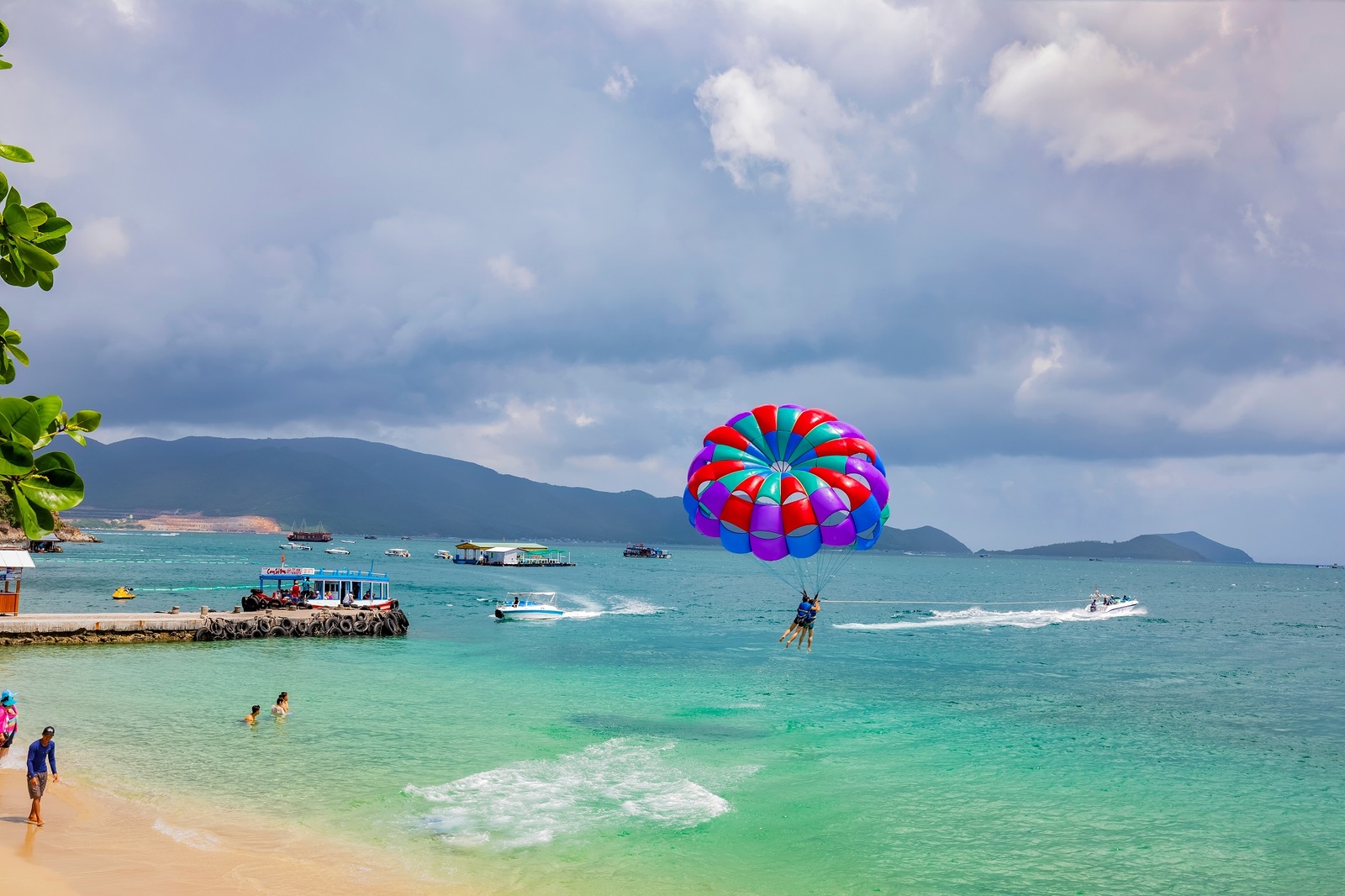
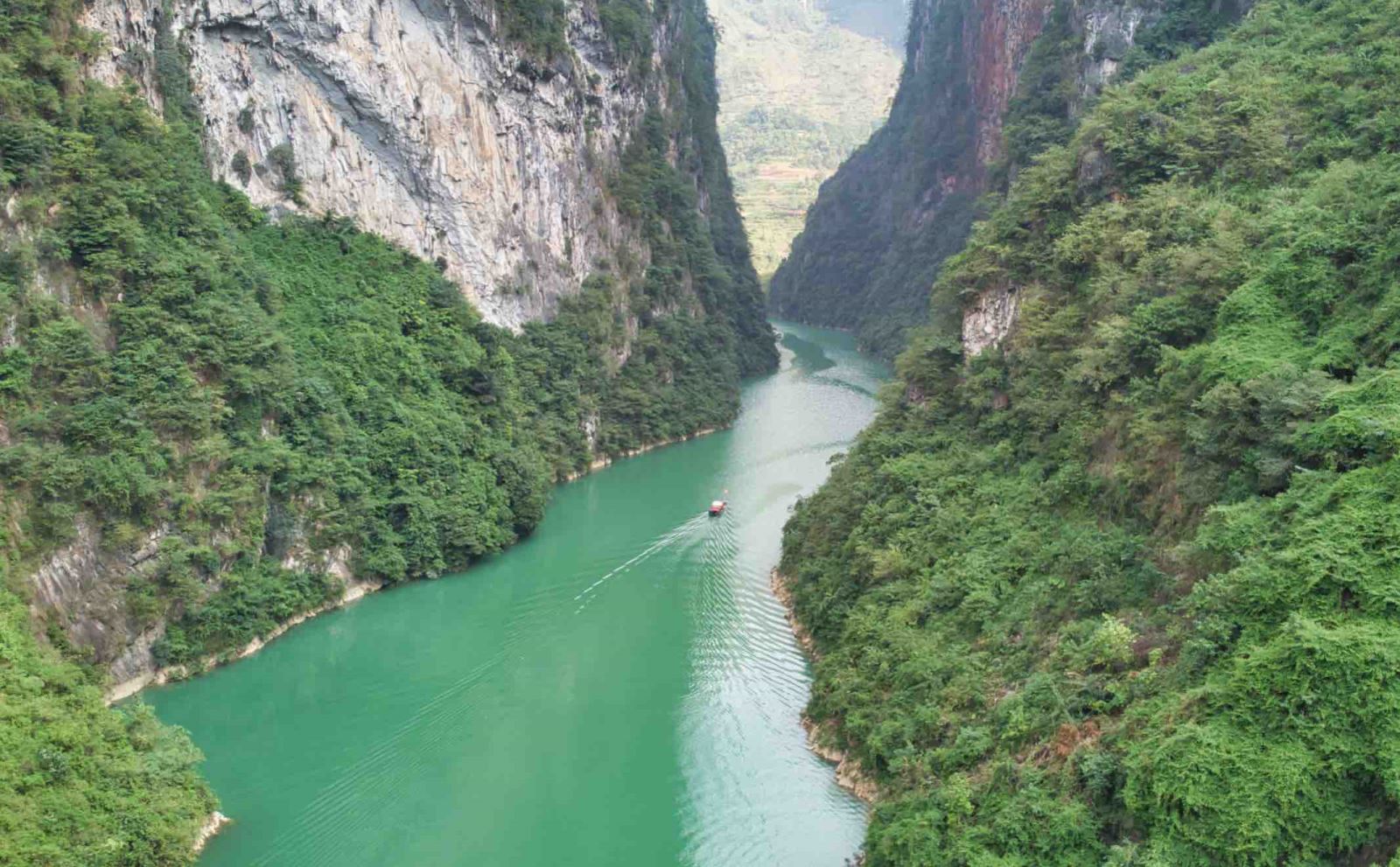

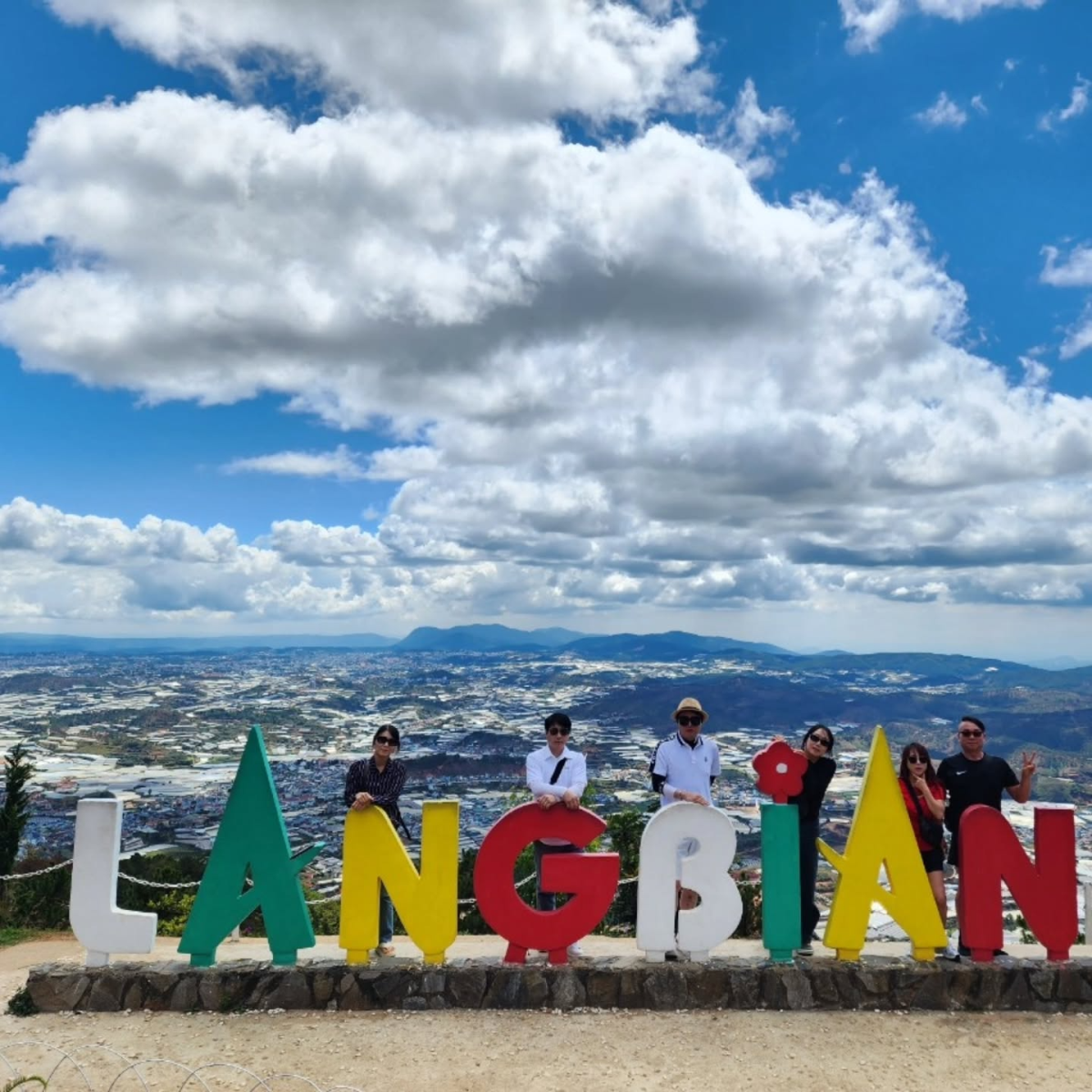

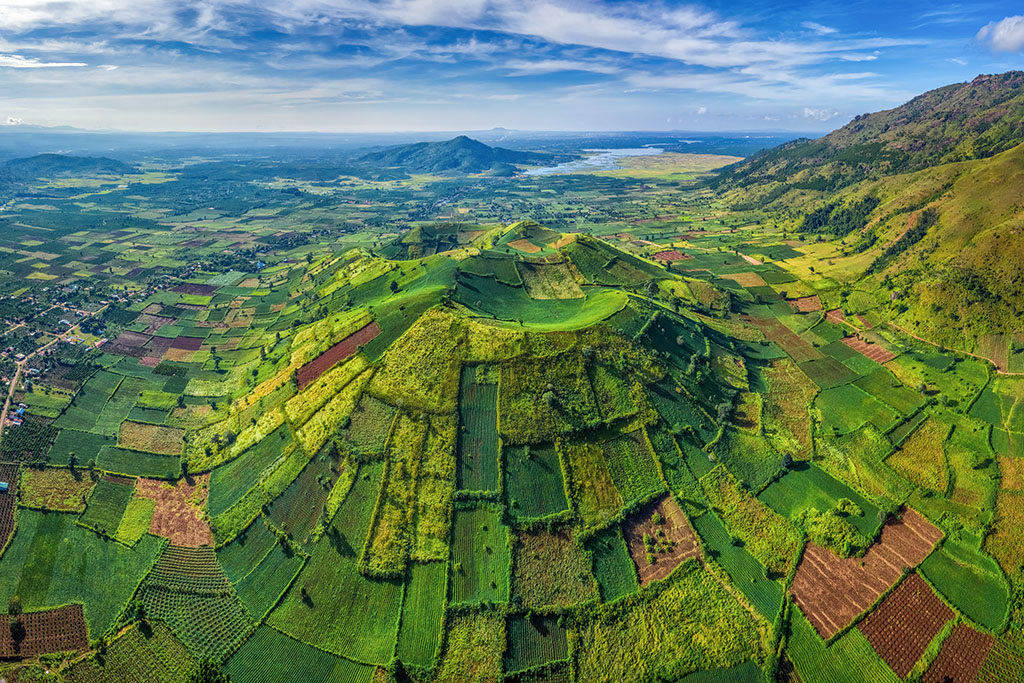
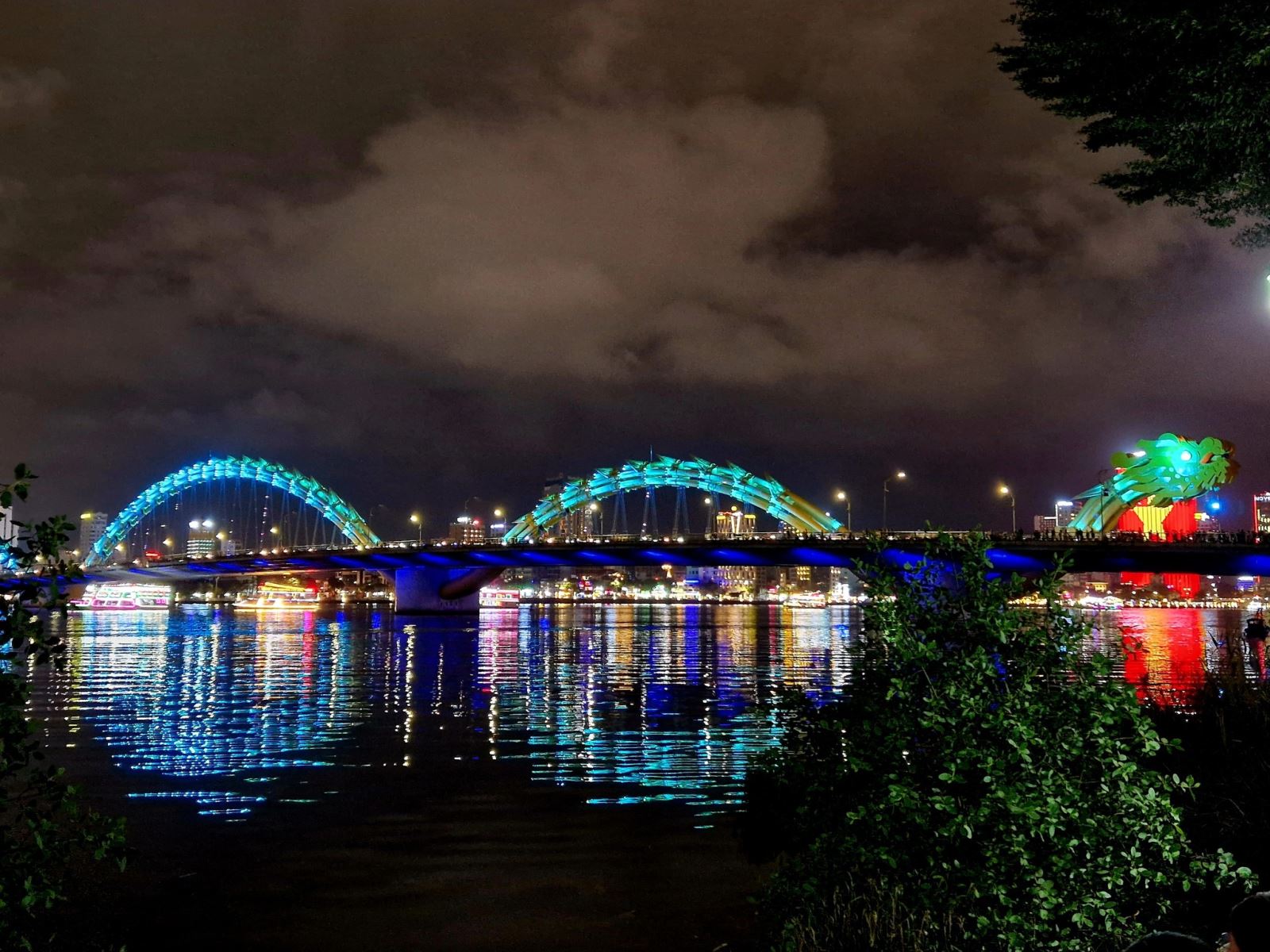

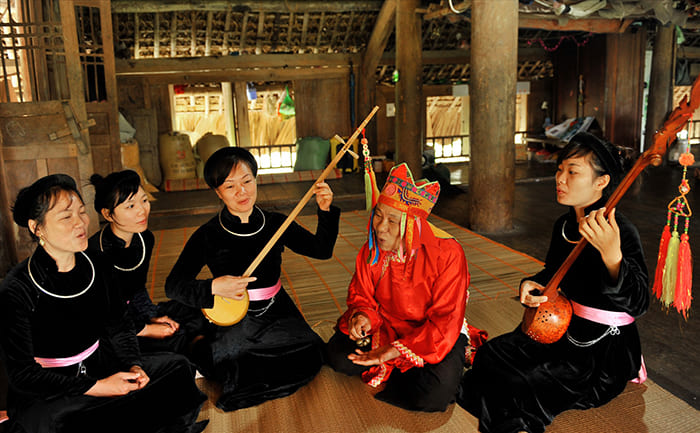
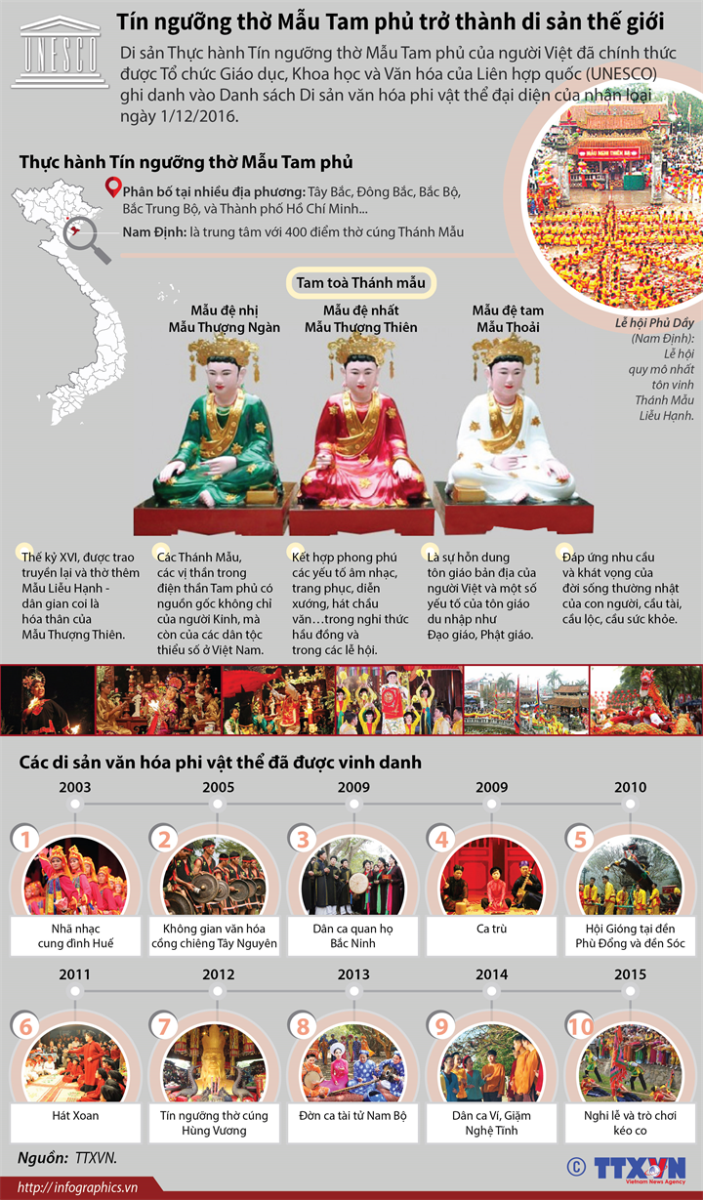
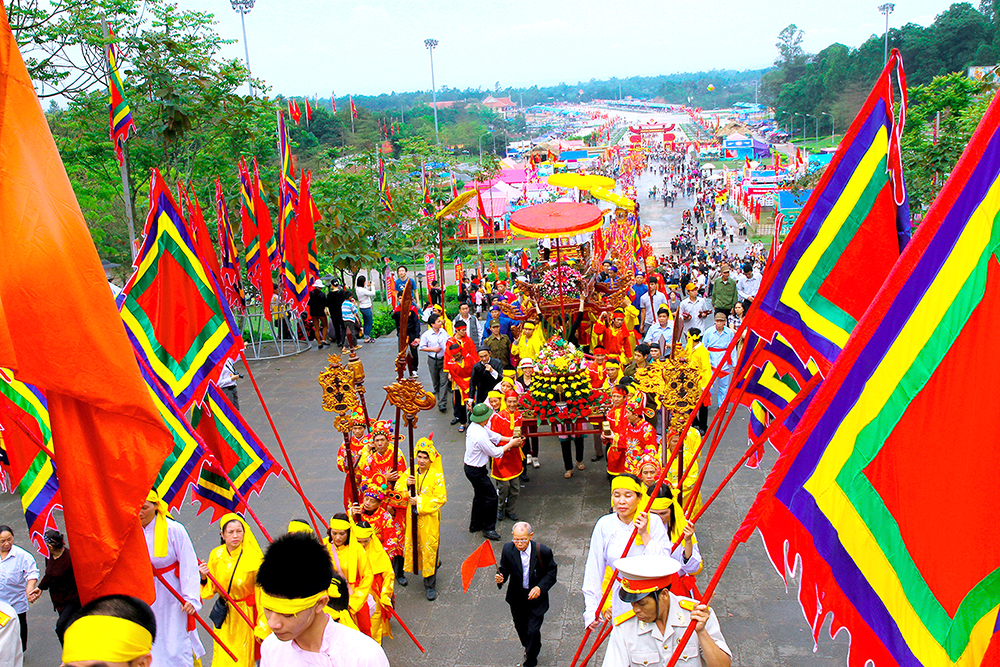
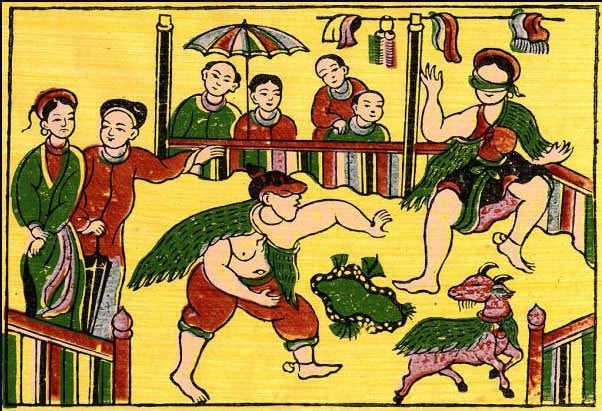
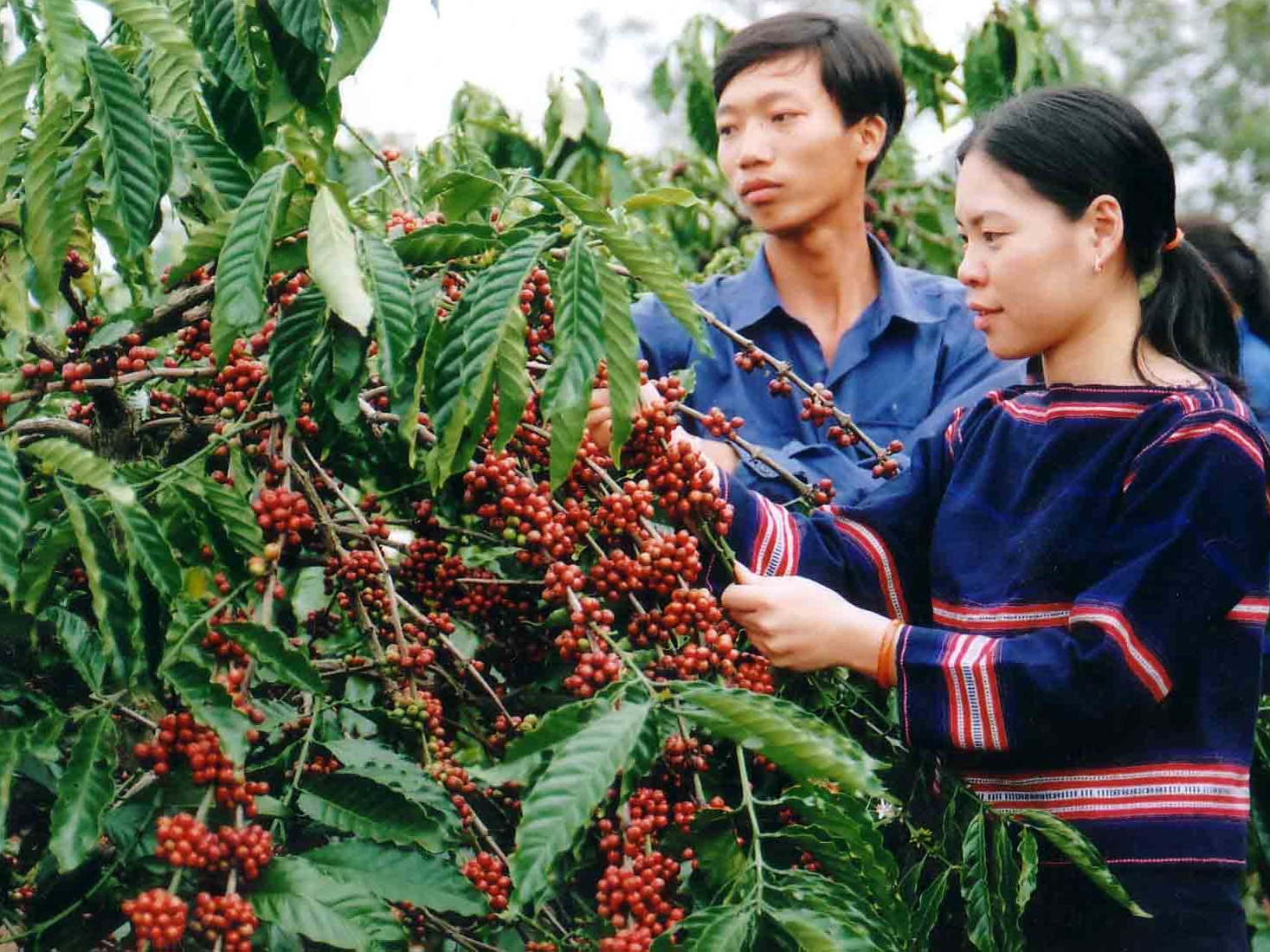
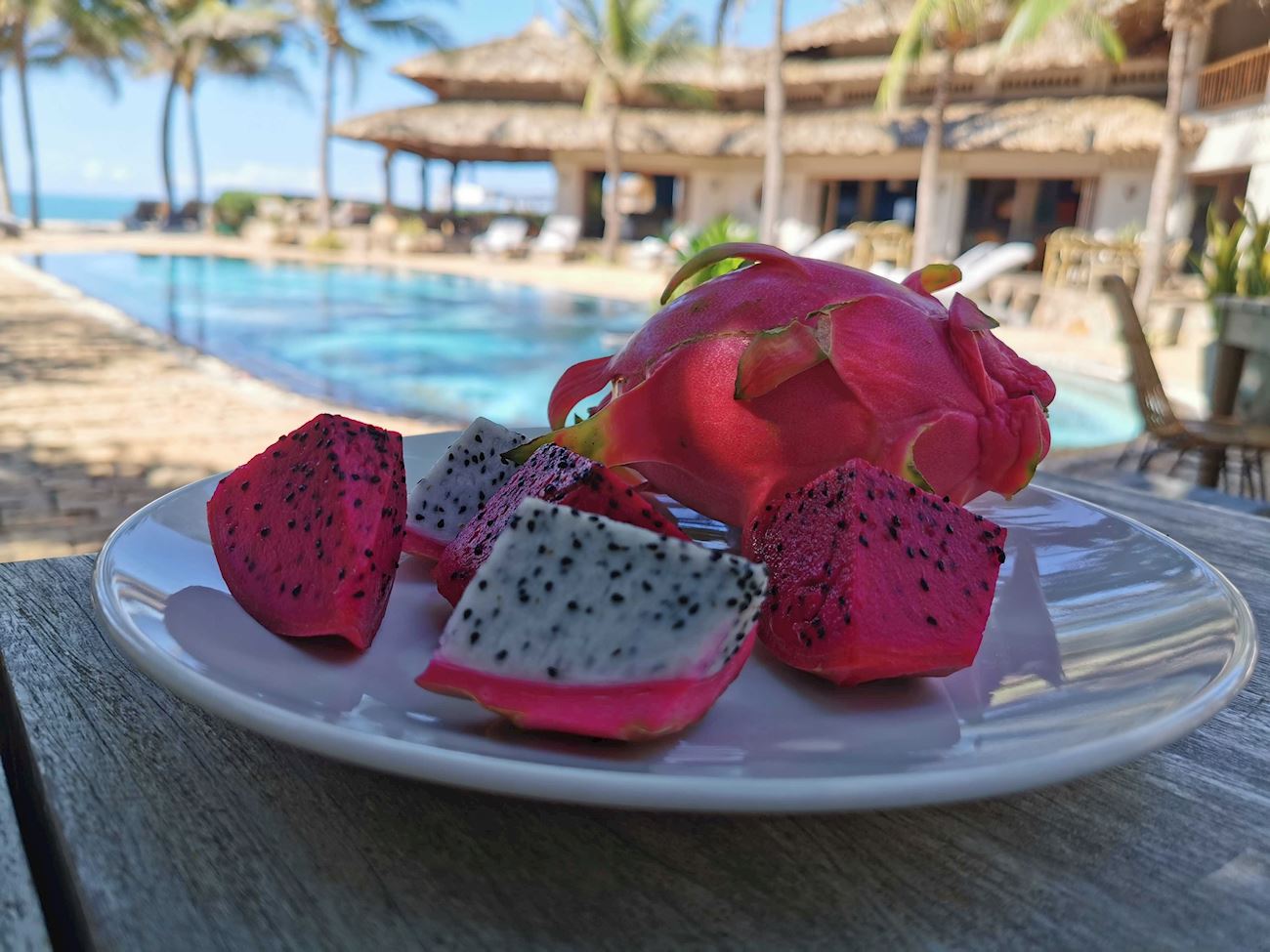
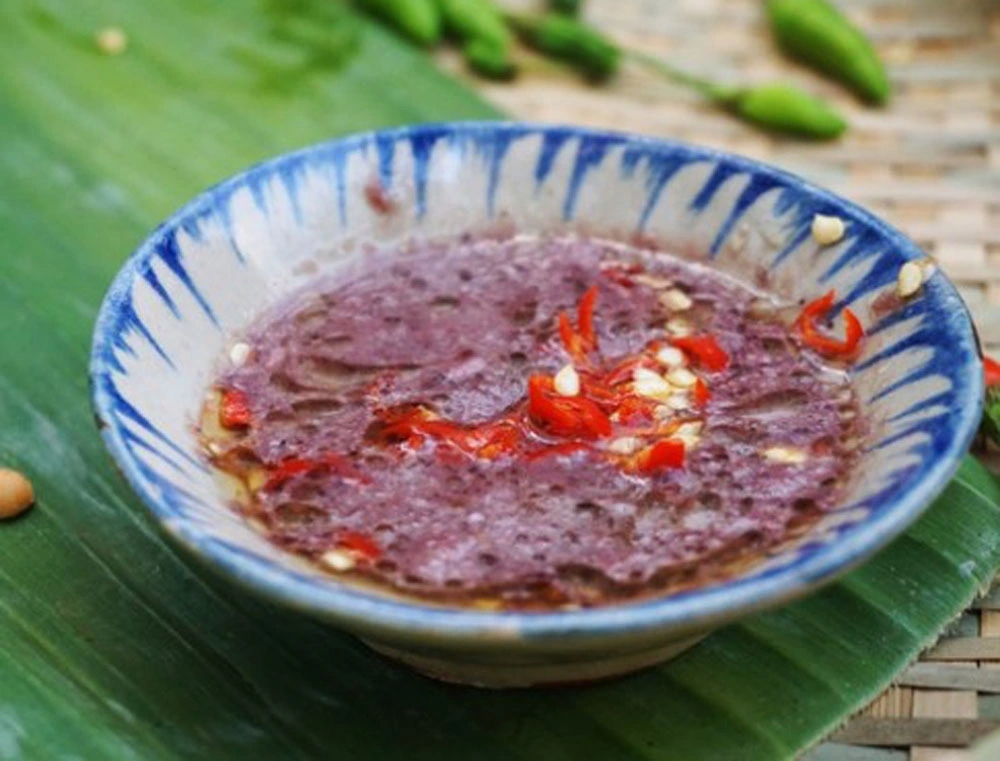
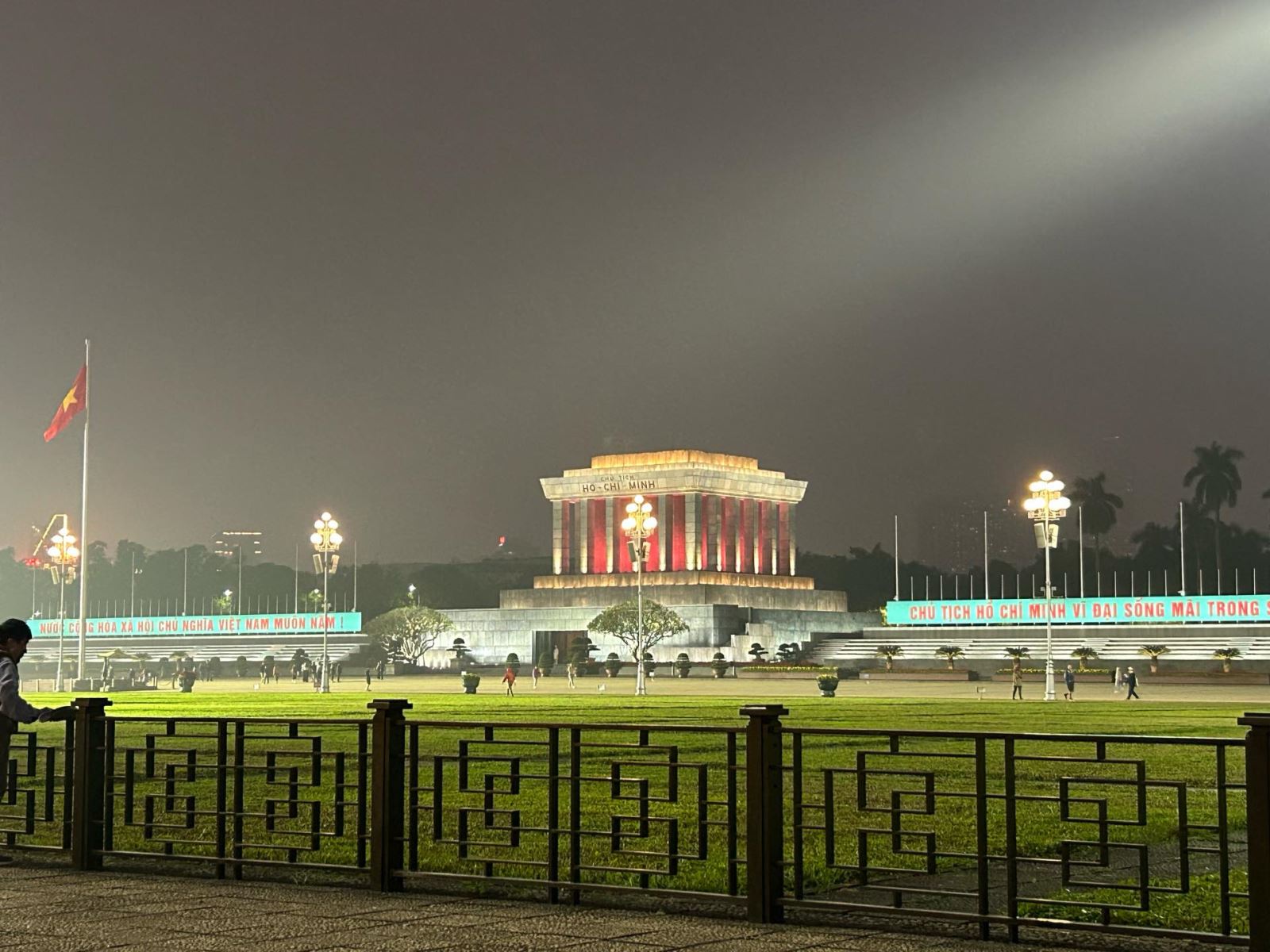
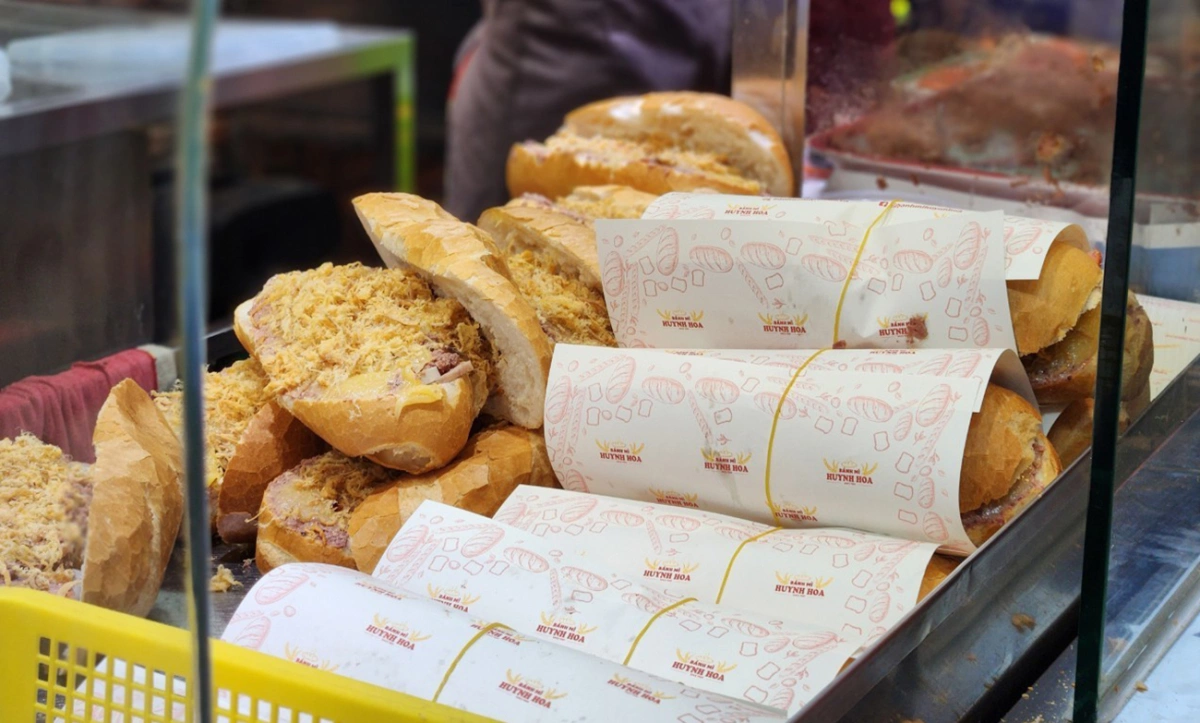
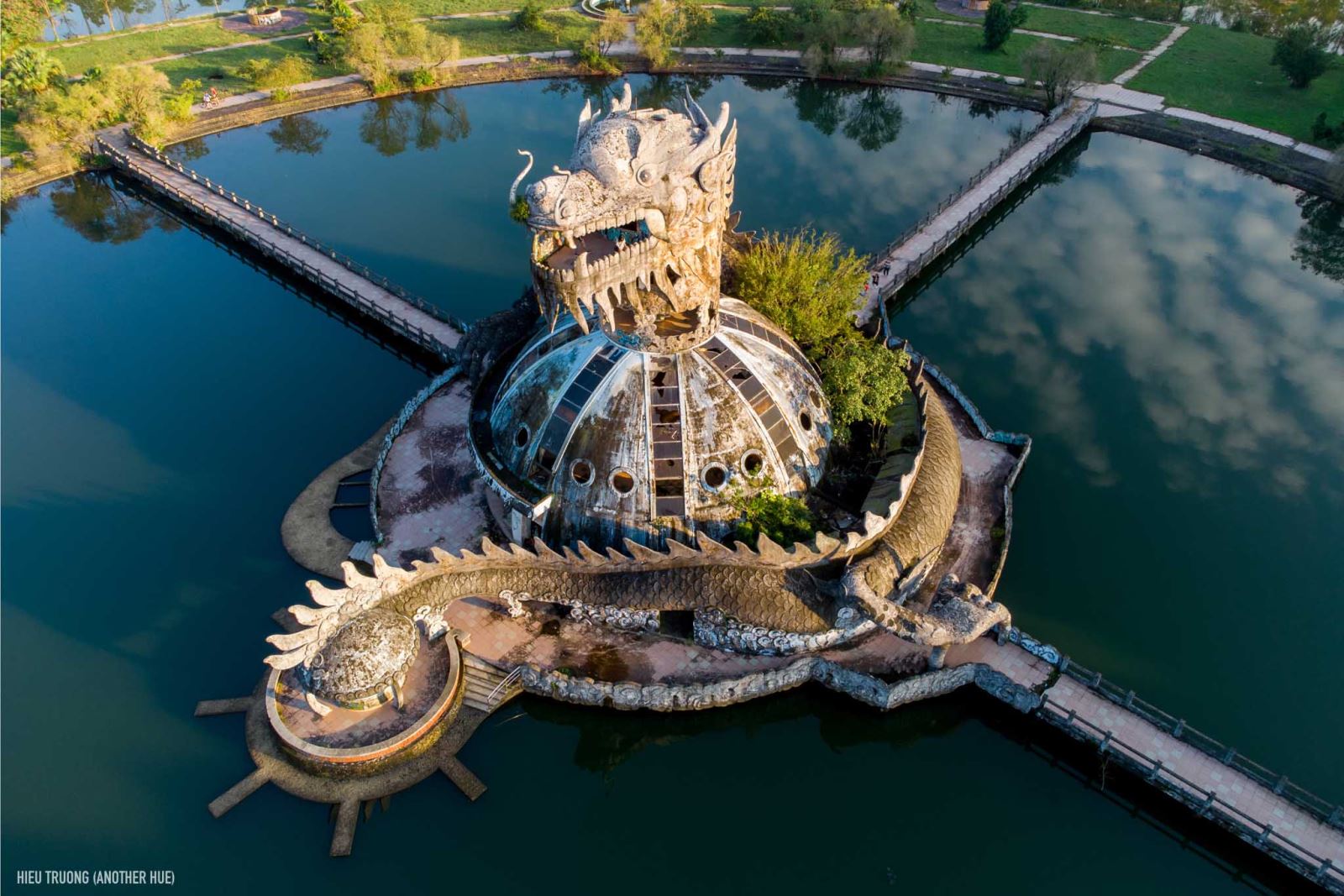
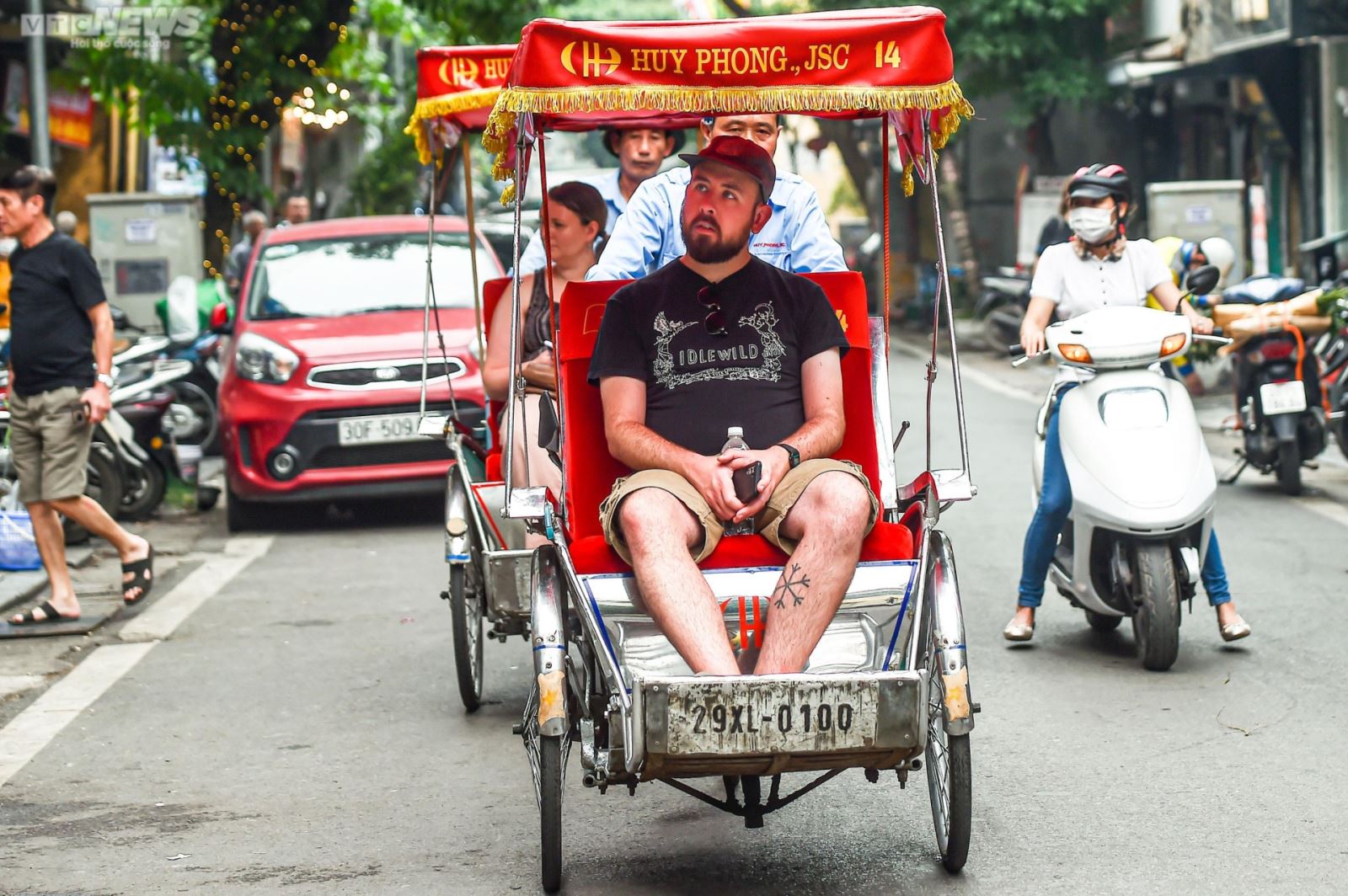
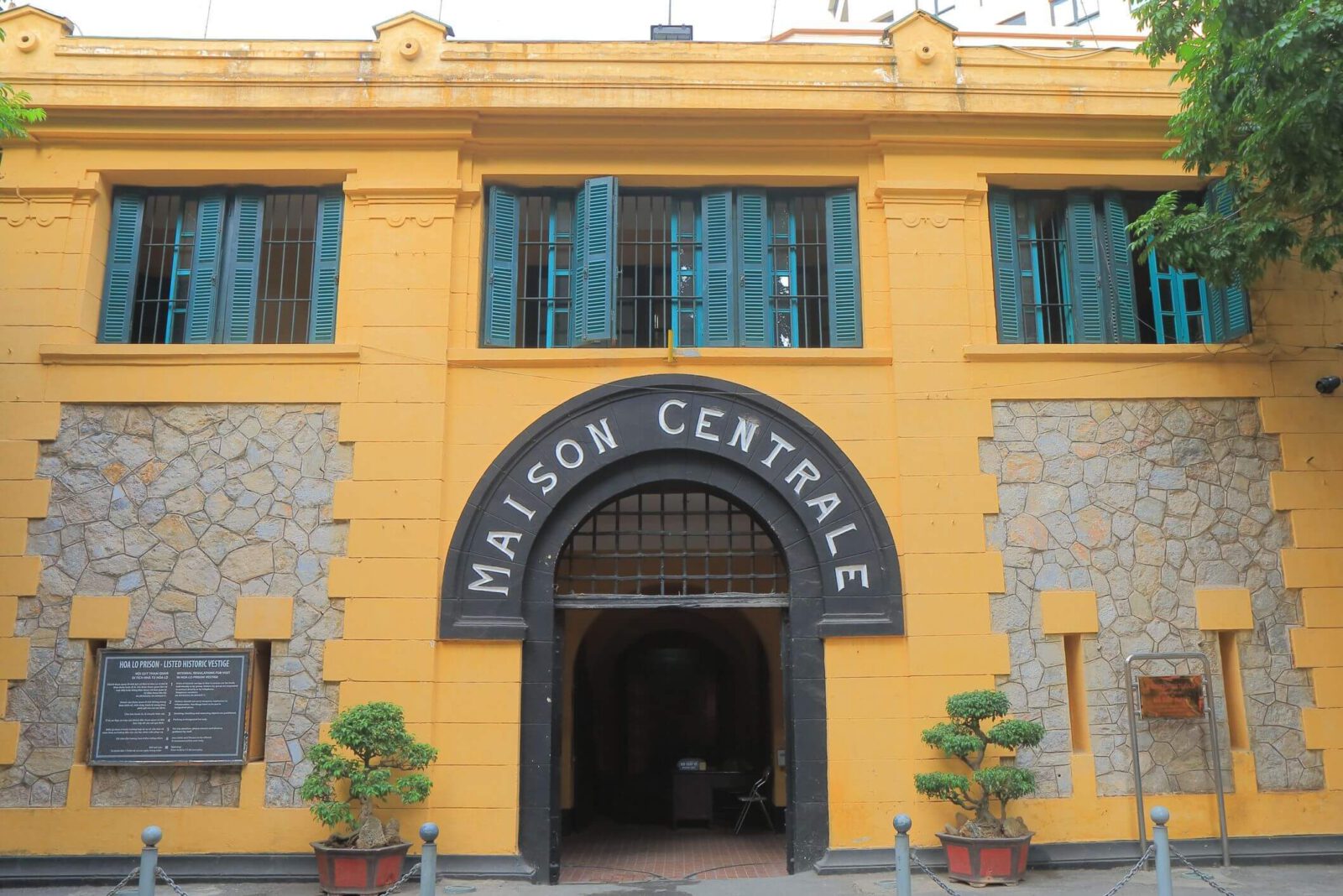
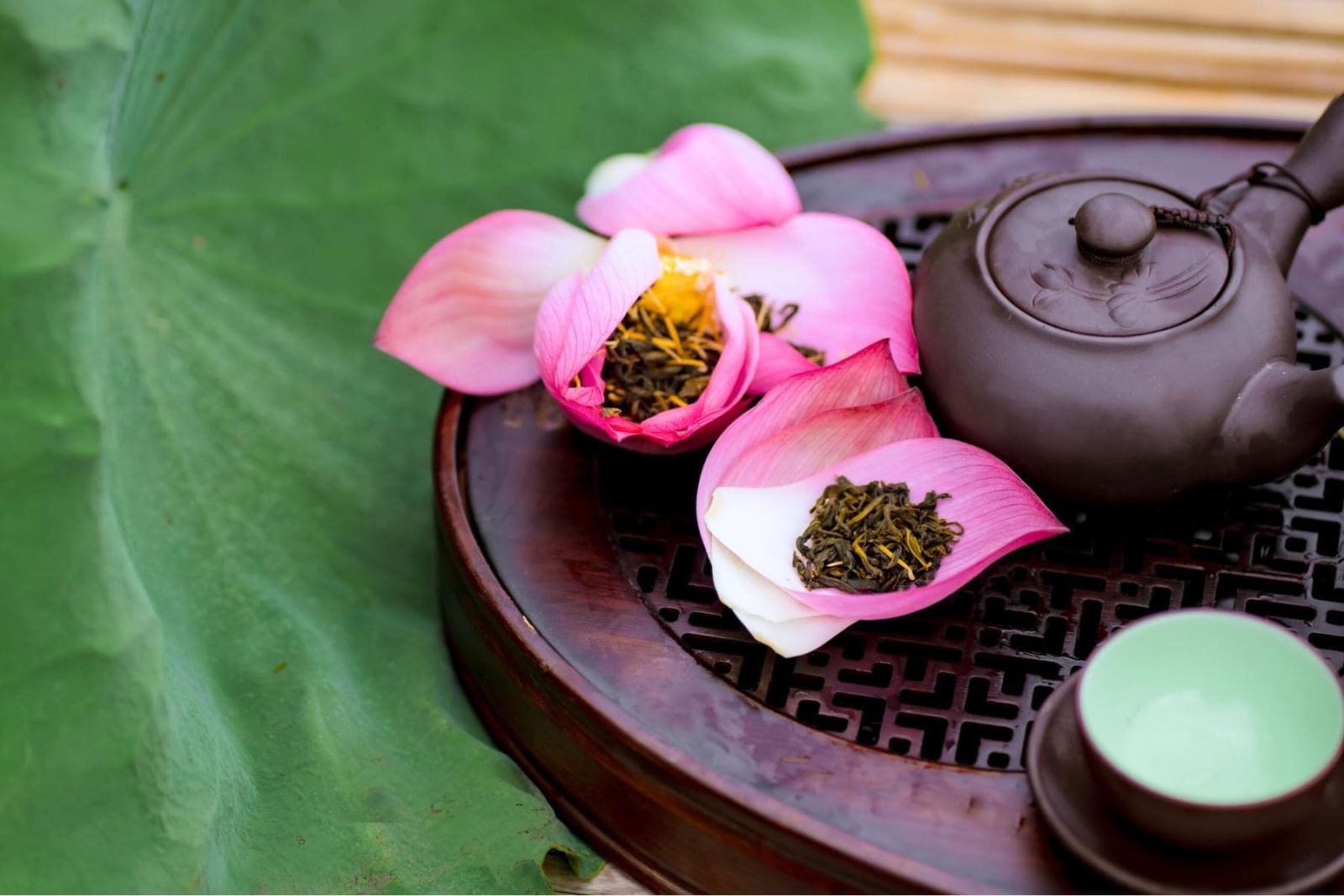
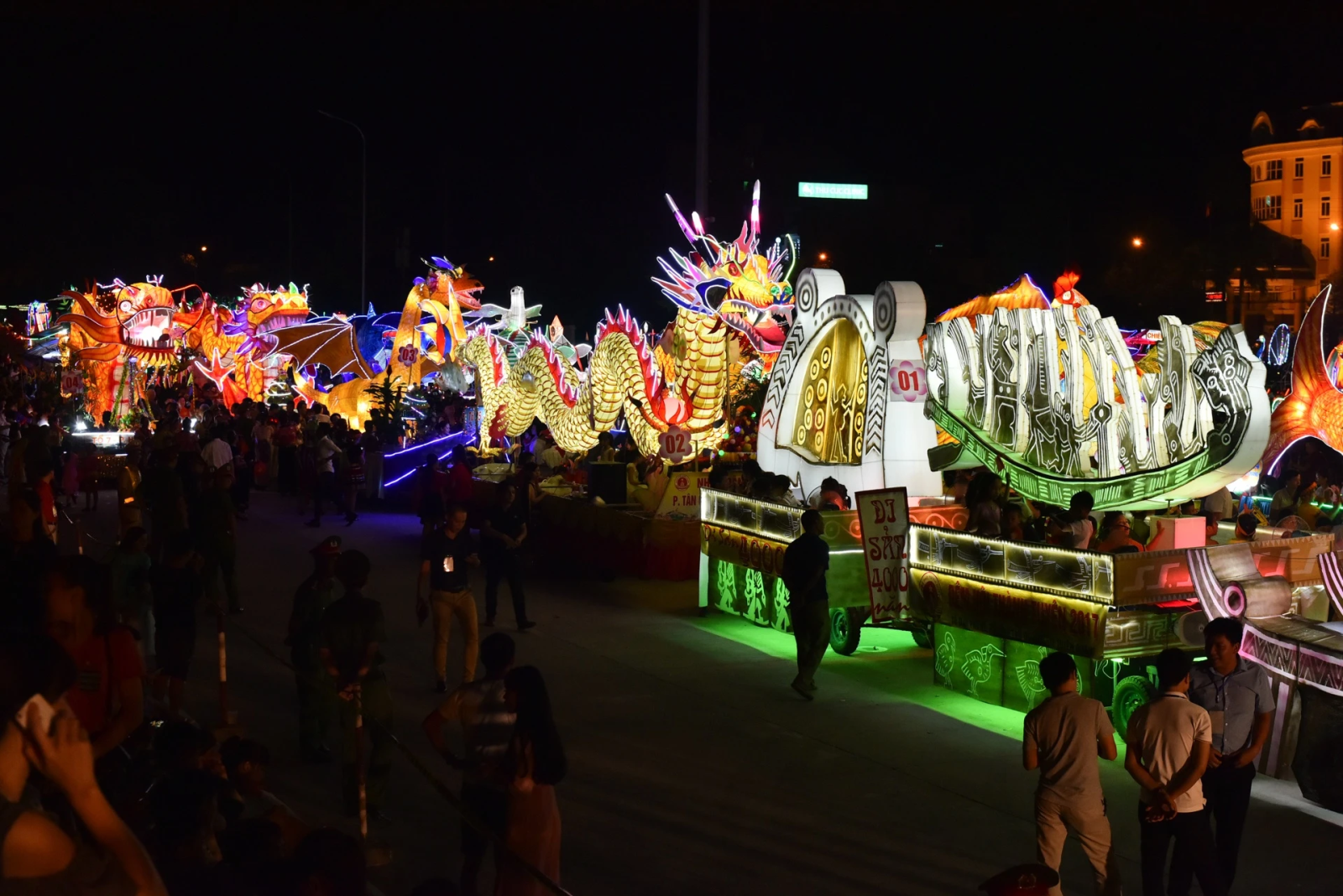
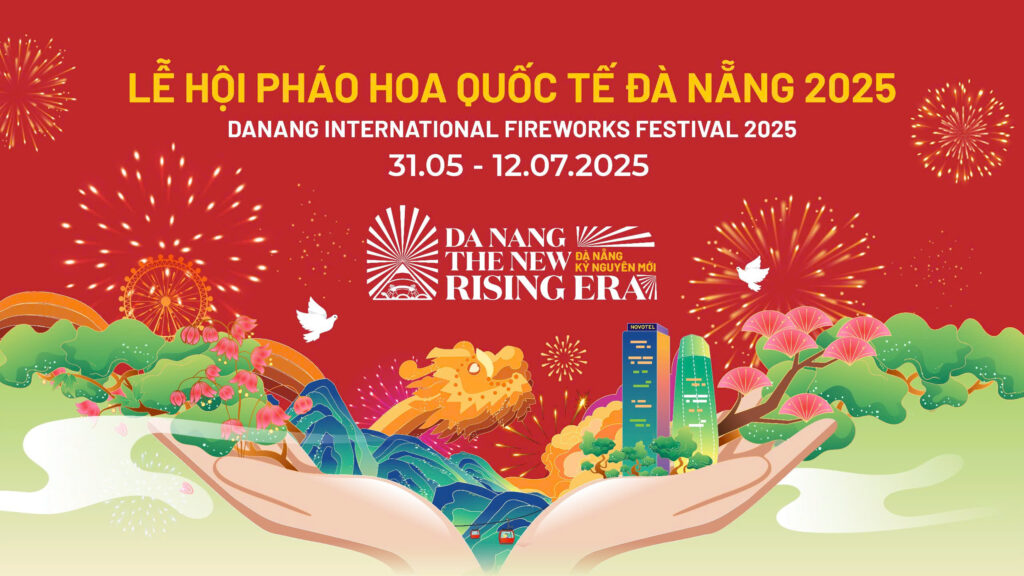
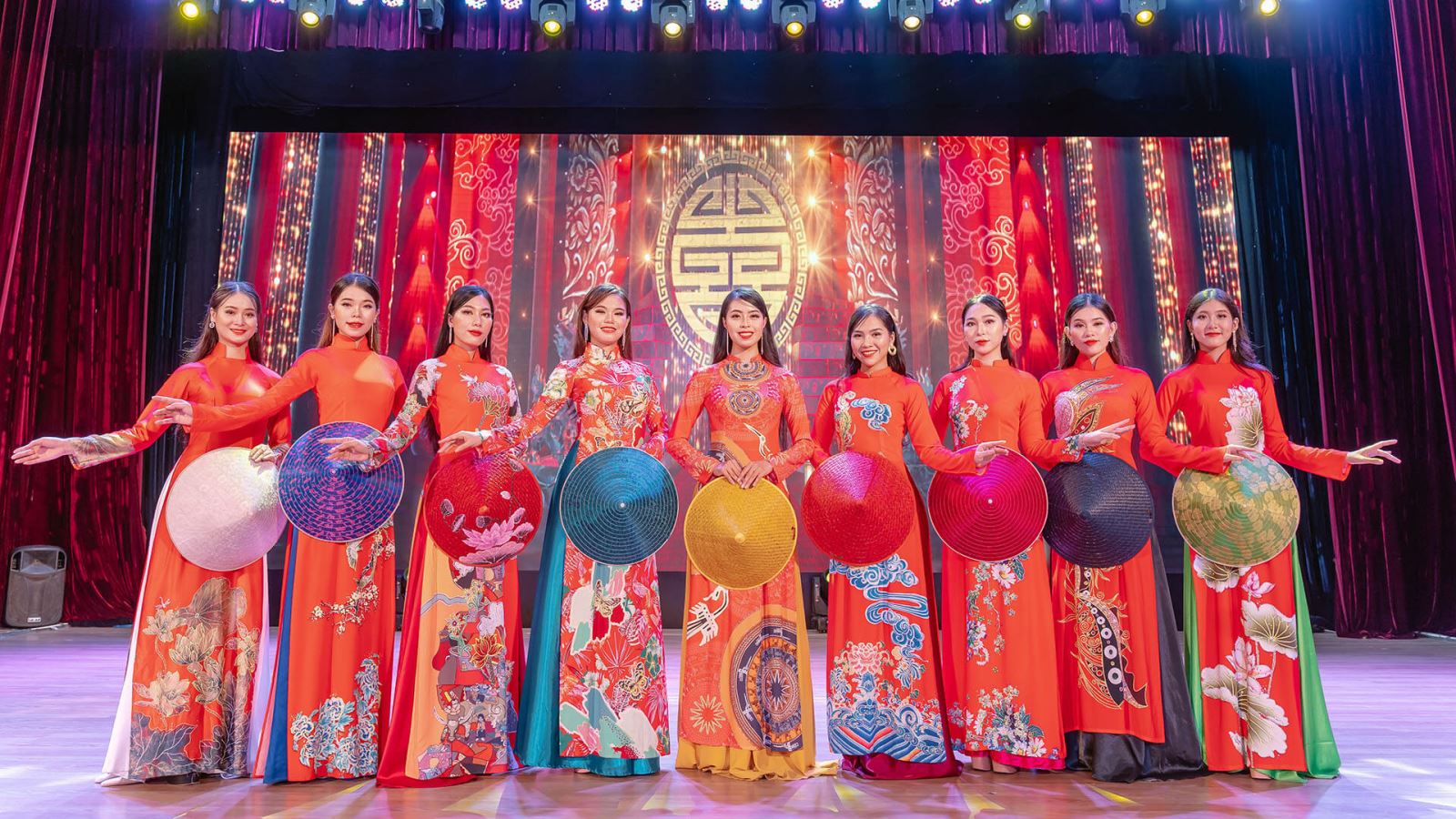


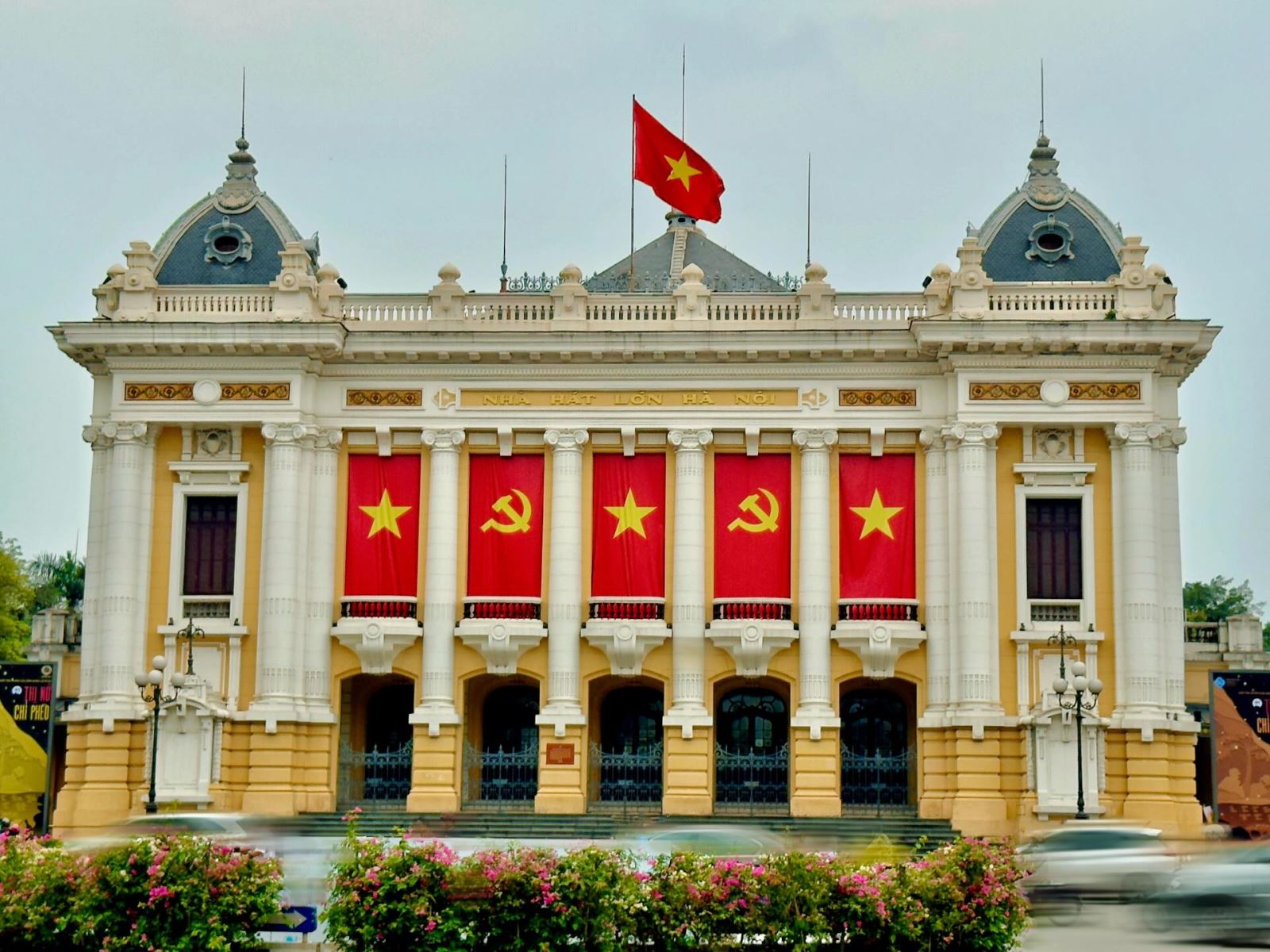
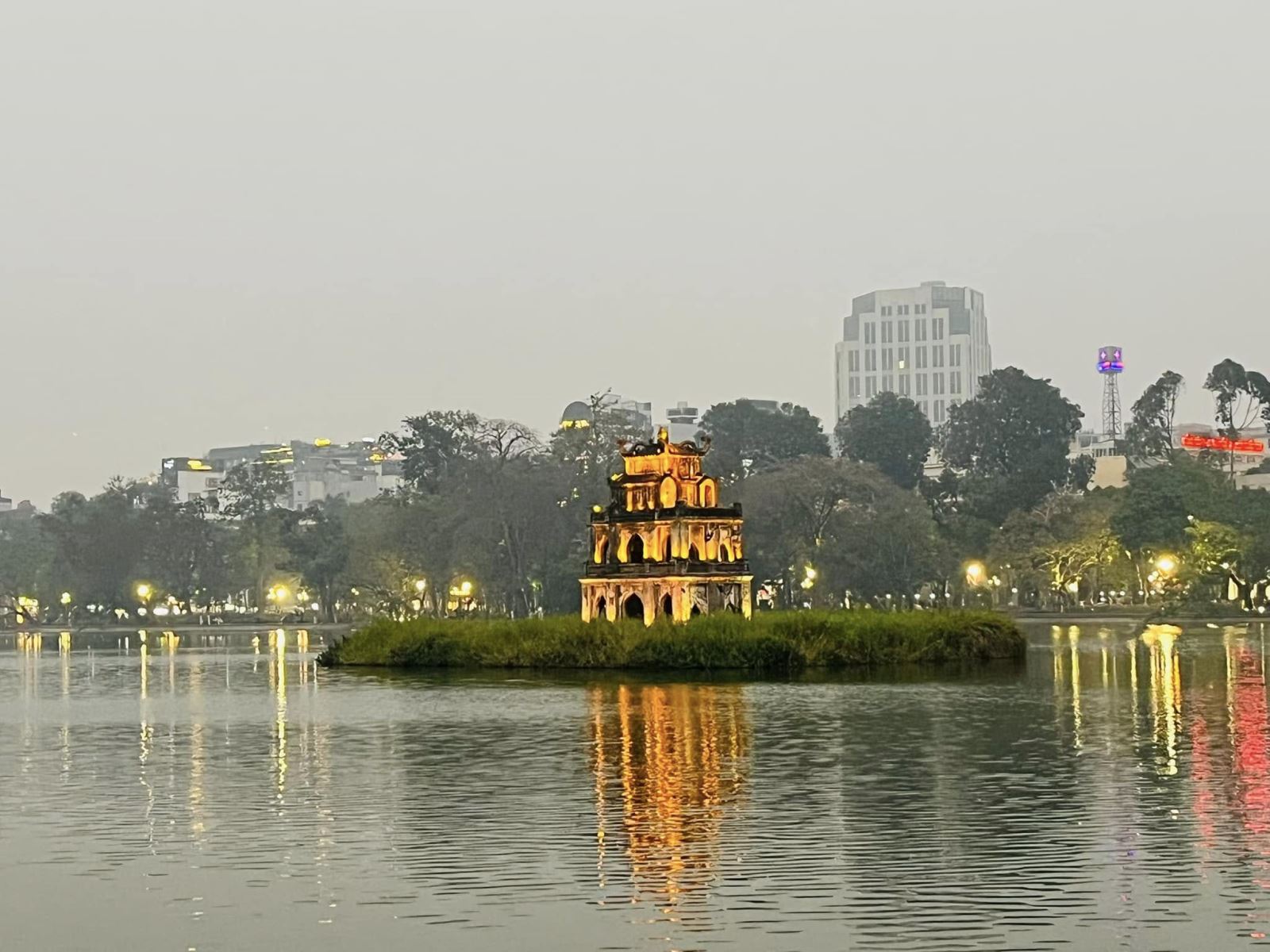
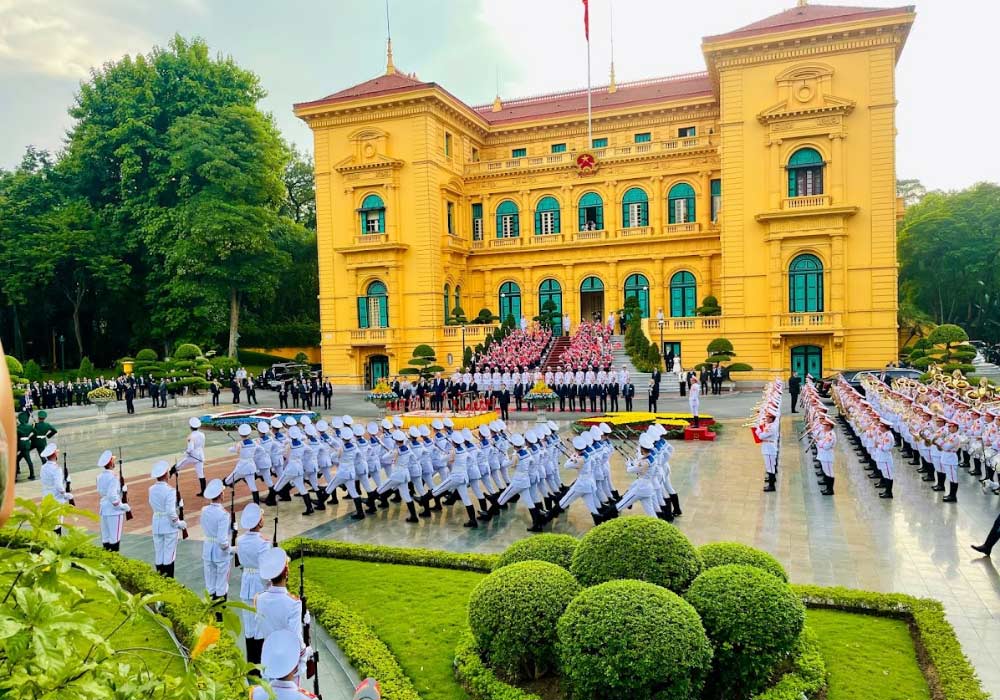
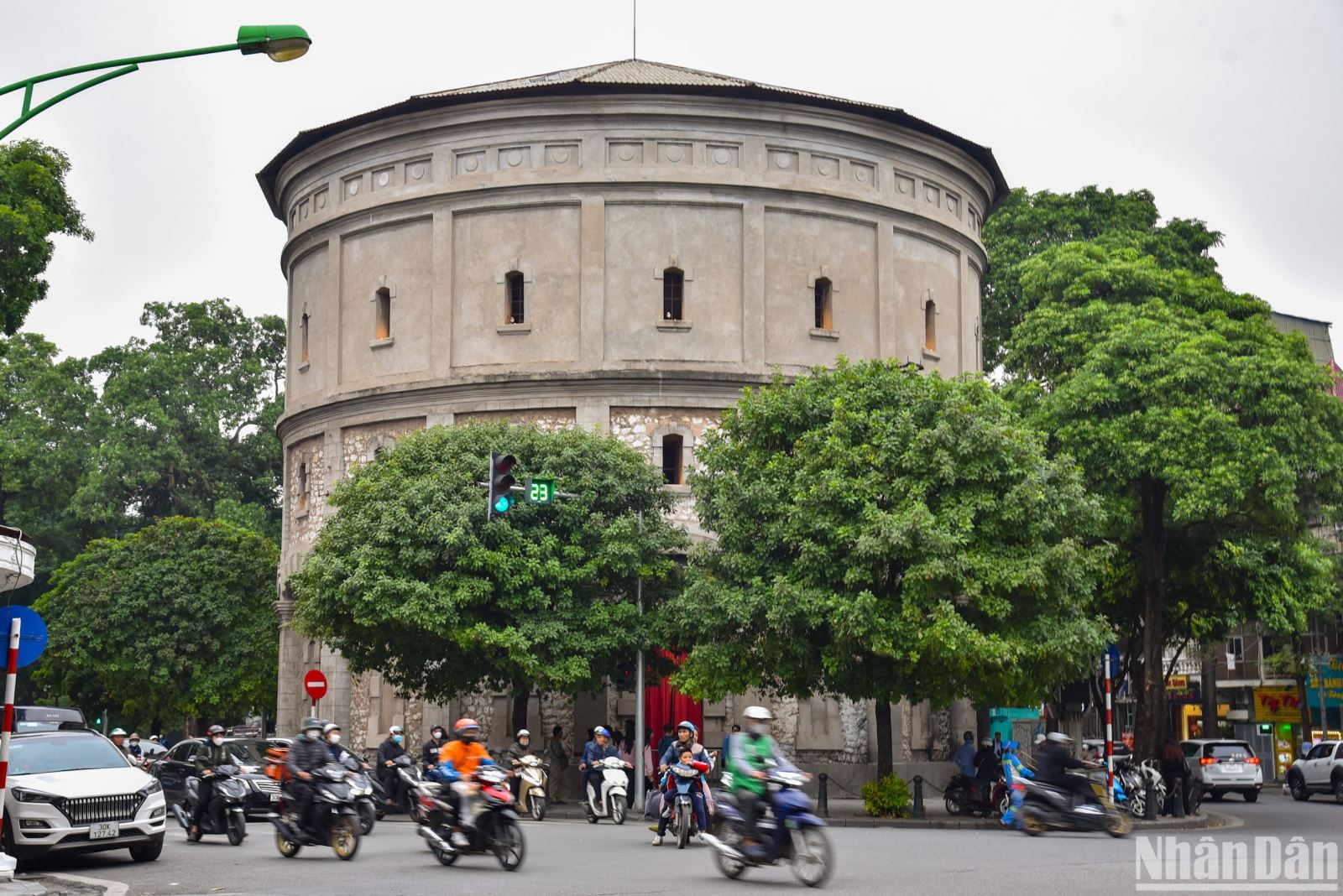
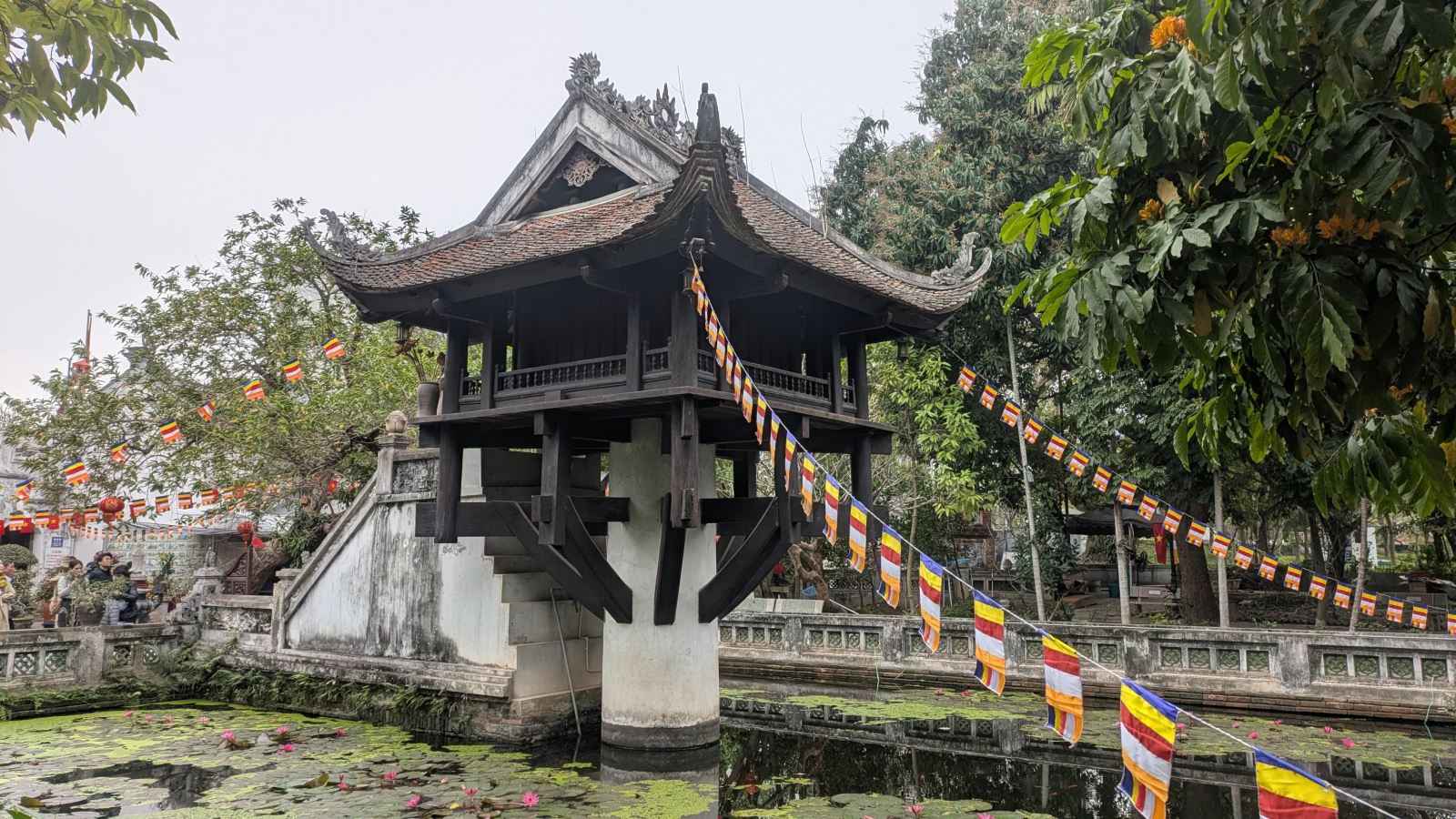
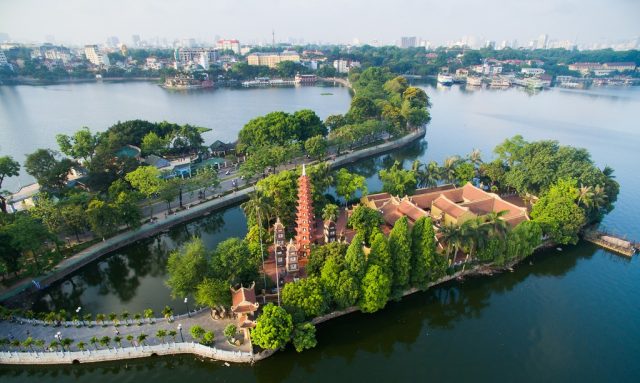
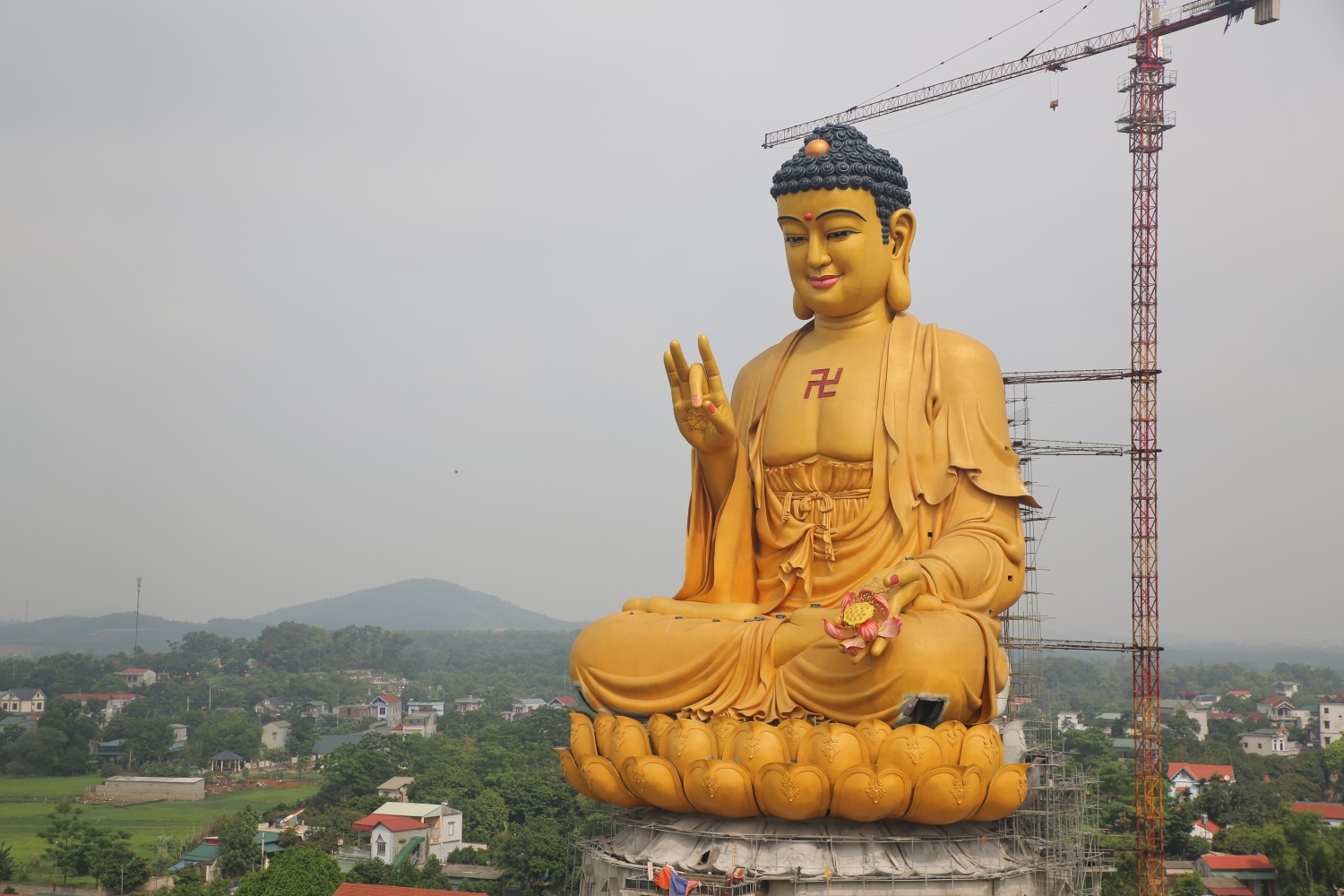
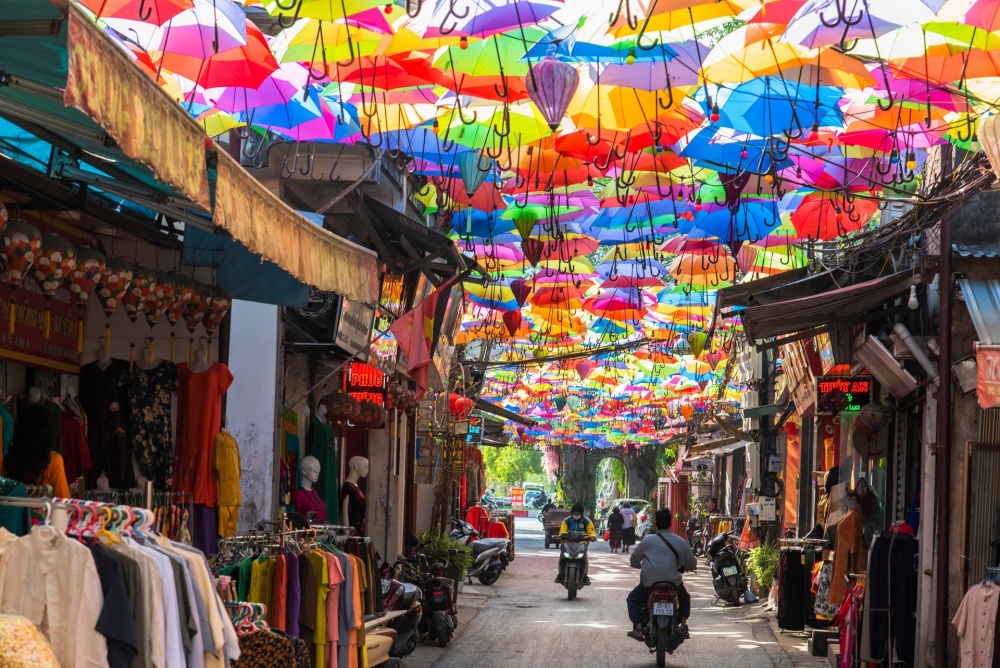
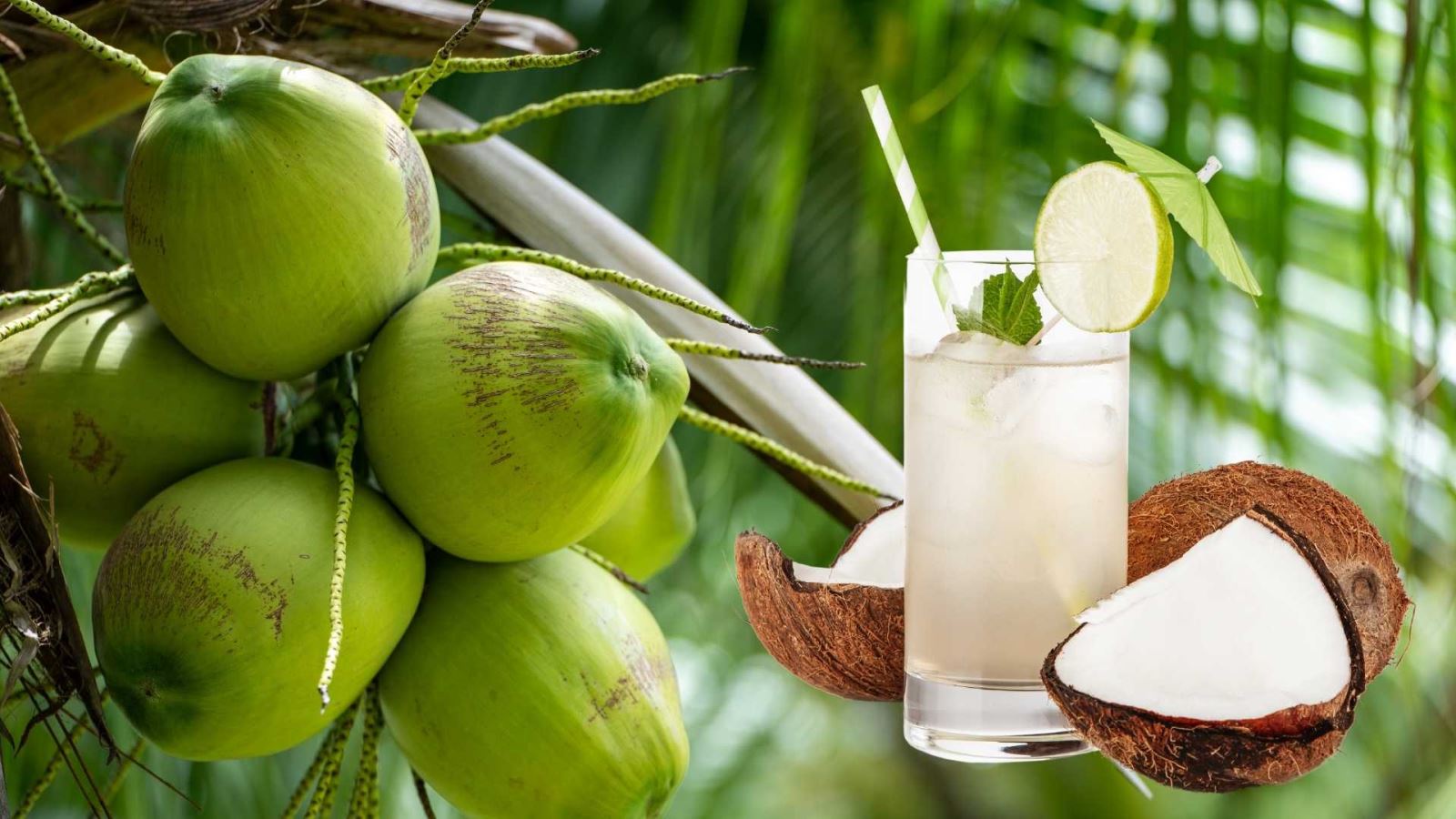
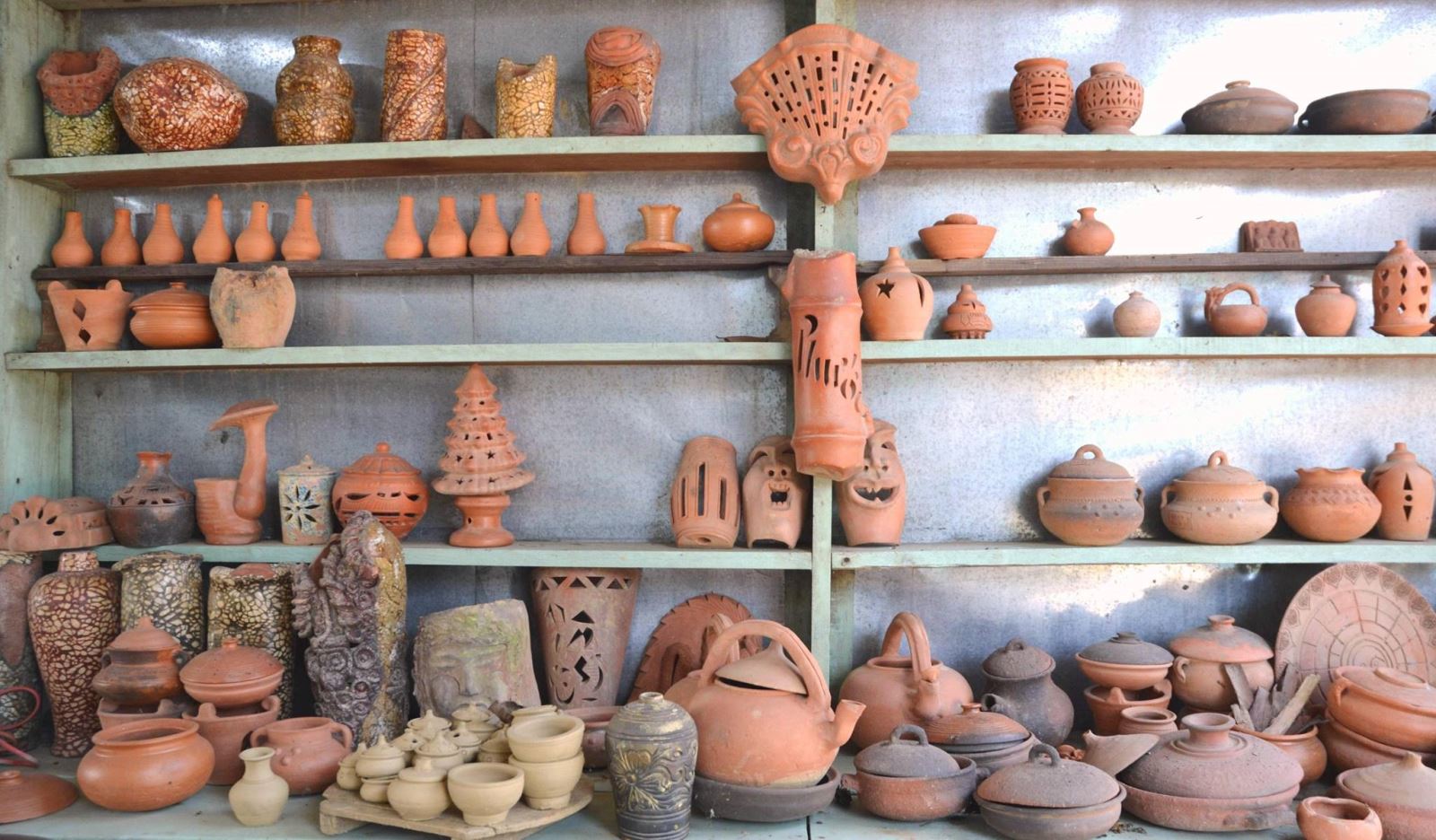
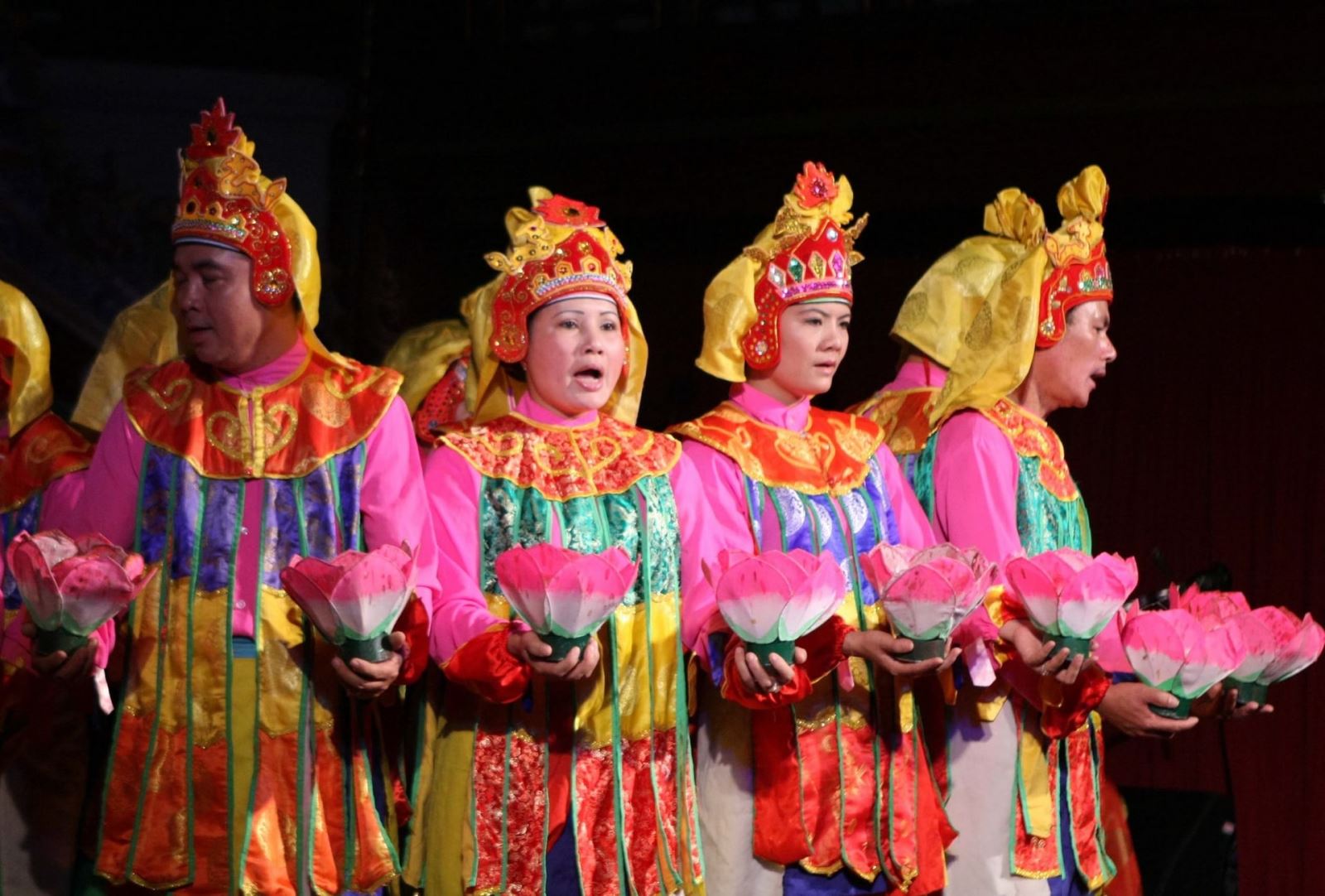
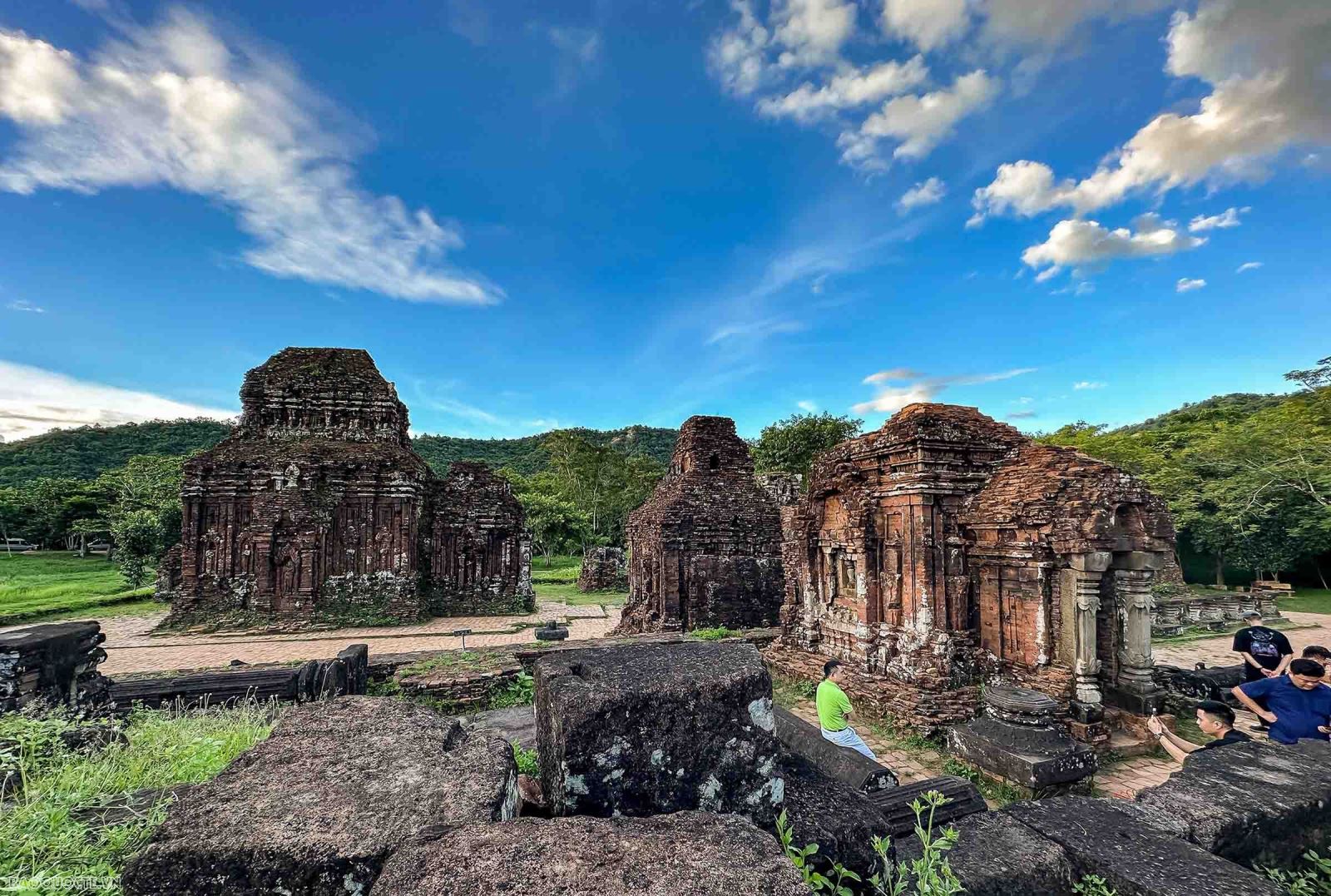
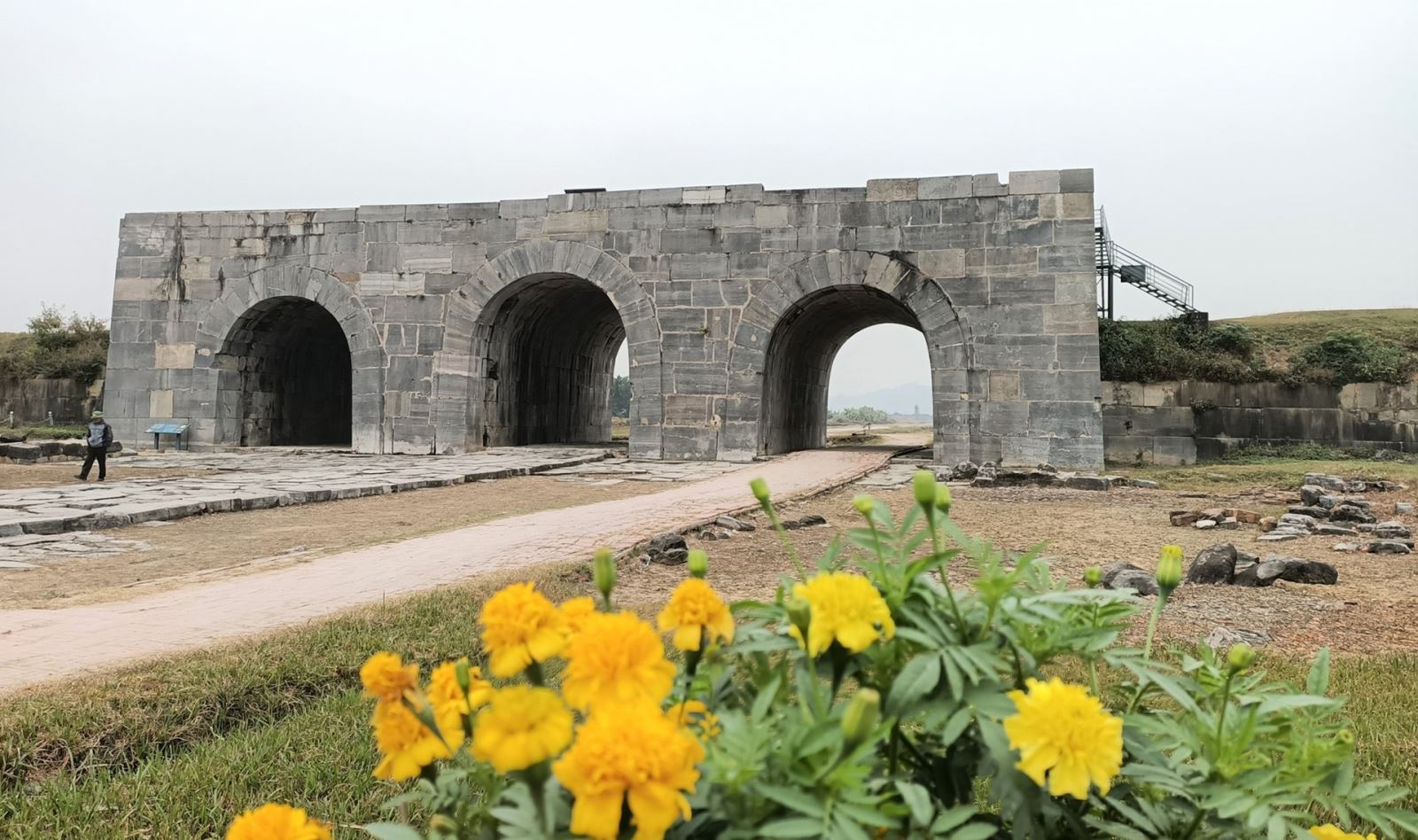
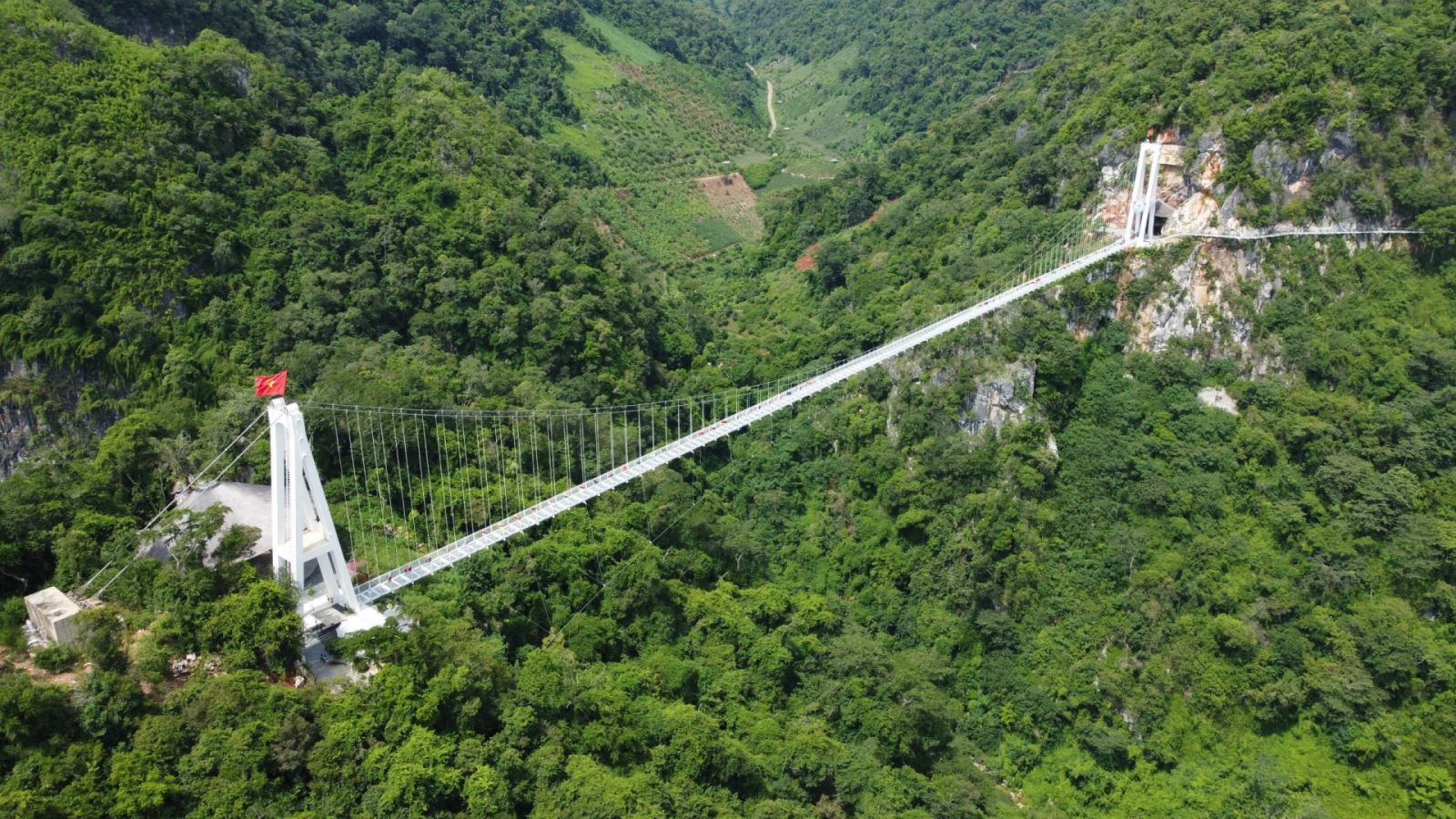
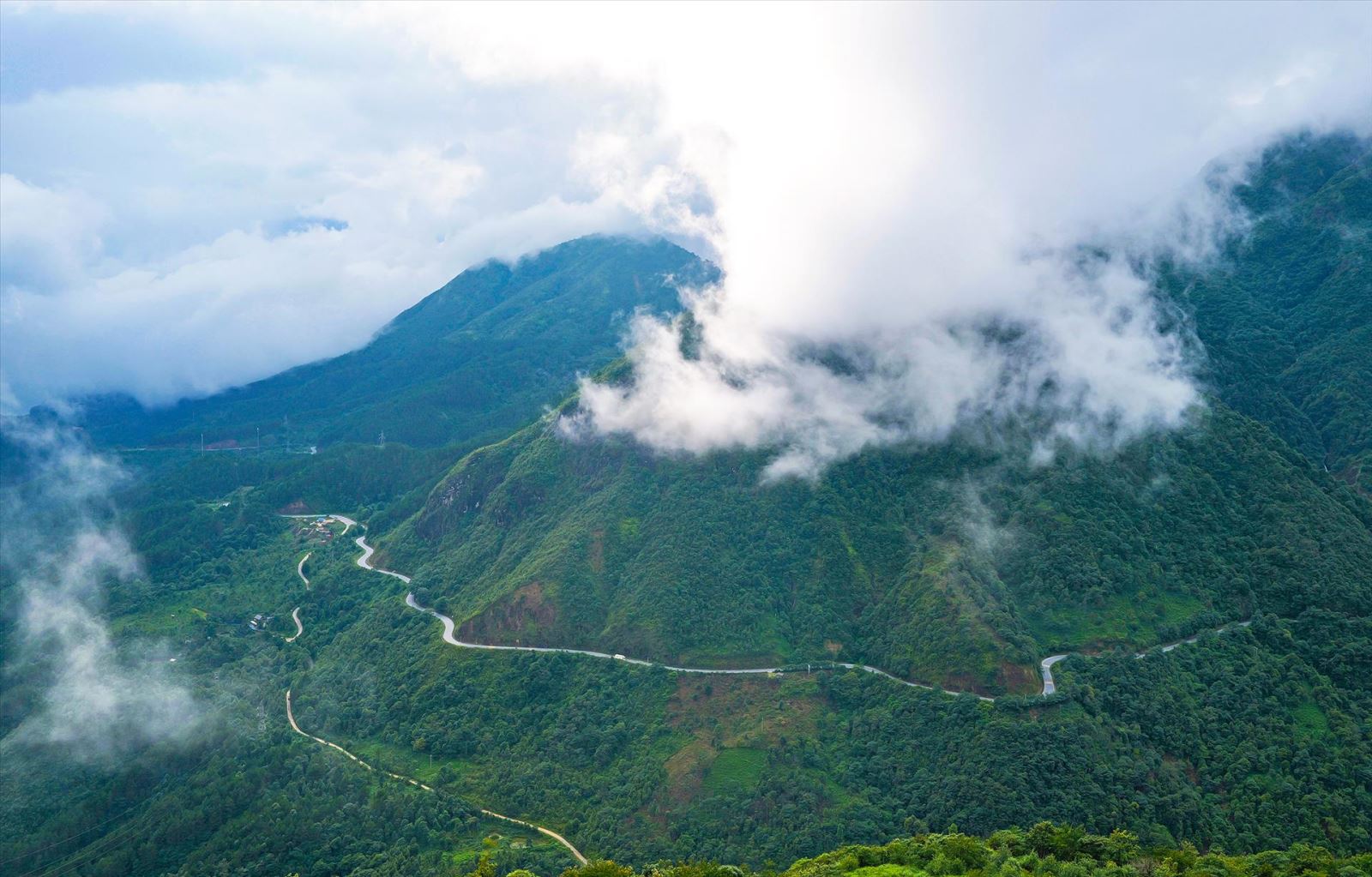
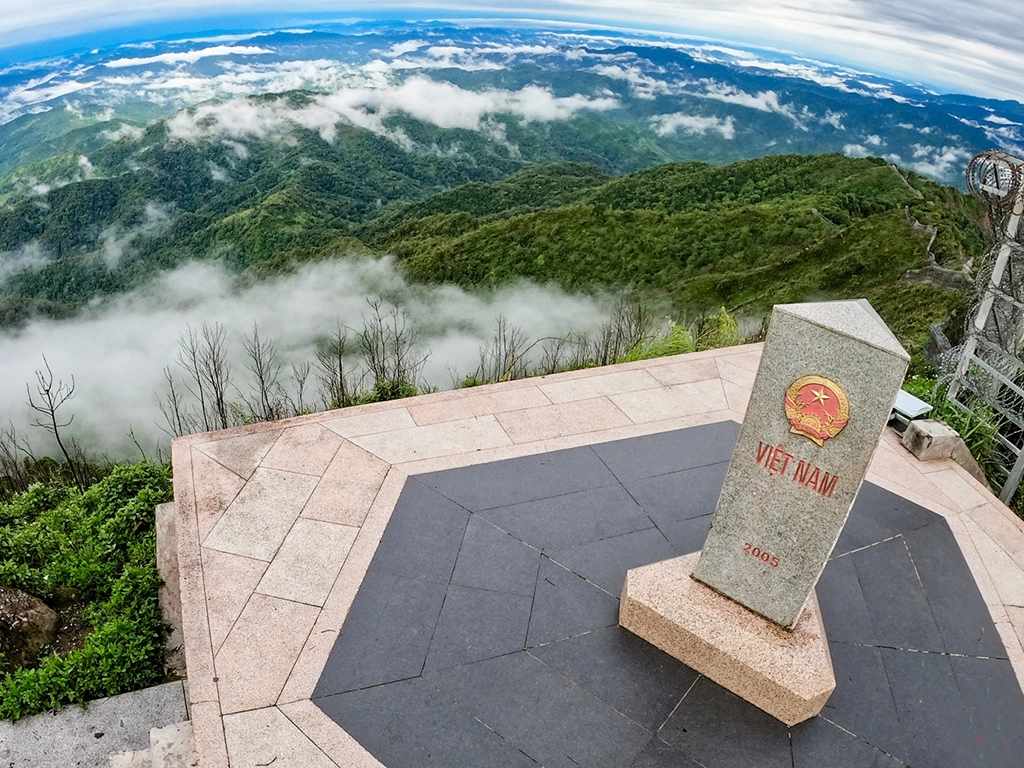
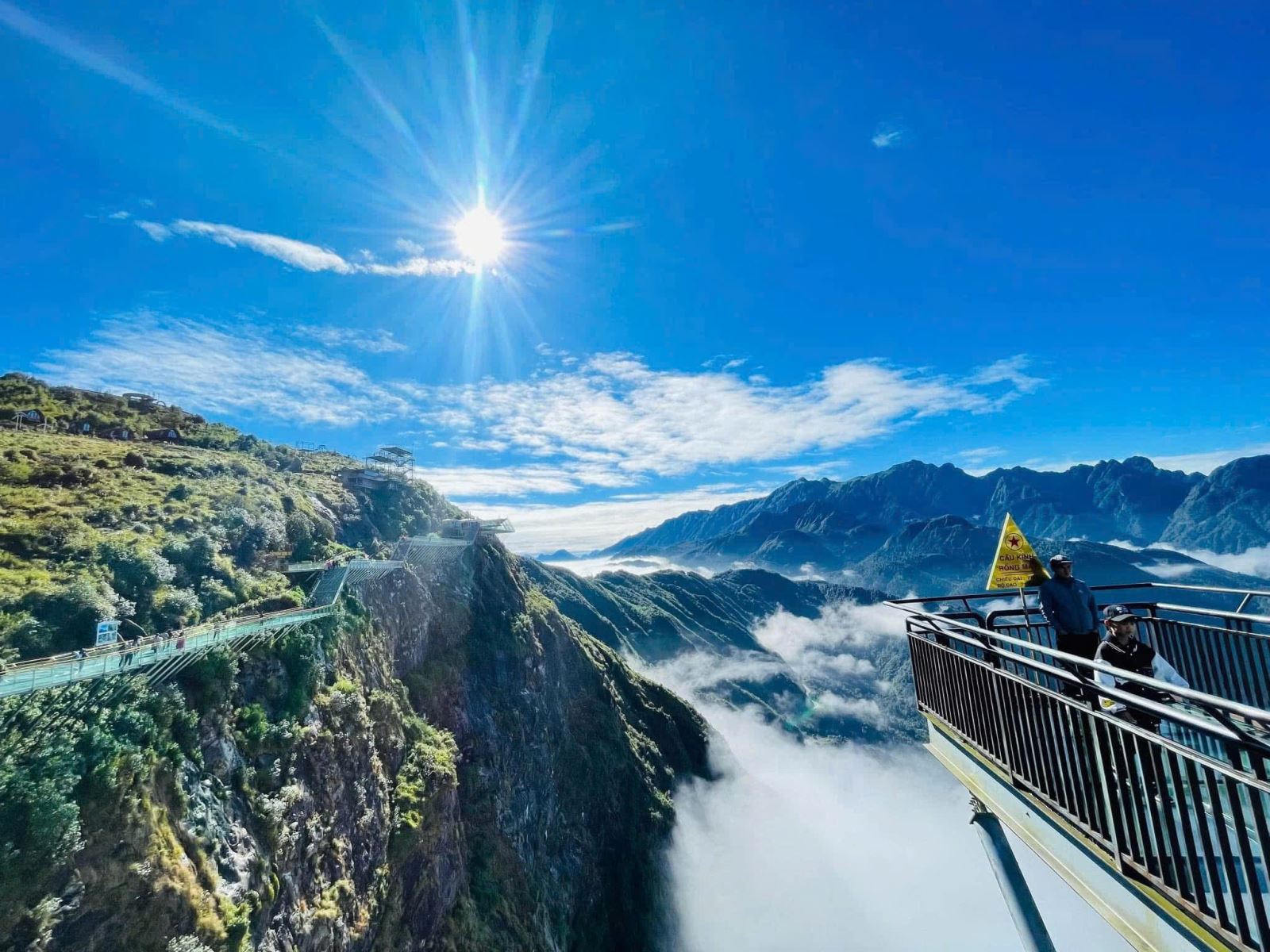
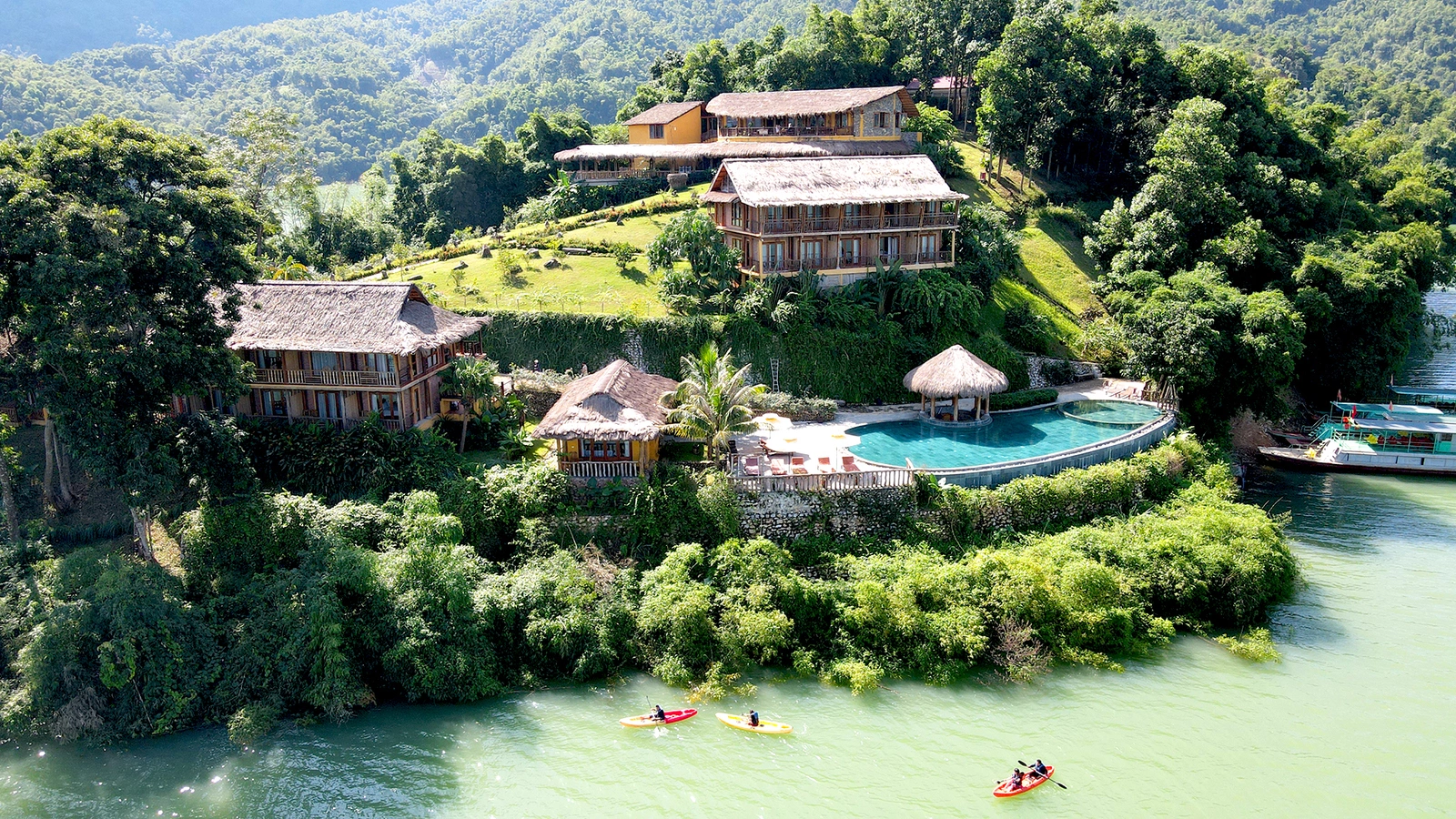
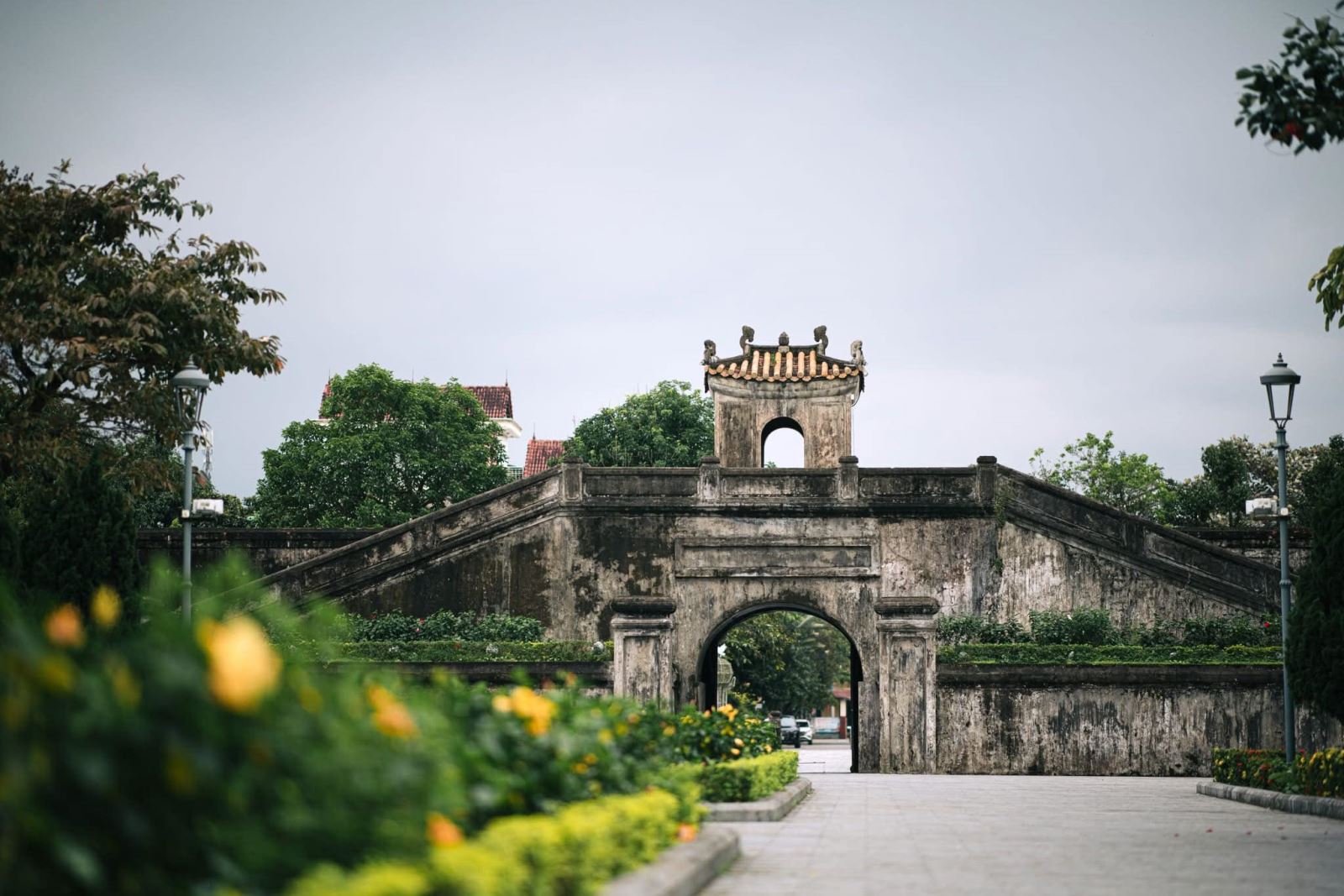
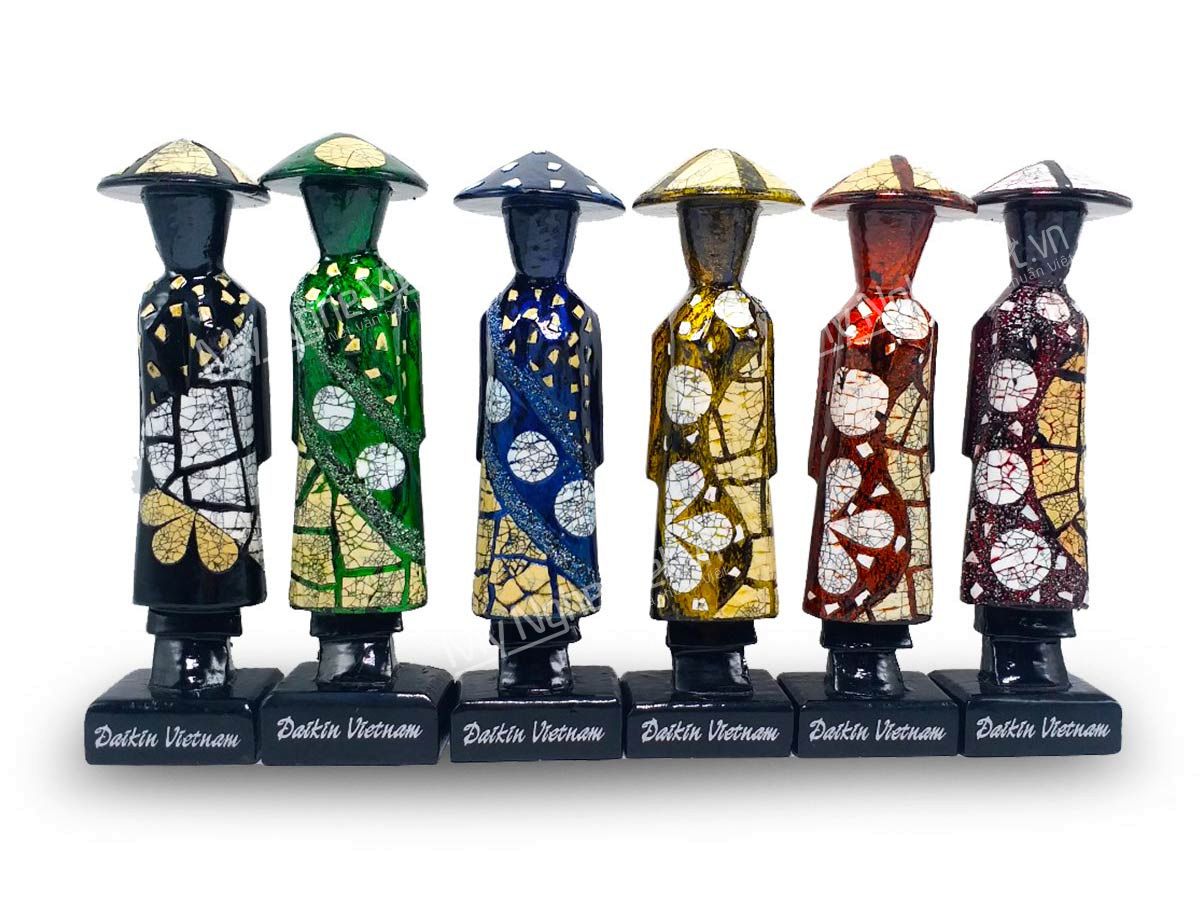
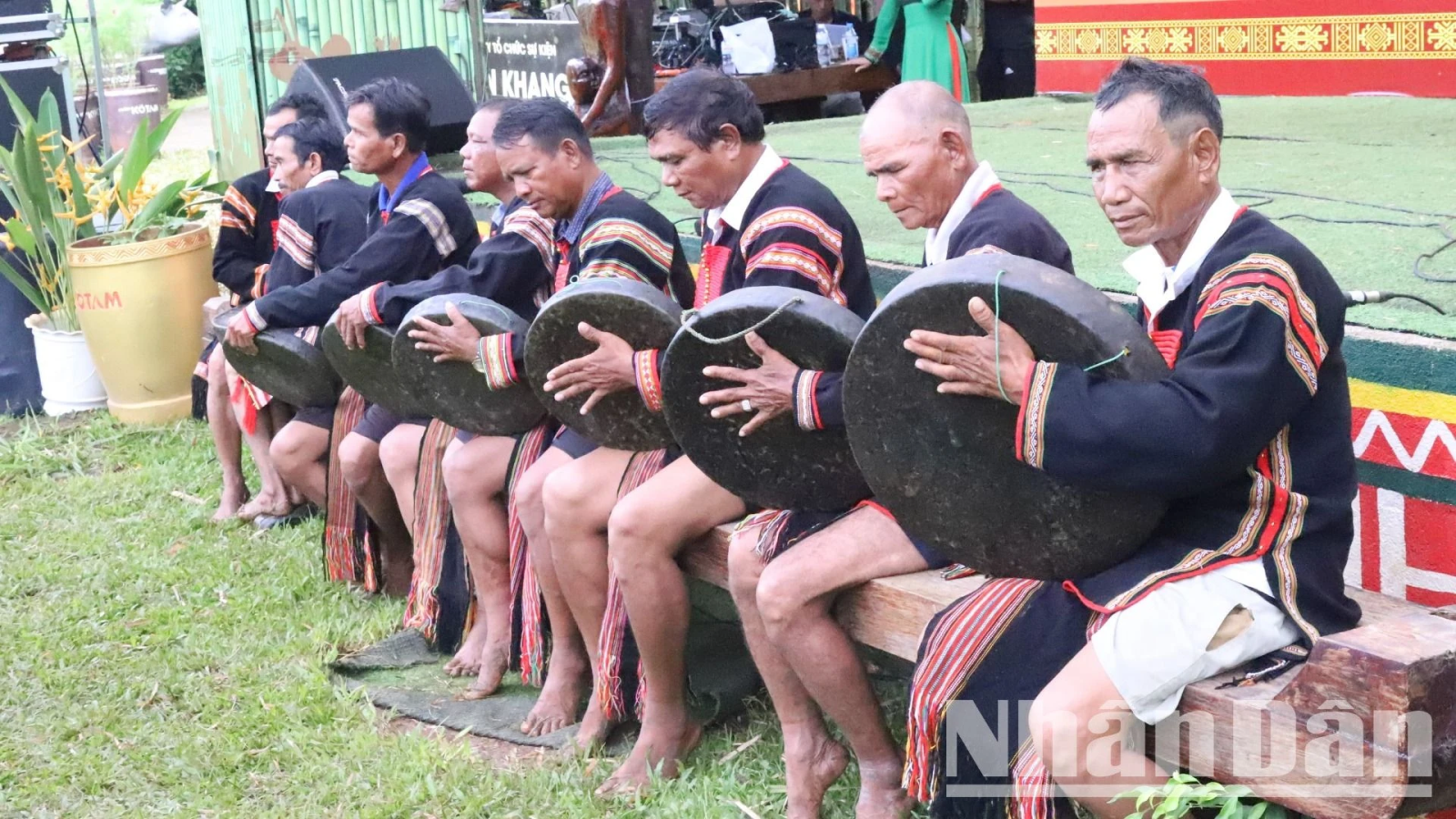
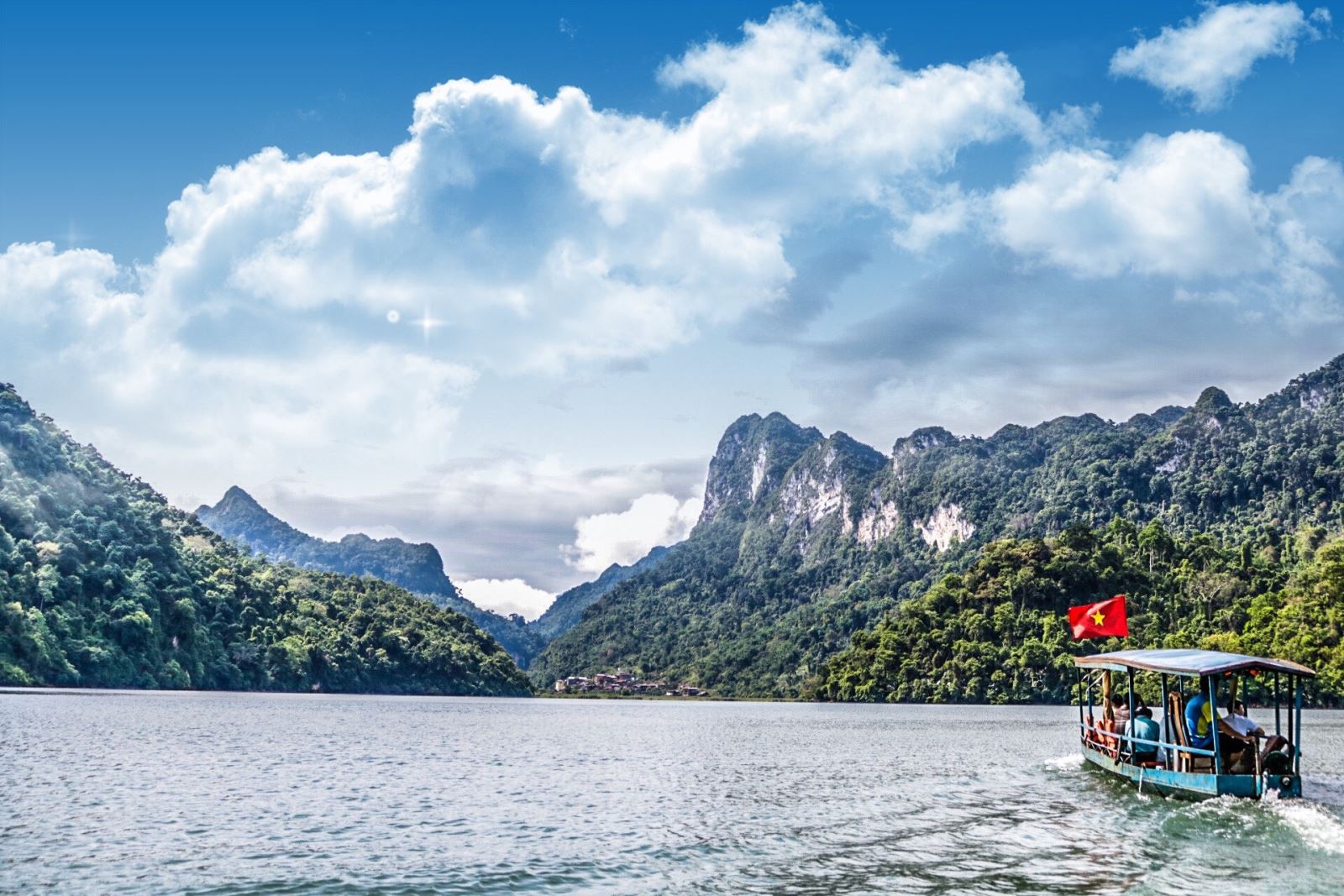
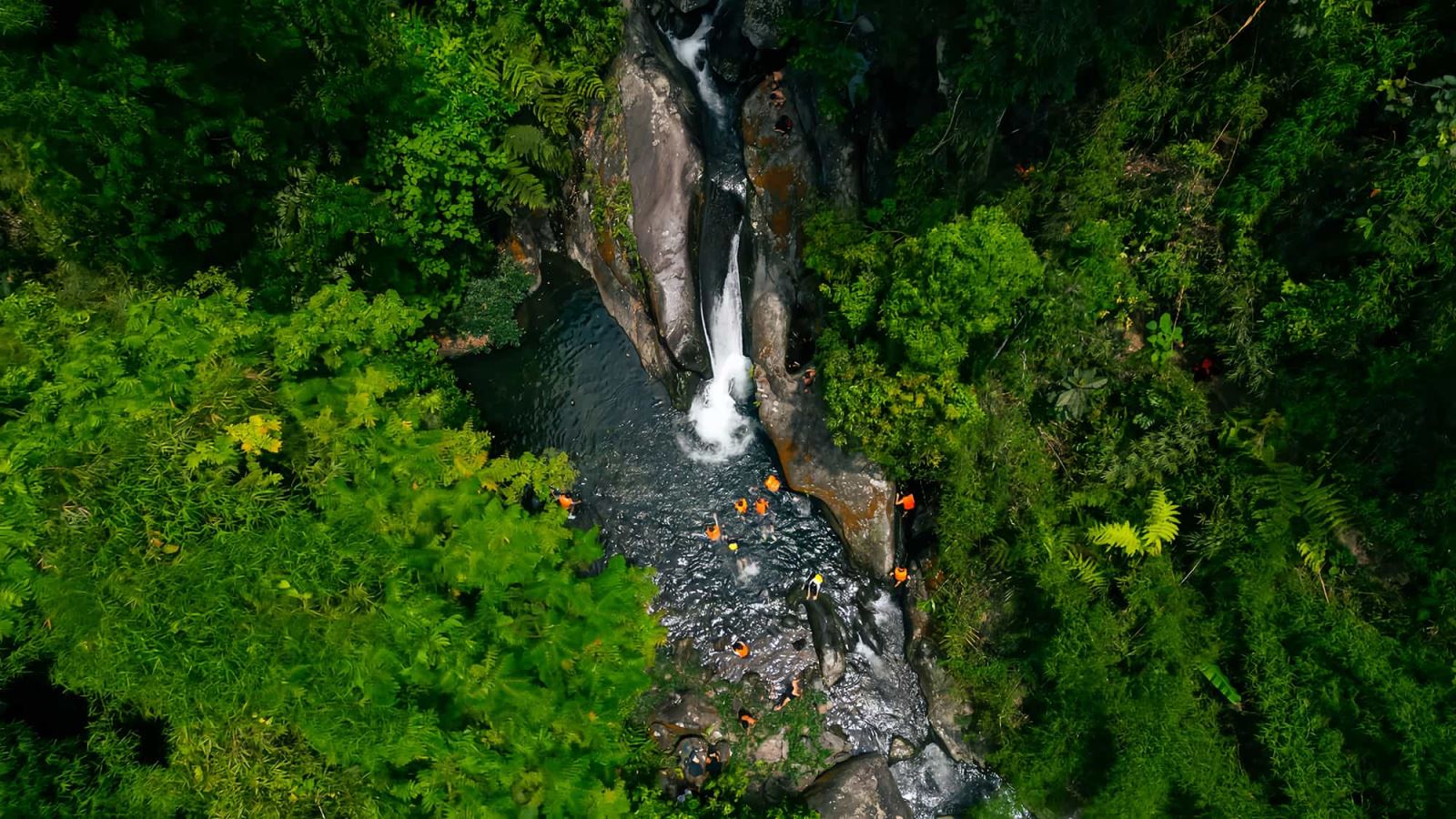
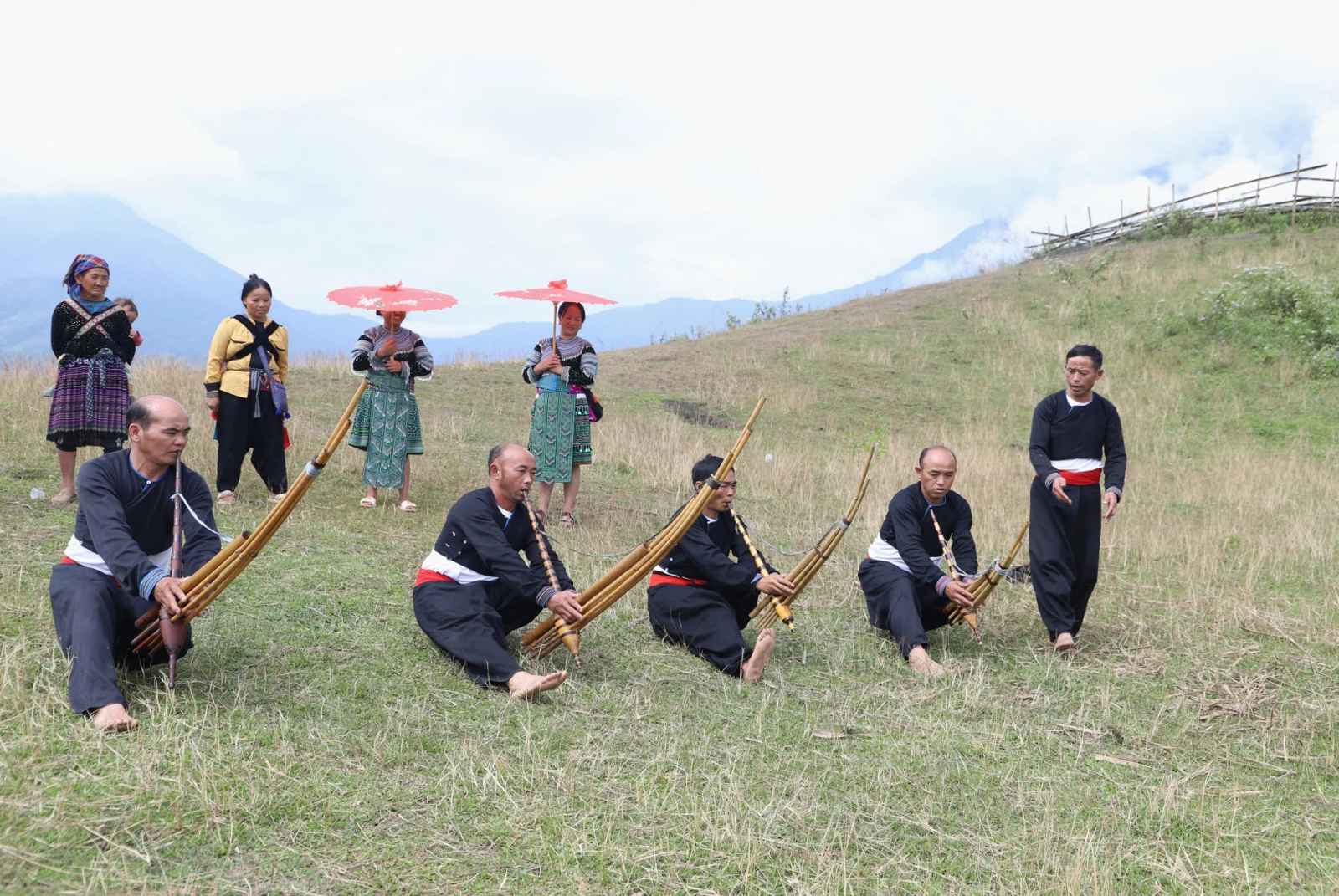
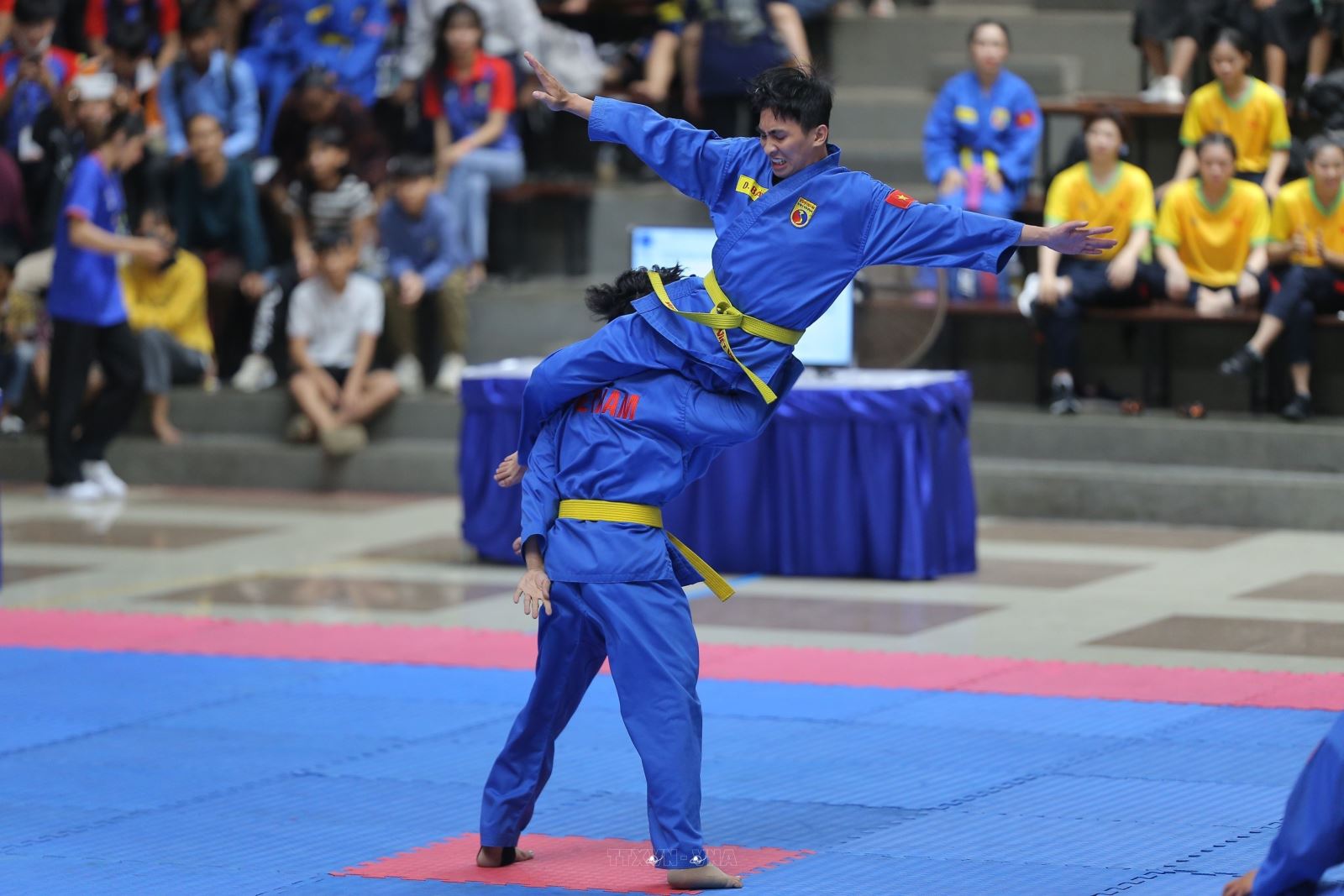
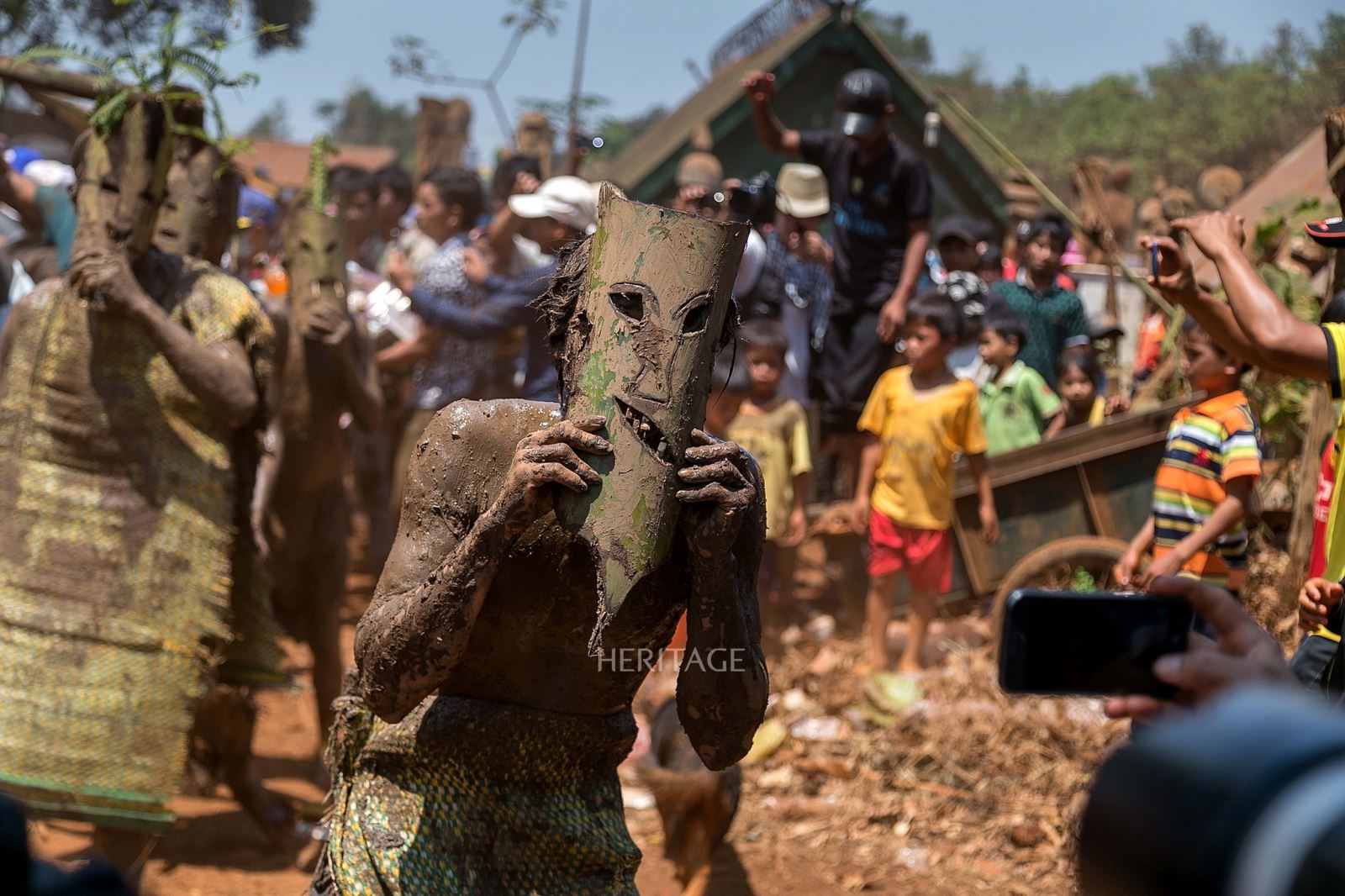

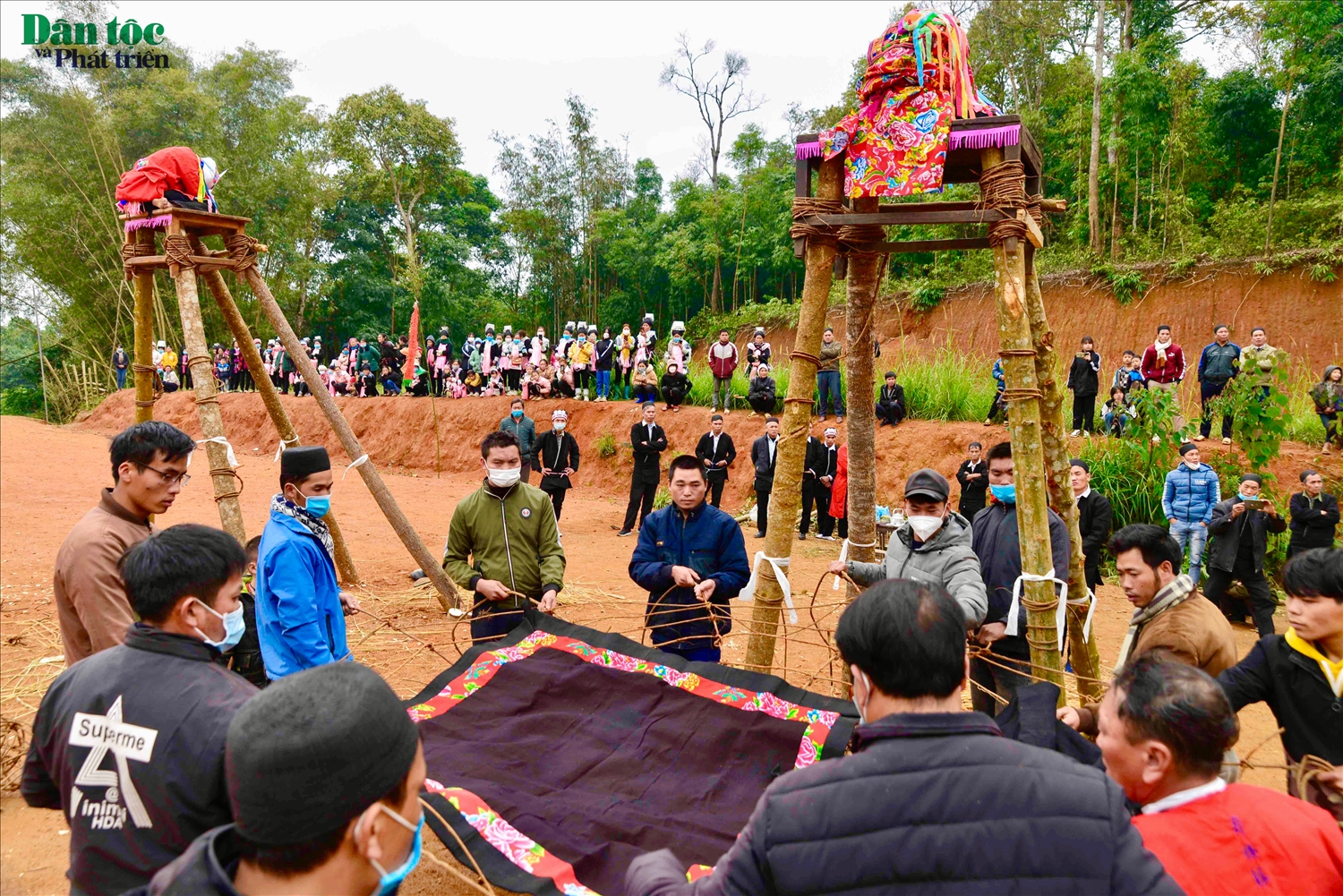
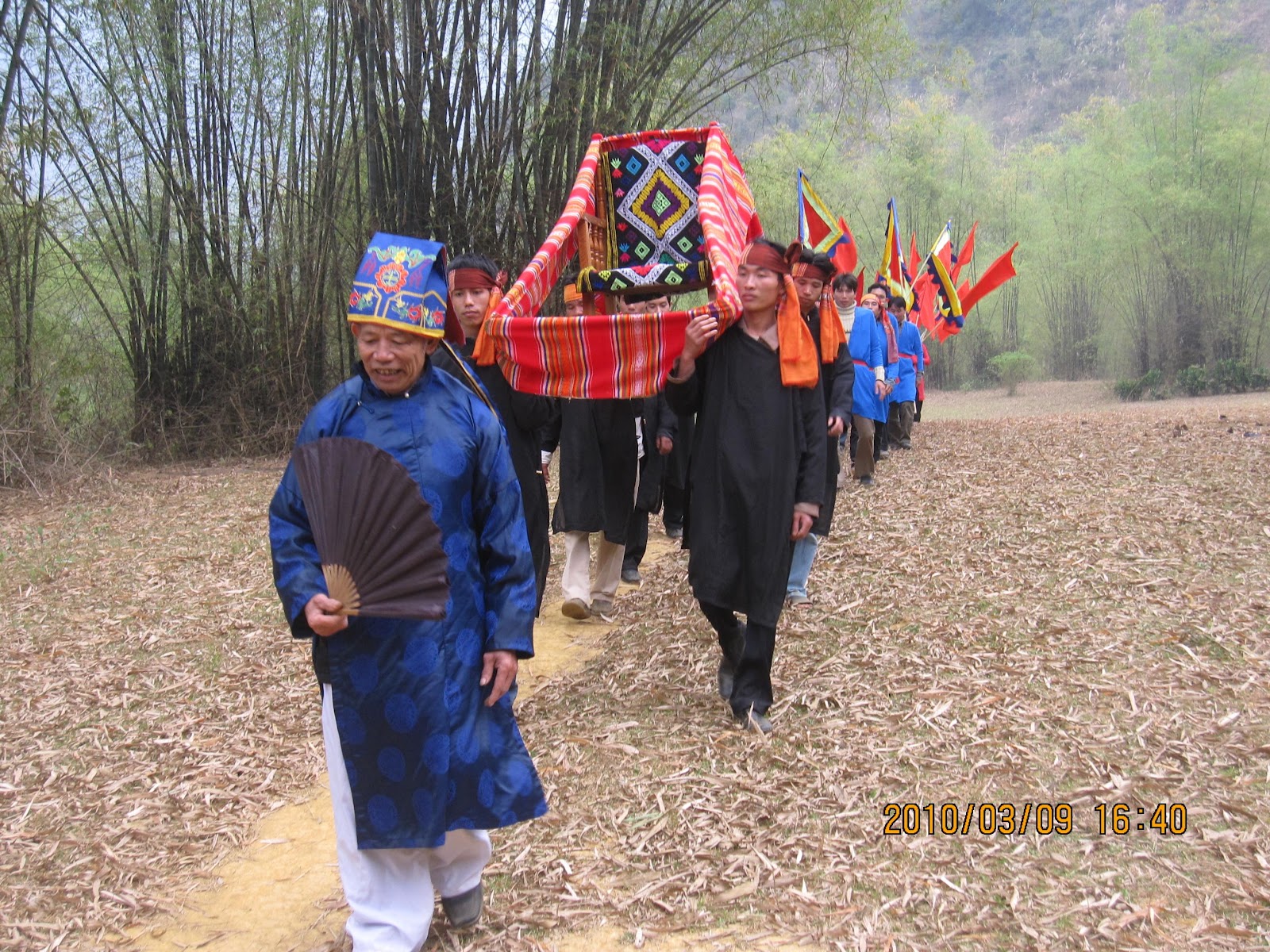
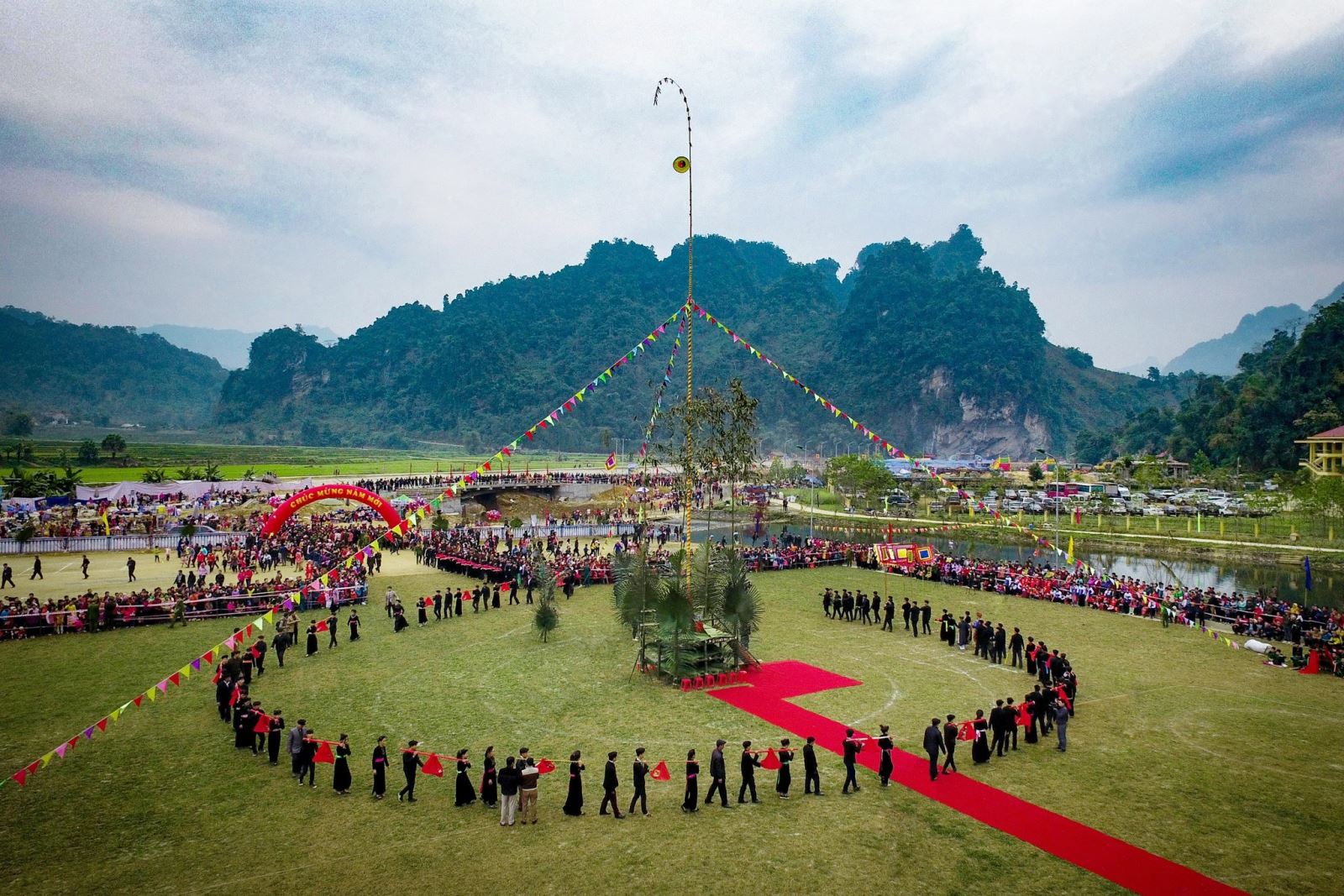
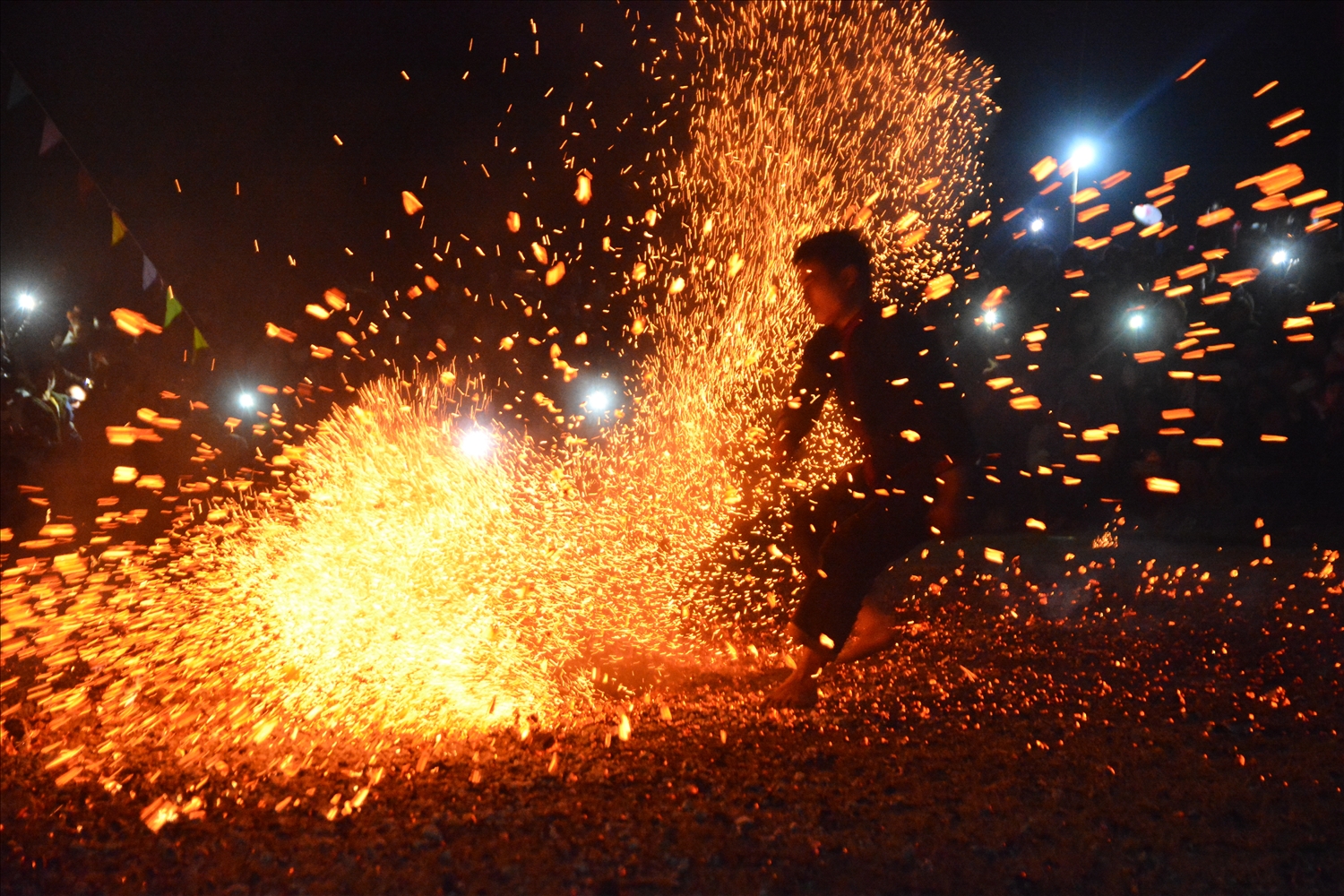
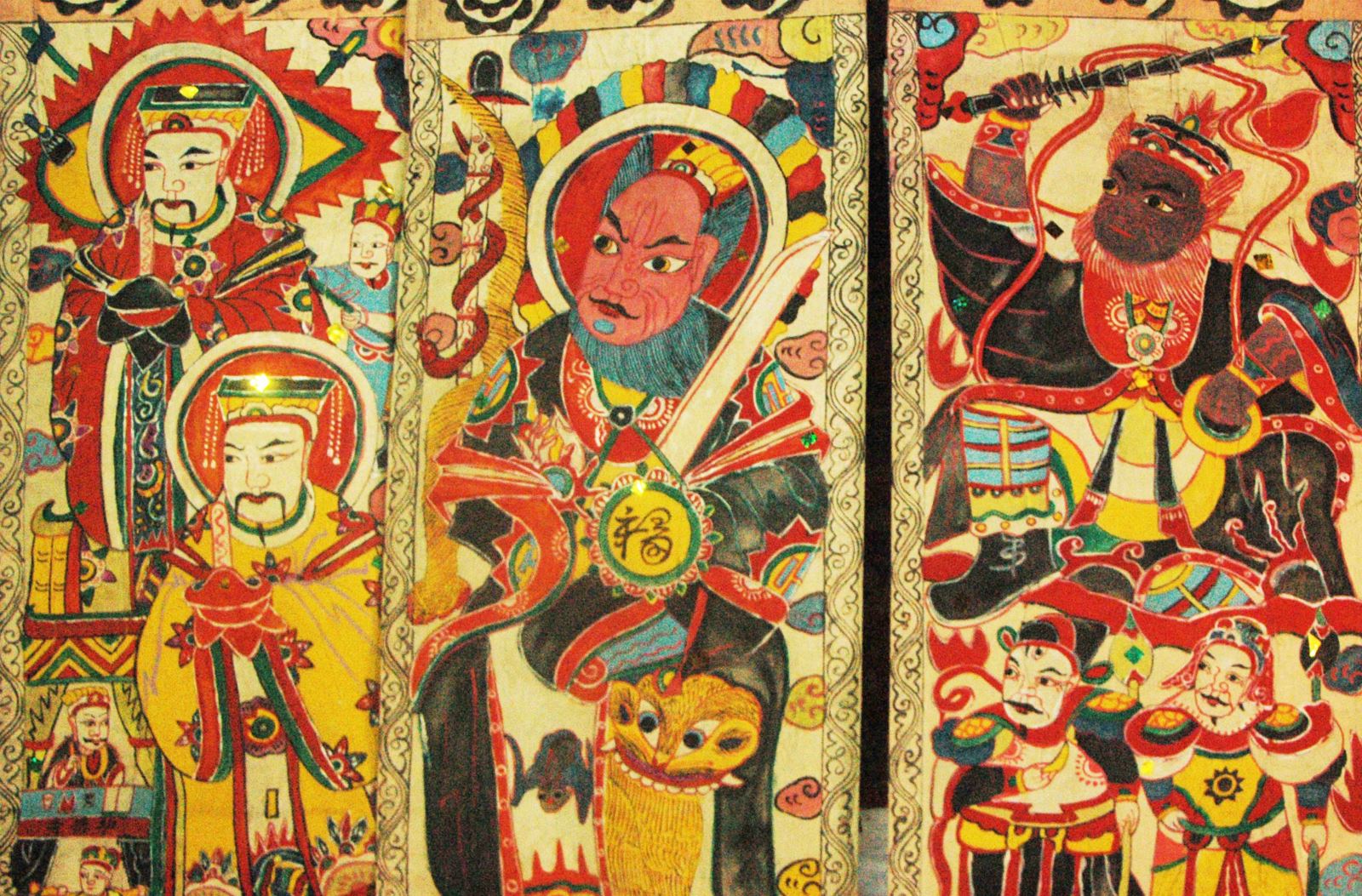
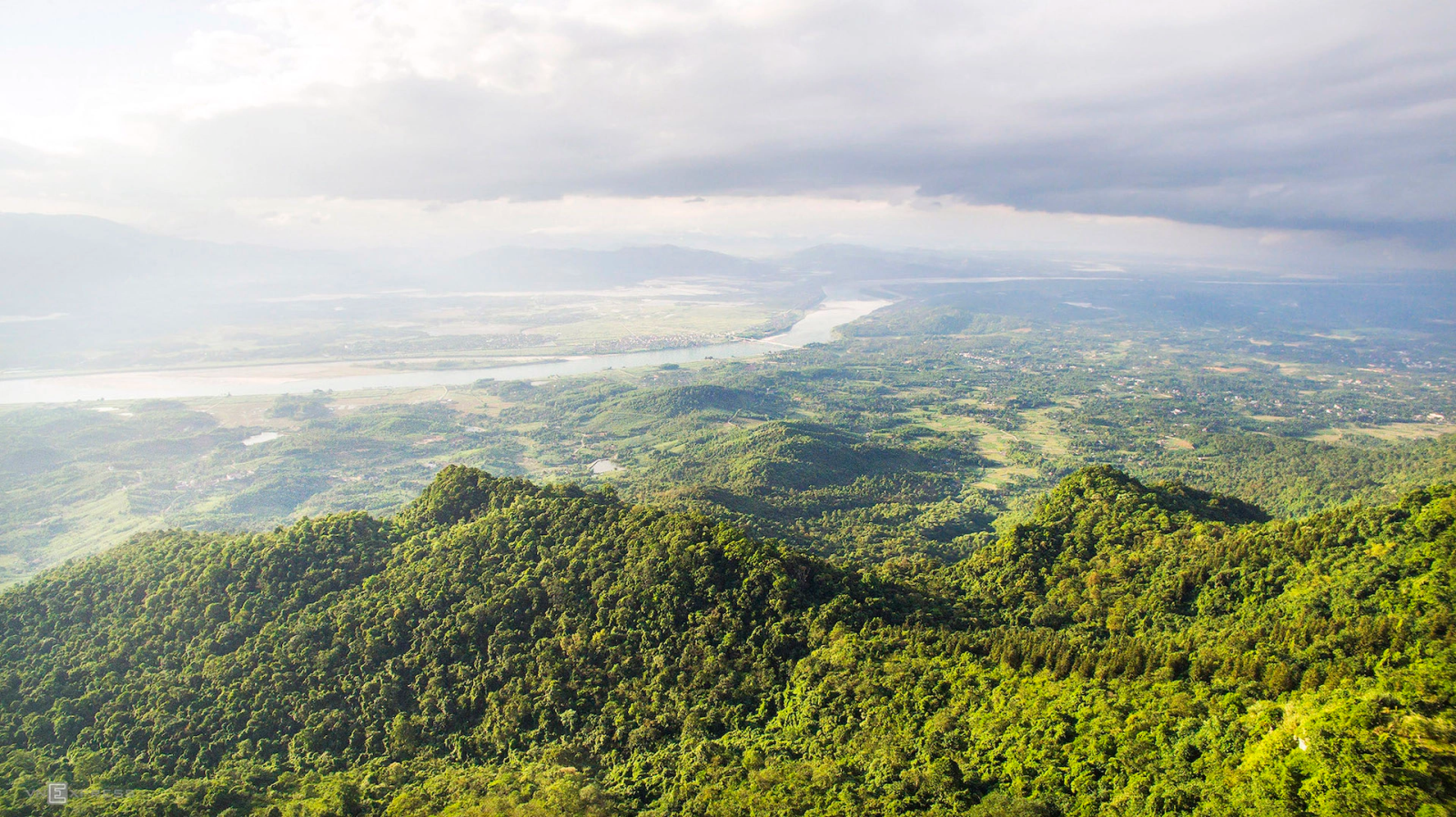
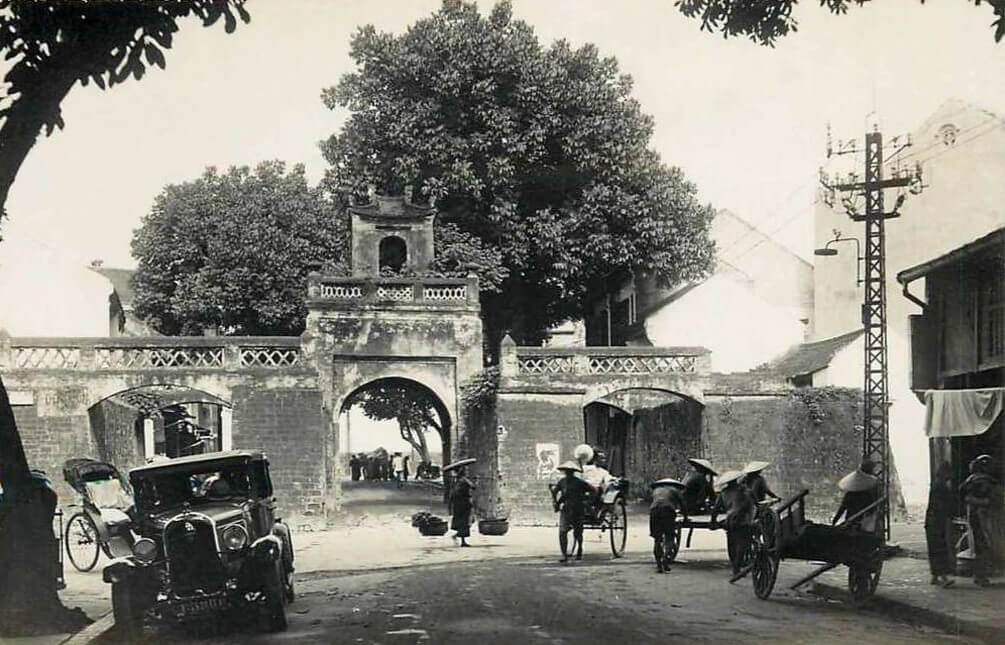
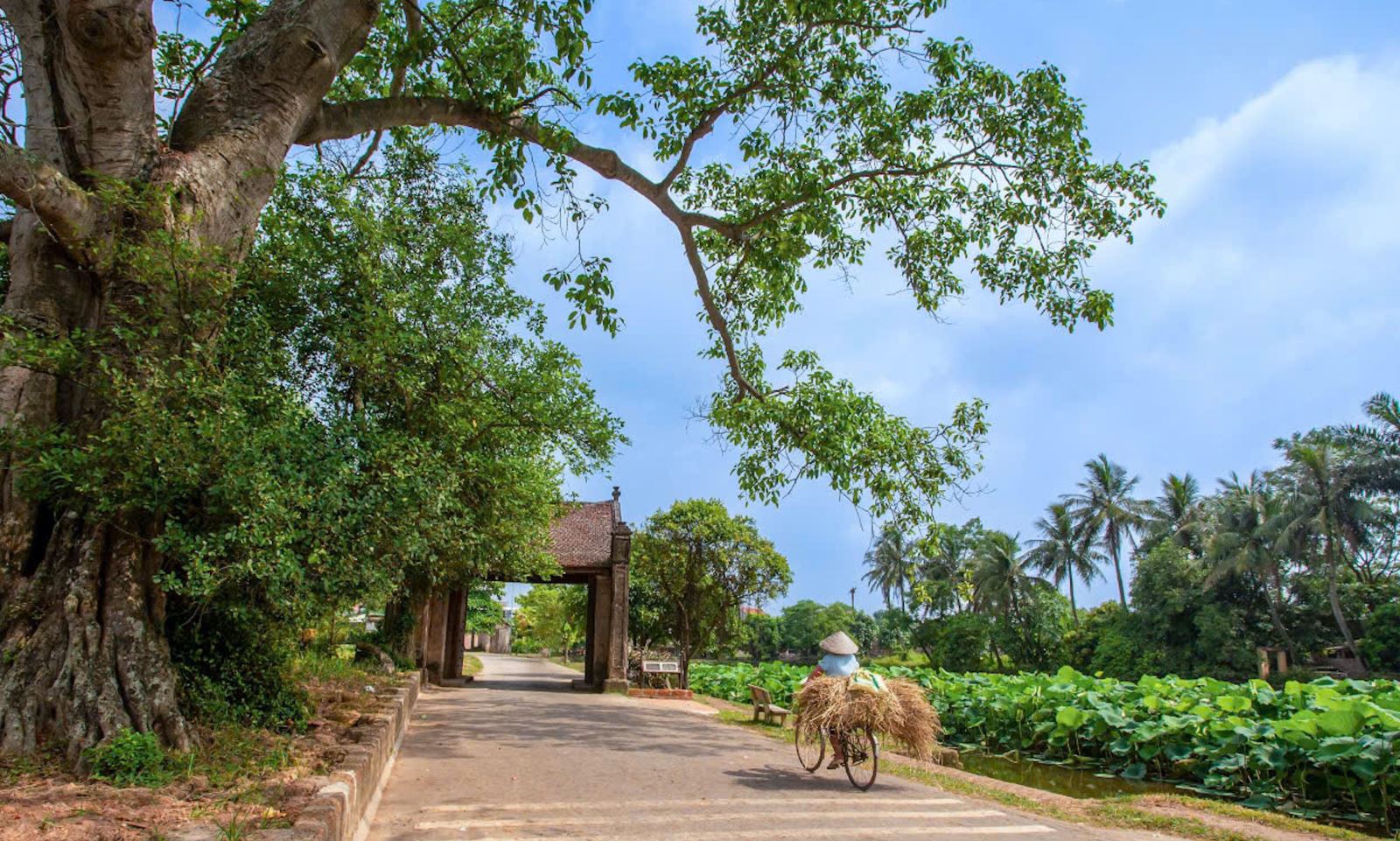
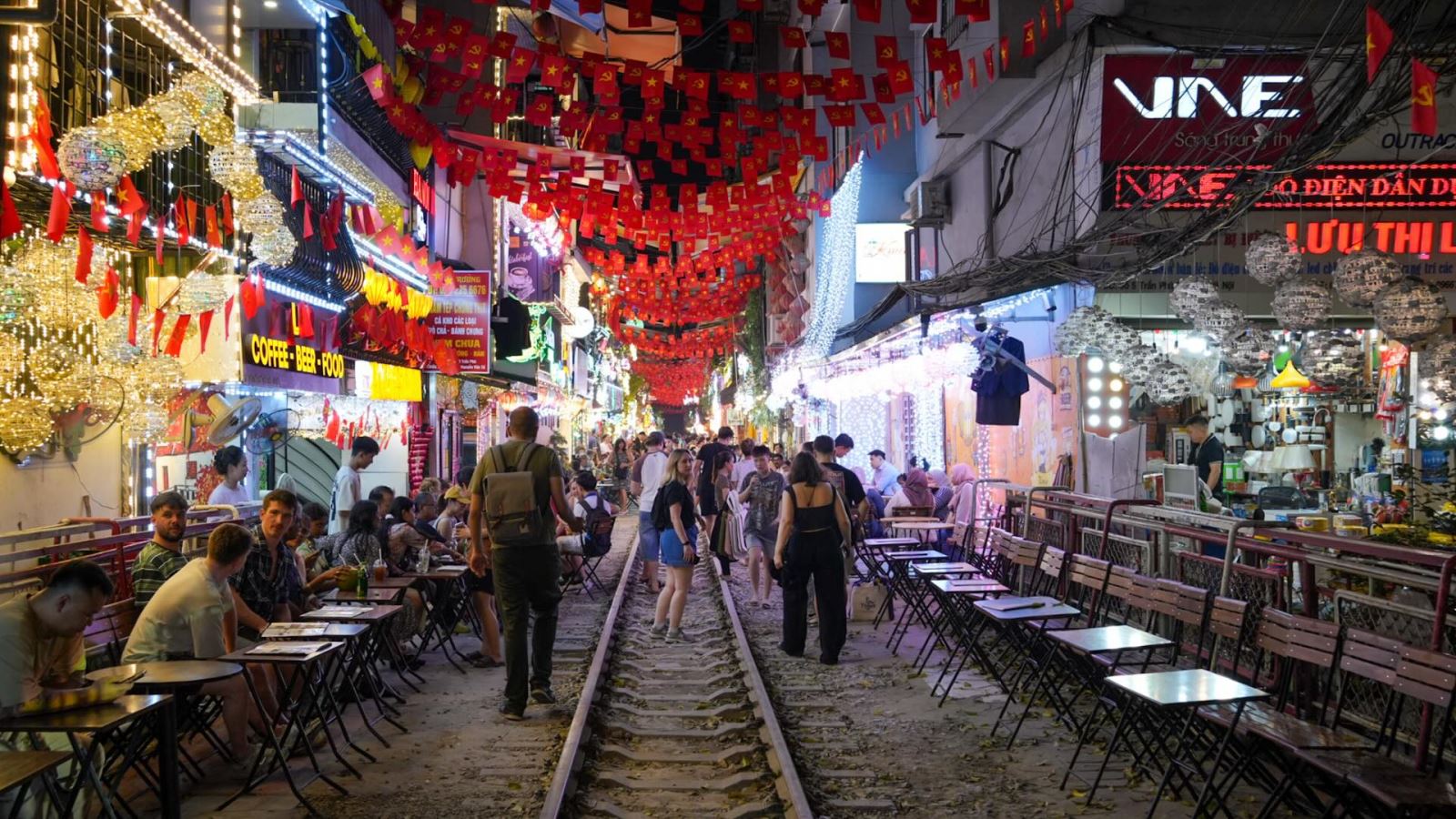
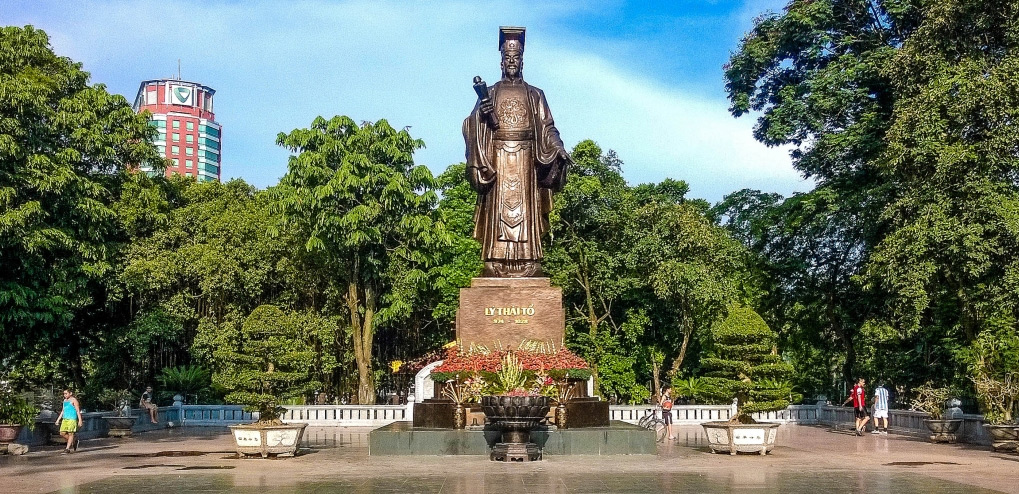
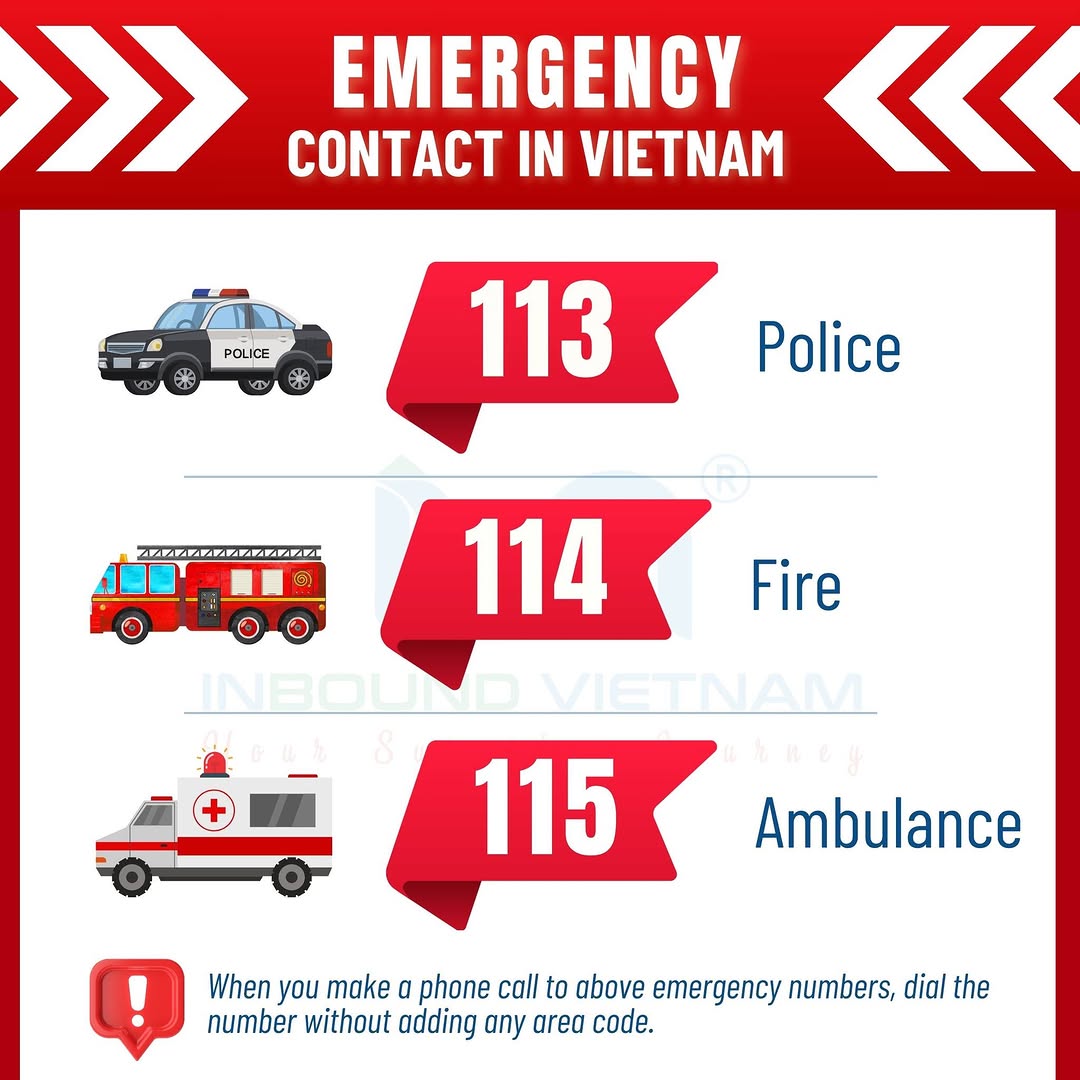
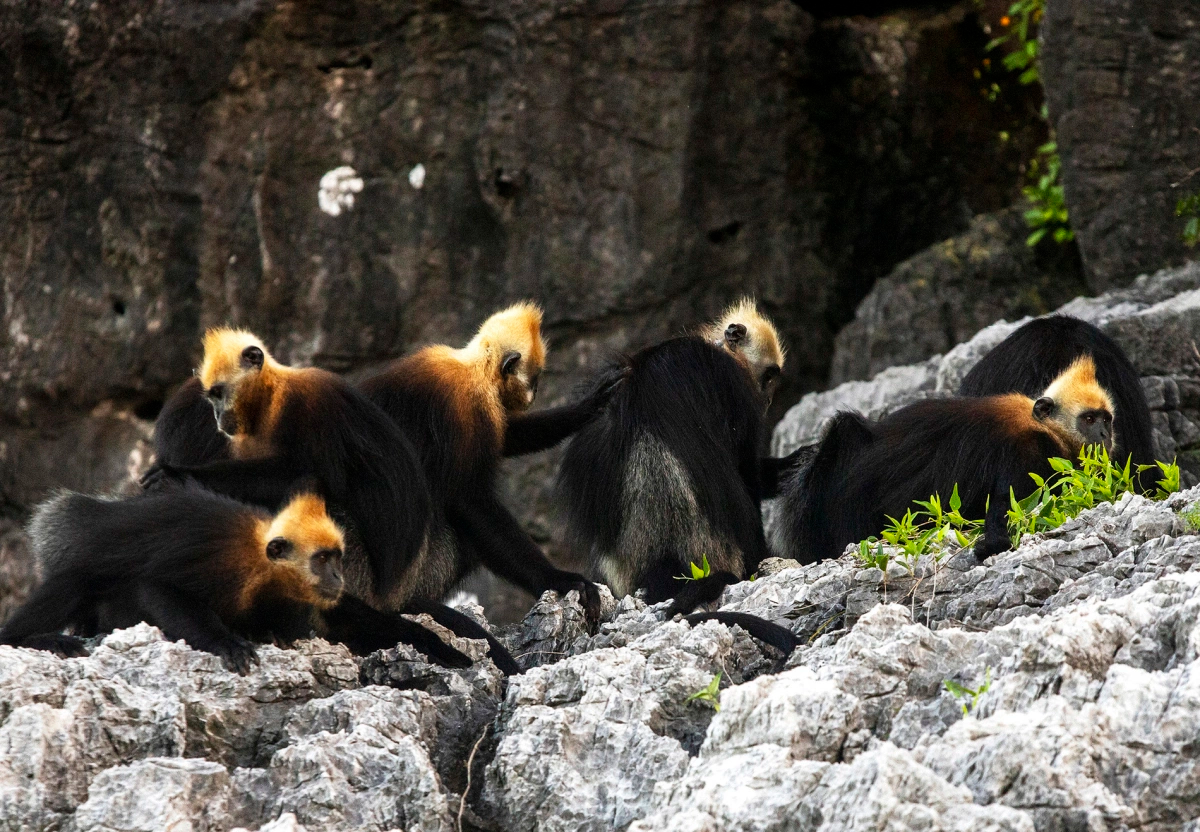
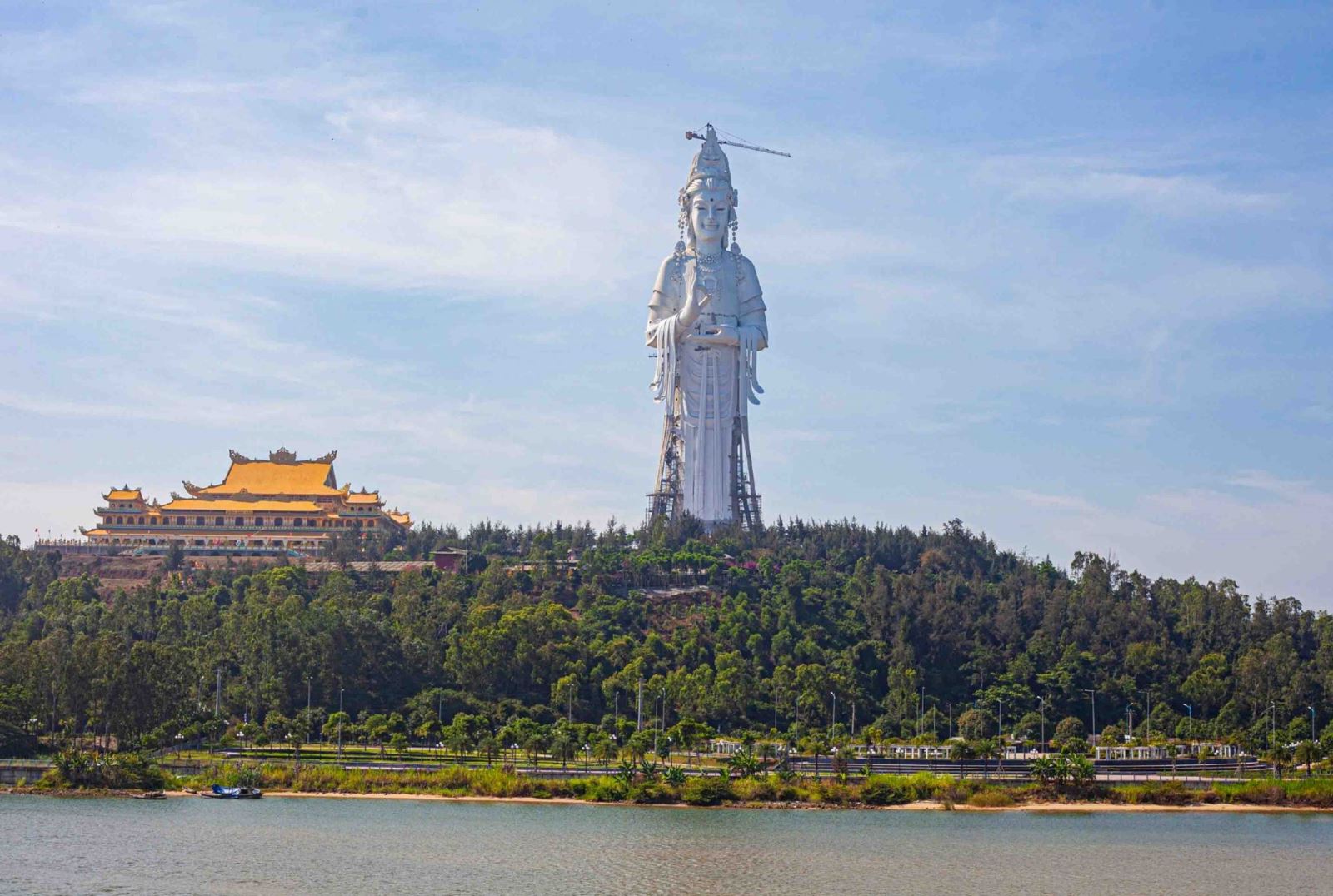
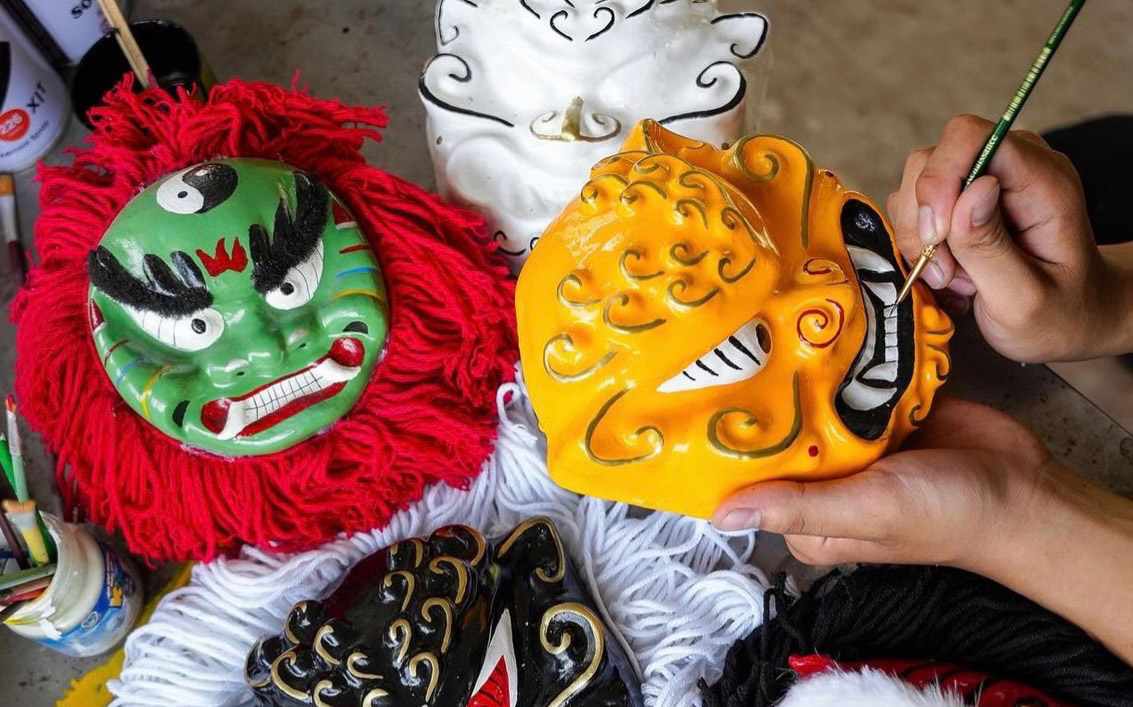
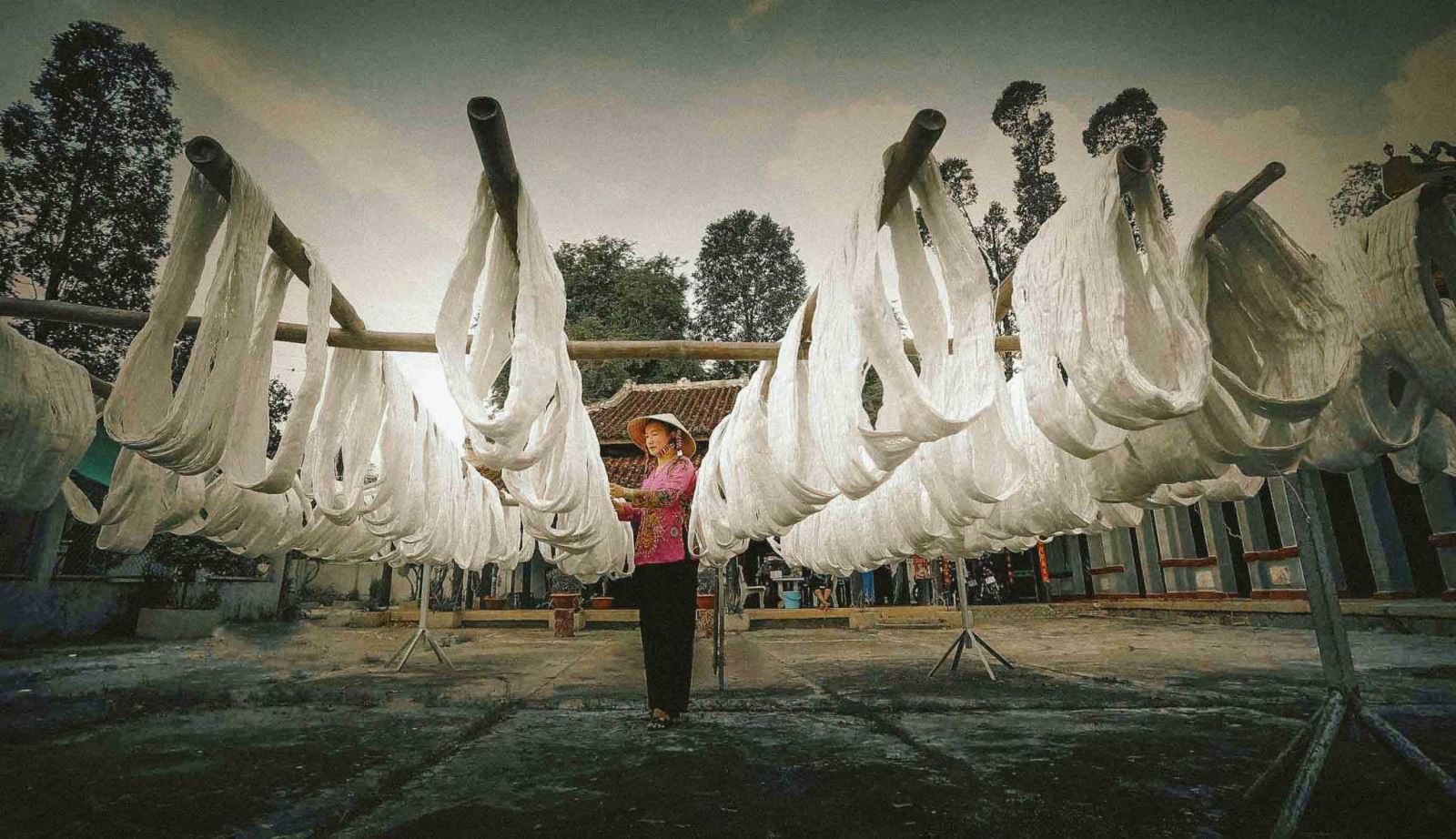
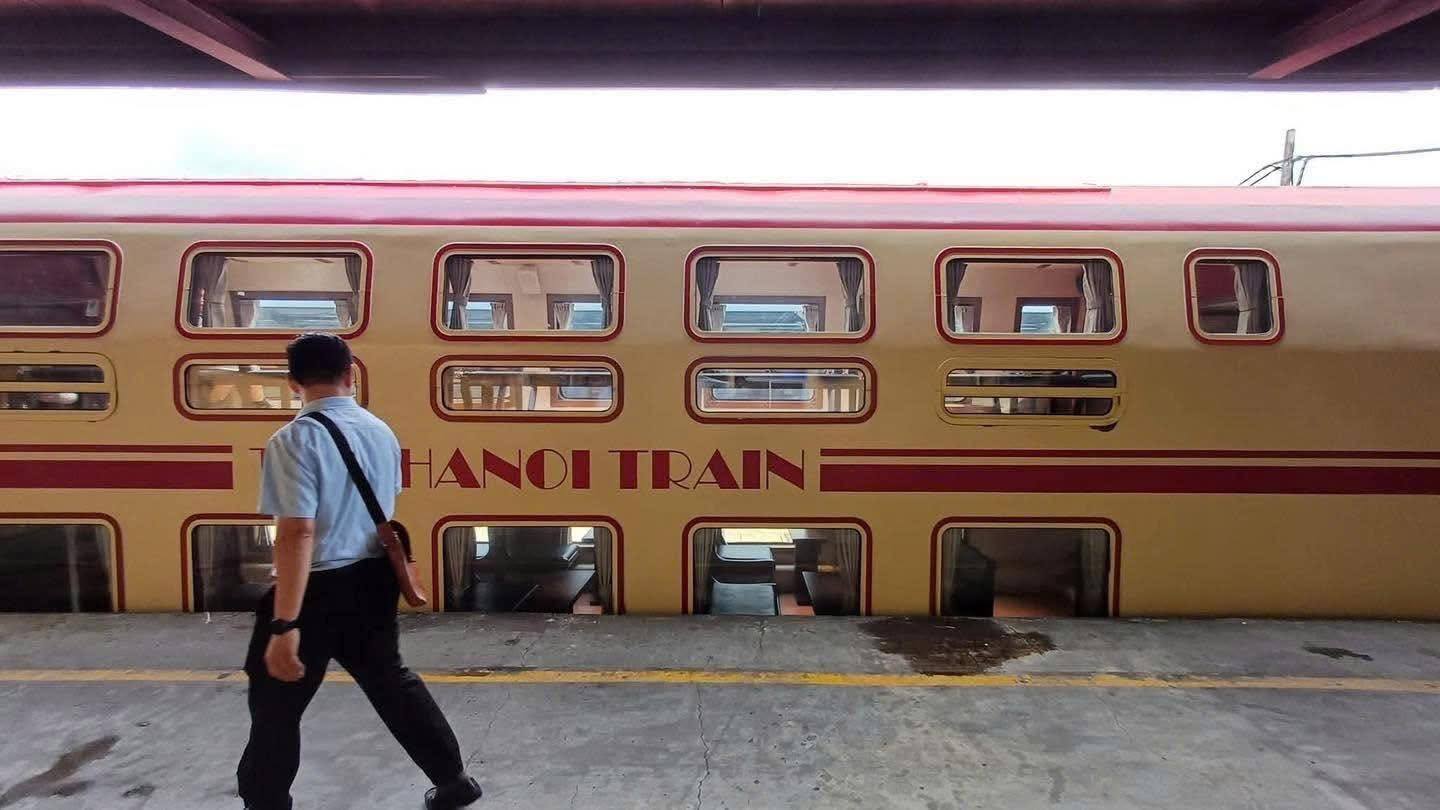
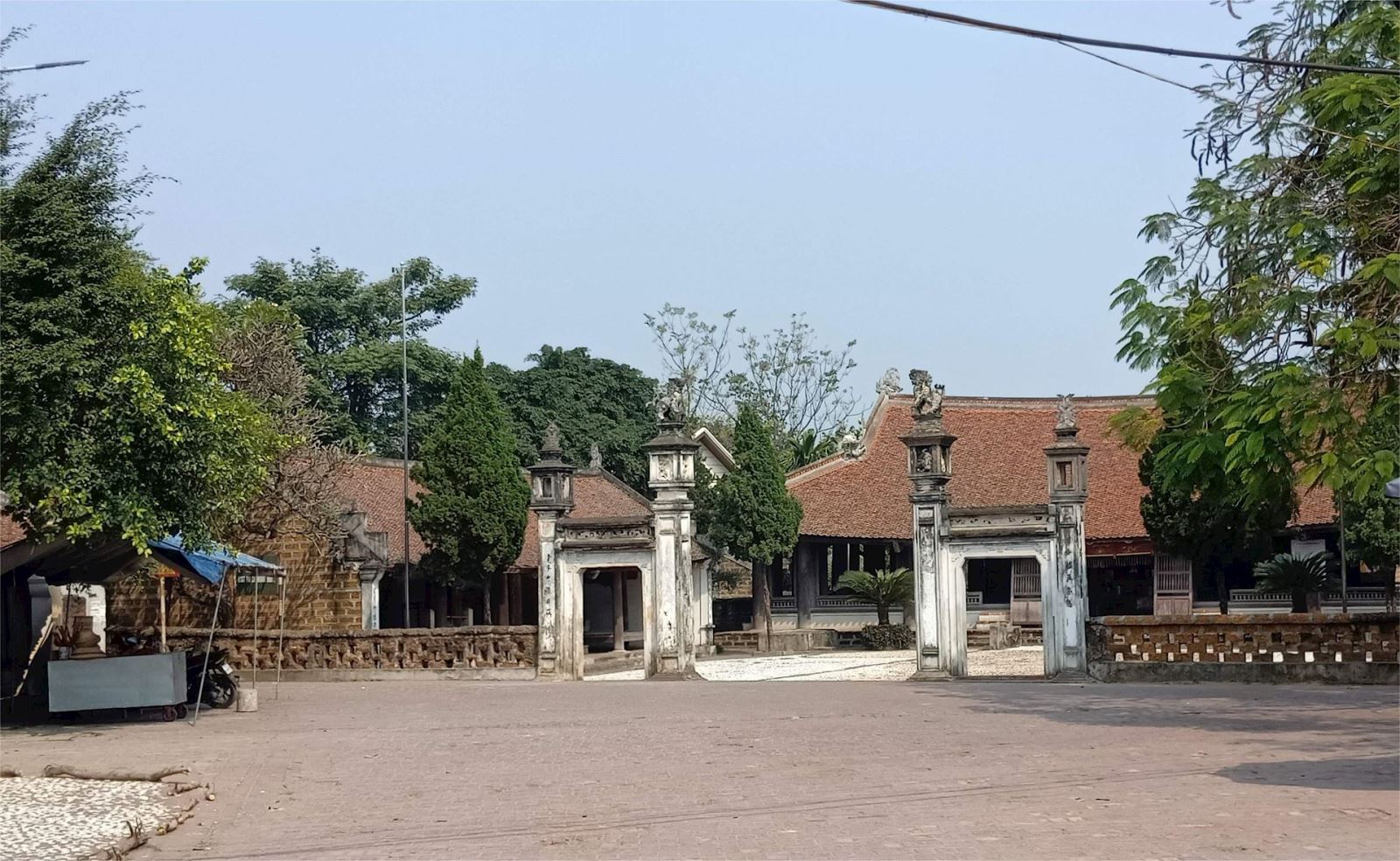
.png)